When you buy through our links, we may earn a commission. Products or services may be offered by an affiliated entity. Learn more.
The Best Mattress of 2025
Data-Backed Reviews for Better Sleep
Our Top Pick: Helix Midnight Luxe
Through all our hands-on testing, we found the Helix Midnight Luxe to be the best mattress of 2025. Its balanced support and solid build had the most members of our team sleeping comfortably and feeling confident it would hold up for years.
We’re always testing the best new mattresses from trusted brands, so stay tuned as we continue to update this page going into 2026.
Our Top Picks
-
Best Mattress Overall
:Helix Midnight Luxe
Shop Now
-
Most Comfortable Mattress
:WinkBed
Shop Now
-
Best Value Mattress
:DreamCloud Classic Hybrid
Shop Now
-
Best Luxury Mattress
:Saatva Classic
Shop Now
-
Best Mattress for Side Sleepers
:Leesa Sapira Chill Hybrid
Shop Now
-
Best Mattress for Back Pain
:Bear Elite Hybrid
Shop Now
-
Best Cooling Mattress
:Brooklyn Bedding Aurora Luxe
Shop Now
-
Best Mattress for Pressure Relief
:Nolah Evolution 15
Shop Now
-
Best Firm Mattress
:Plank Firm Luxe
Shop Now
-
Best Mattress for Combination Sleepers
:Layla Hybrid
Shop Now
-
Best Memory Foam Mattress
:Casper One
Shop Now
-
Best Mattress for Couples
:DLX Premier Hybrid
Shop Now
-
Best Organic Mattress
:Birch Mattress
Shop Now
How We Tested the Best Mattresses
Testing Criteria
Following our comprehensive testing methodology, we determine overall mattress scores based on the following criteria:
- Sleeper Ratings: How comfortable and supportive a mattress feels for people with different sleep positions and body types.
- Motion Isolation: How much vibration a mattress absorbs when someone gets into bed or changes sleep positions.
- Pressure Relief: How well a mattress supports the spine and prevents pressure from building in the shoulders, back, or hips.
- Temperature Control: How cool or hot a mattress sleeps on its surface, and whether its internal materials promote airflow.
- Edge Support: How strong or weak a mattress feels when we lie and sit along its perimeter.
- Ease of Movement: How plush or springy the mattress feels when we move across its surface.
How We Evaluated

Drawing from a database of more than 1,000 individual mattress models, our team selected the best mattresses from a pool of 100 top performers across different testing categories. Parameters we focused on for choosing this list include:
- An overall rating of 8.0 or higher
- Models that earned qualitative approval from our Seattle Test Lab and field testing teams
- Brands with a track record for competitive pricing and reliable customer service
We then conducted a fresh round of hands-on sleeper and performance tests for each mattress. Our team represents a wide range of sleep positions and body types, so our experiences with the mattresses are inclusive of side, back, stomach, and combination sleepers in different weight groups. Feedback from in-home field testers also helped us narrow down our list of best mattresses to 25 top contenders.
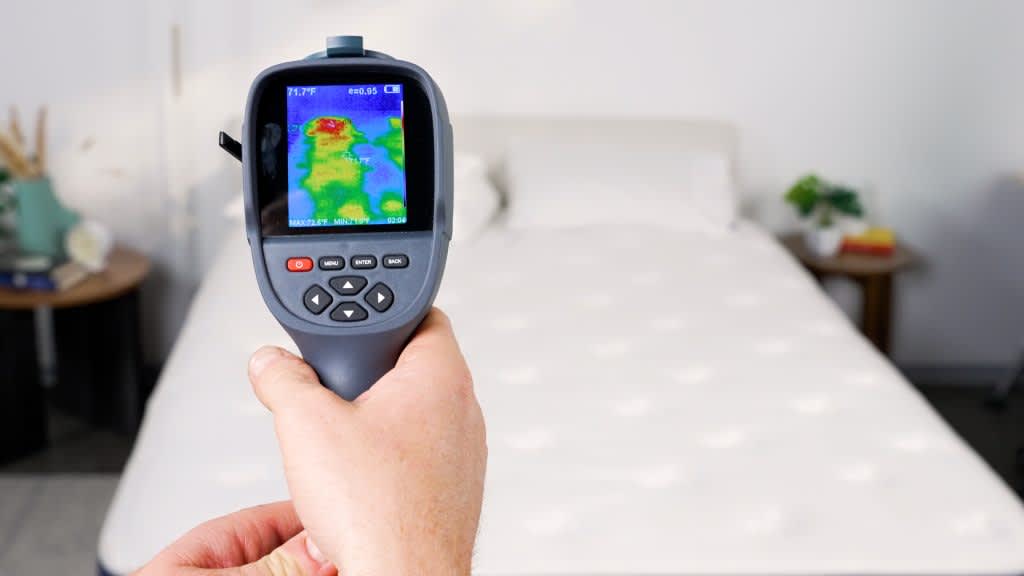
The best mattresses listed on this page represent the final ratings at the end of our most recent tests. We’ve assigned each mattress a unique accolade based on standout qualities and strengths we observed during these evaluations.
Best Mattress Overall
9.7 /10 Test Lab Score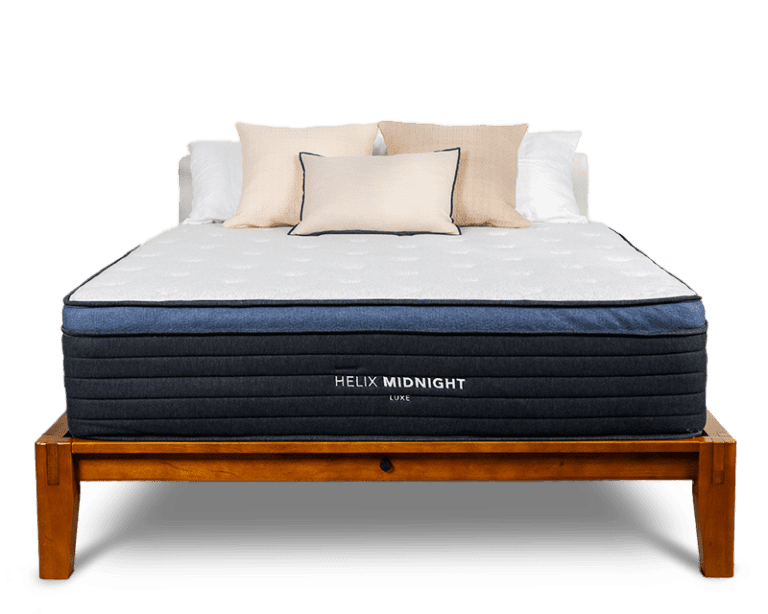
Helix Midnight Luxe
A premium quality, hybrid mattress created with side sleepers in mind.
Key Details
- Who It’s Best For: The Helix Midnight Luxe tested best with side and back sleepers weighing up to 230 pounds, but Helix has an entire line of mattresses suited for different sleepers, and provides a quiz to help you decide. Good motion isolation also limits night time disturbances for couples.
- Feel: This bed has a medium firm (6/10) feel with cushioning memory foam on the surface. It conforms closely to your body and provides a bit of a hugging sensation.
- What It’s Made Of: The Helix Midnight Luxe is a hybrid mattress, with memory foam and polyfoam comfort layers and coils in the support core.
- What We Don’t Like: We have found this bed is harder to move around on due to to the contouring memory foam. That could be an issue for someone who has mobility problems.
- Why Choose the Helix Midnight Luxe: The Midnight Luxe is an incredibly well-rounded mattress that tested well in almost every category. If you’re not sure what to buy but want a quality bed that’s customized to your sleeping position and weight, go with Helix.
Scoring & Reviews
The following ratings show how suitable this mattress is for different sleeping positions and sleeper weights. These scores are determined by how well the mattress supports and relieves pressure for each sleeper type.
In addition to the hands-on feedback from our team, we conduct a number of quantitative tests in our Test Lab. The below ratings are based on the experience of our testers.
SELECT AN ICON TO VIEW DETAILS:
Motion Isolation
As a medium firm mattress with thick foam comfort layers, it’s no surprise that the Midnight Luxe tested very well for motion isolation. Our testers could barely feel any movement across the surface of the mattress when fellow testers rolled around on it.
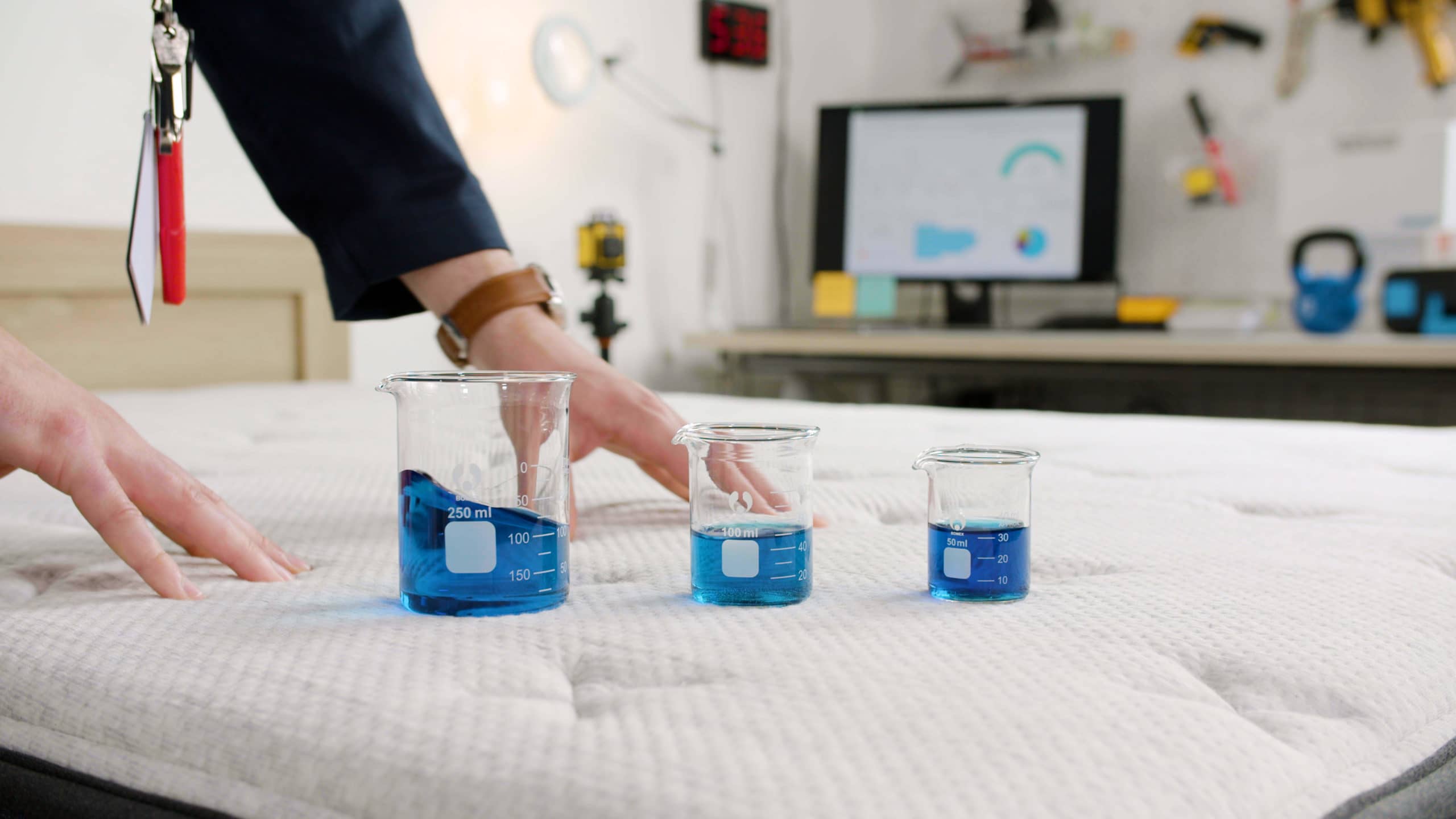
Pressure Relief
All of the Helix Luxe models have thick foam comfort layers and conform fairly close to the body. Consequently, they’ve all performed well in our pressure mapping tests, with notably less pressure in the hips and shoulders than many hybrids. With it’s 6 out of 10 firmness, The Midnight Luxe in particular performs average among other Helix Luxe beds.
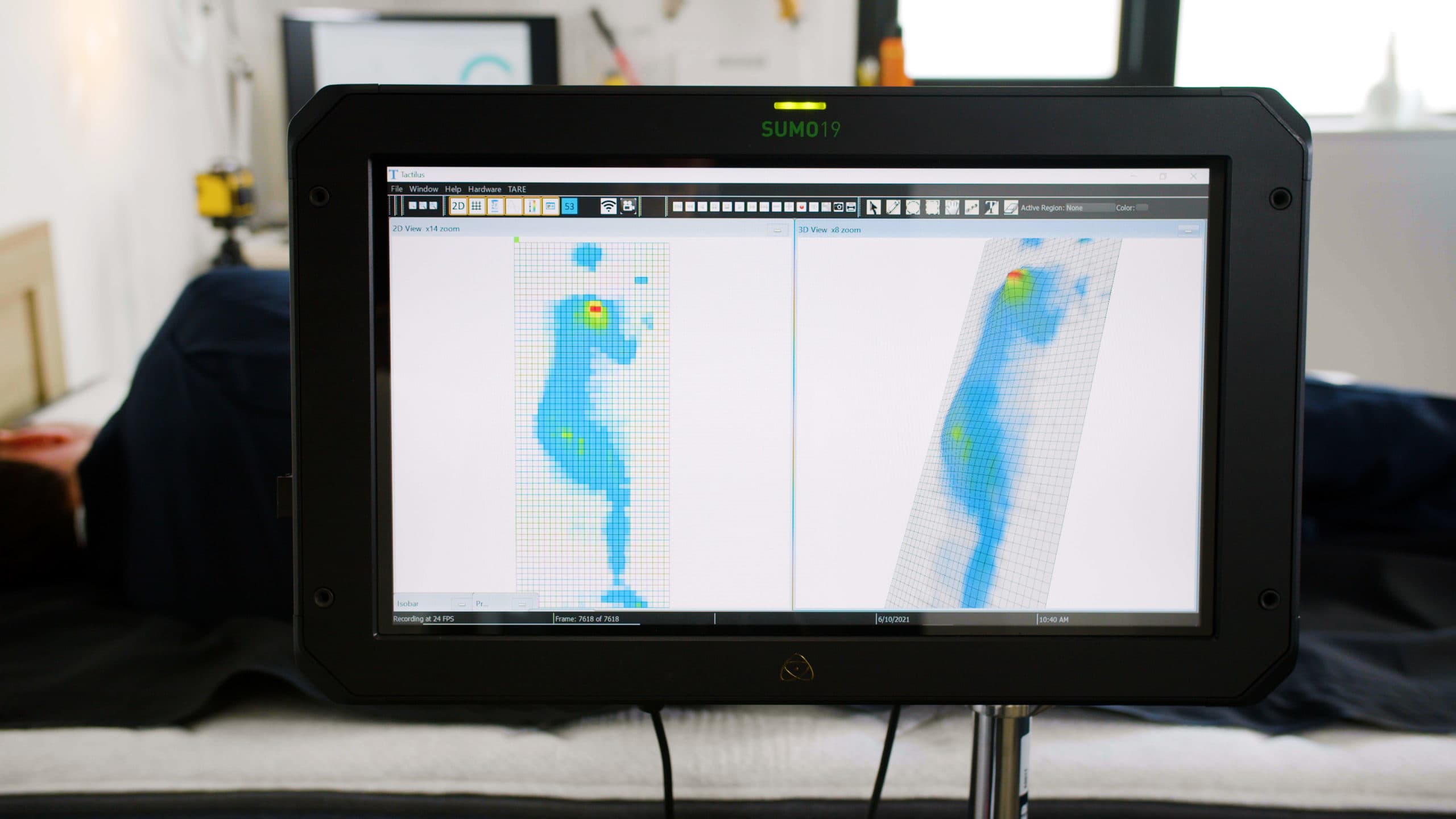
Temperature Control
The Helix mattresses perform about average for hybrids when it comes to sleeping cool. Memory foam is well-known for its tendency to sleep hot, as it often traps and retains heat through the night, but the coil cores of these beds promote airflow to help balance out heat retention.
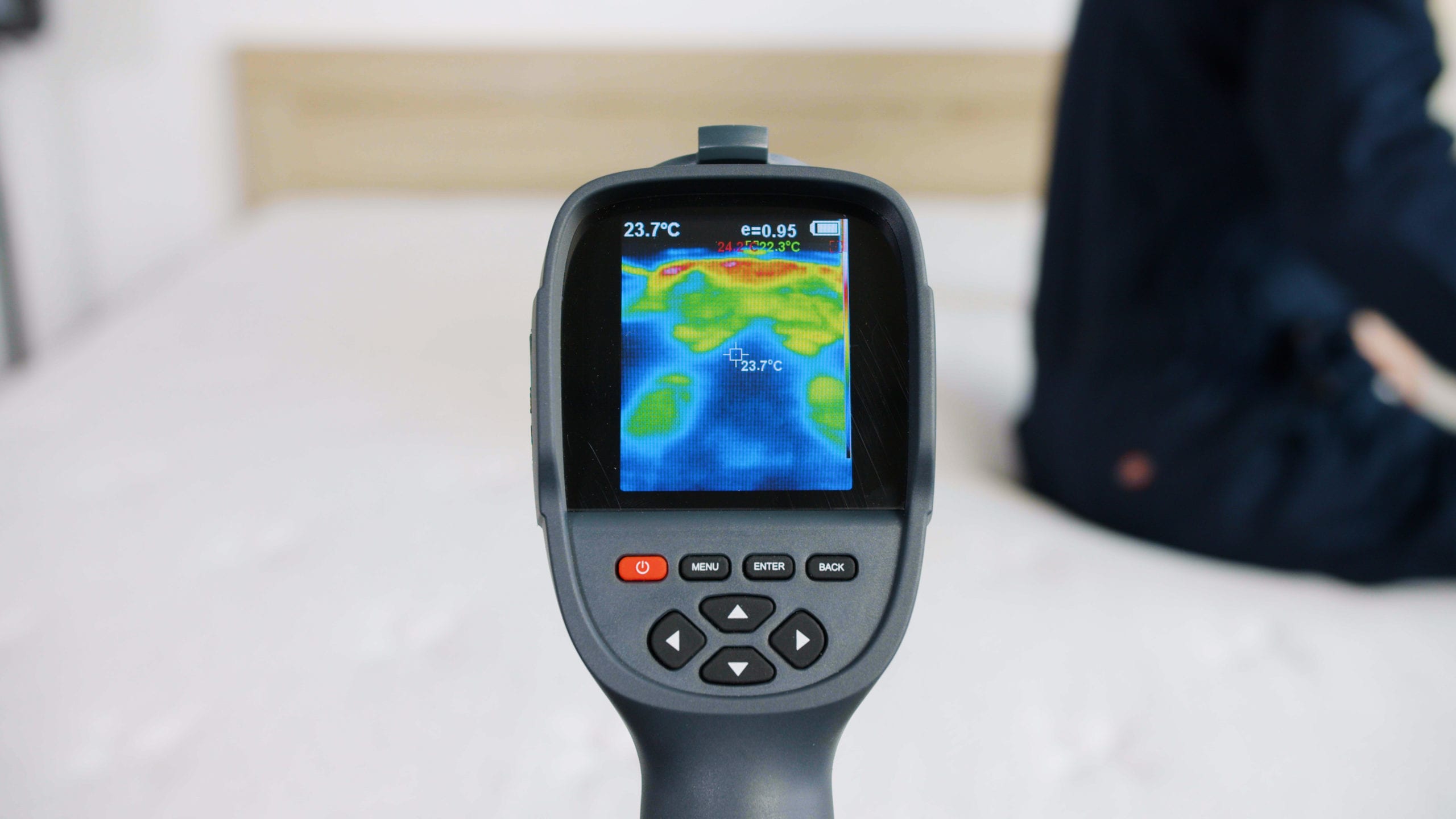
Edge Support
All Helix mattresses feature a reinforced perimeter, meaning the coils on the edges are thicker than the coils in the middle of the bed. When putting this to the test, we found significantly less sinkage on the edge than the middle while applying weight.
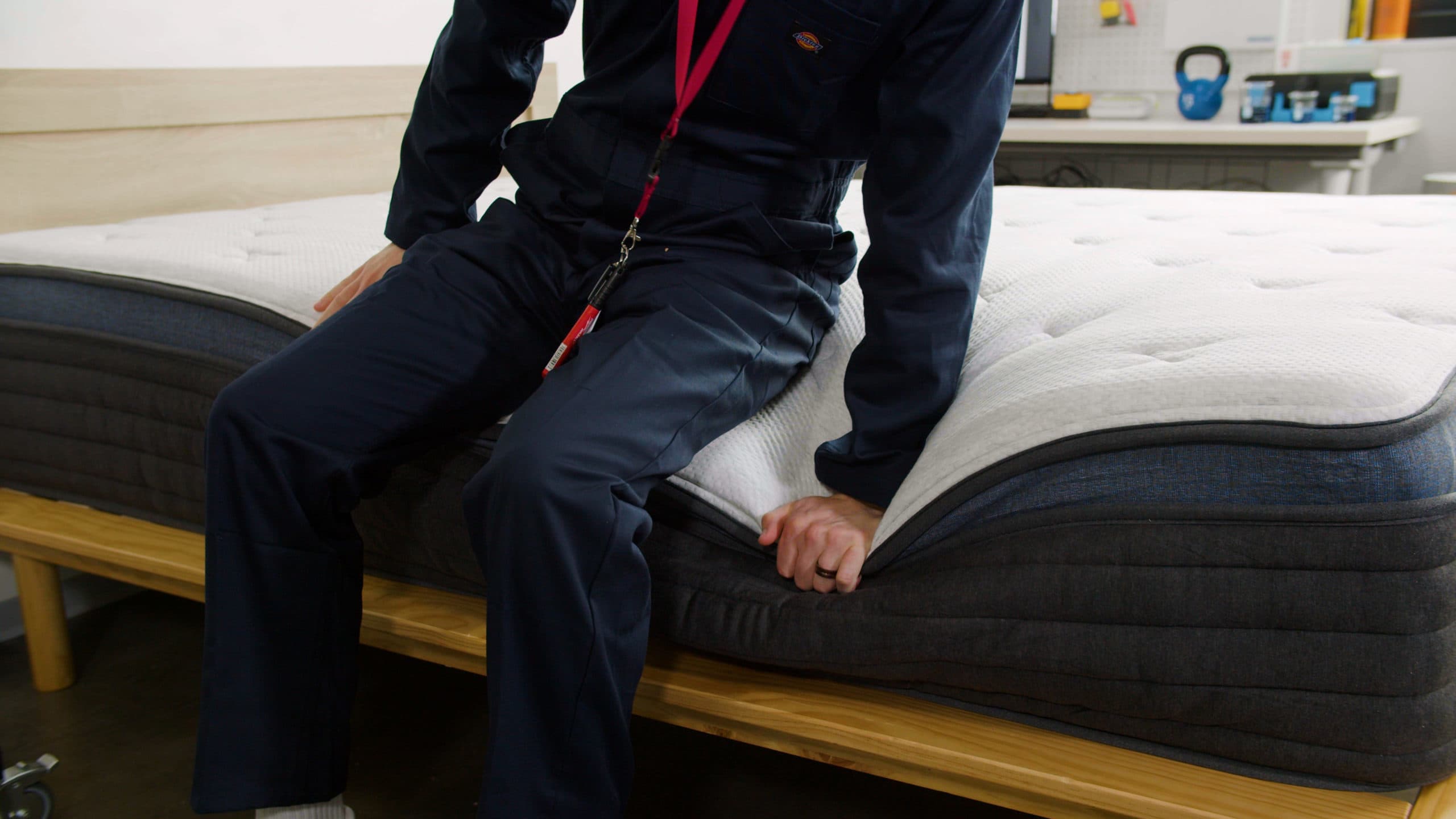
Ease of Movement
Helix Luxe mattresses tend to be somewhat responsive and bouncy, and all tested pretty well for ease of movement. The Midnight Luxe in particular had a middle-of-the-road performance in our tests, as the medium firm surface conforms a bit to the body, but doesn’t fully provide that ‘stuck’ feeling and inhibit motion.
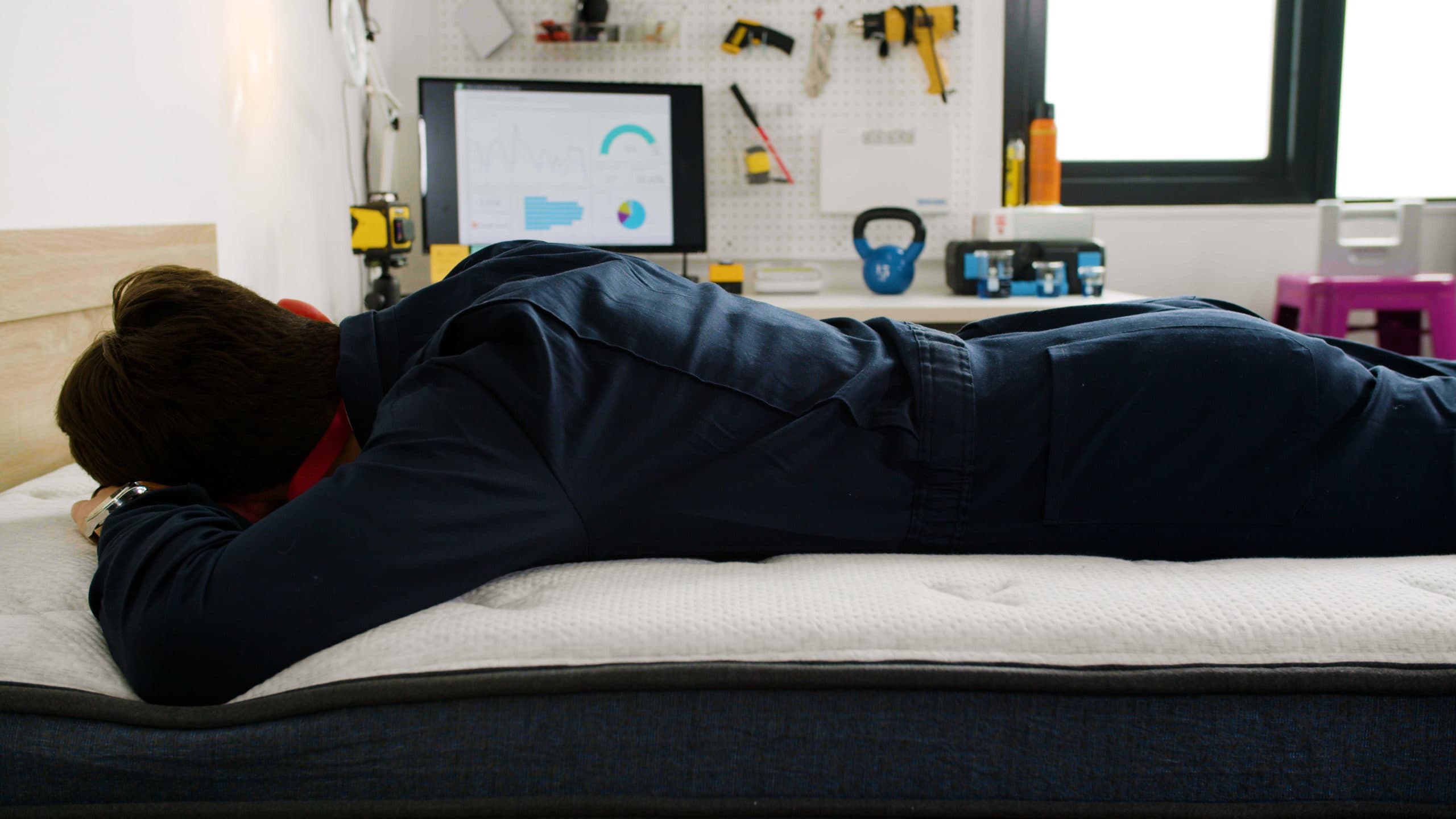
Durability
The Helix Luxe collection of hybrid mattresses is built for durability, and the firmer options will likely extend the life even further. Each model is 14 inches thick and features three layers of foam (memory and poly), plus has 1,000 individually wrapped coils, including zone and perimeter support. It’s likely that you’ll be able to enjoy this mattress for close to a decade.
Full Breakdown
Strong performance across our different testing categories, a durable and ultra-supportive design, and competitive pricing make the Helix Midnight Luxe one of the best overall mattresses available today. The medium firm (6) feel strikes a comfy balance between deep cushioning and strong support, which is probably why the mattress was so popular among side, back, stomach, and combination sleepers on our testing team.
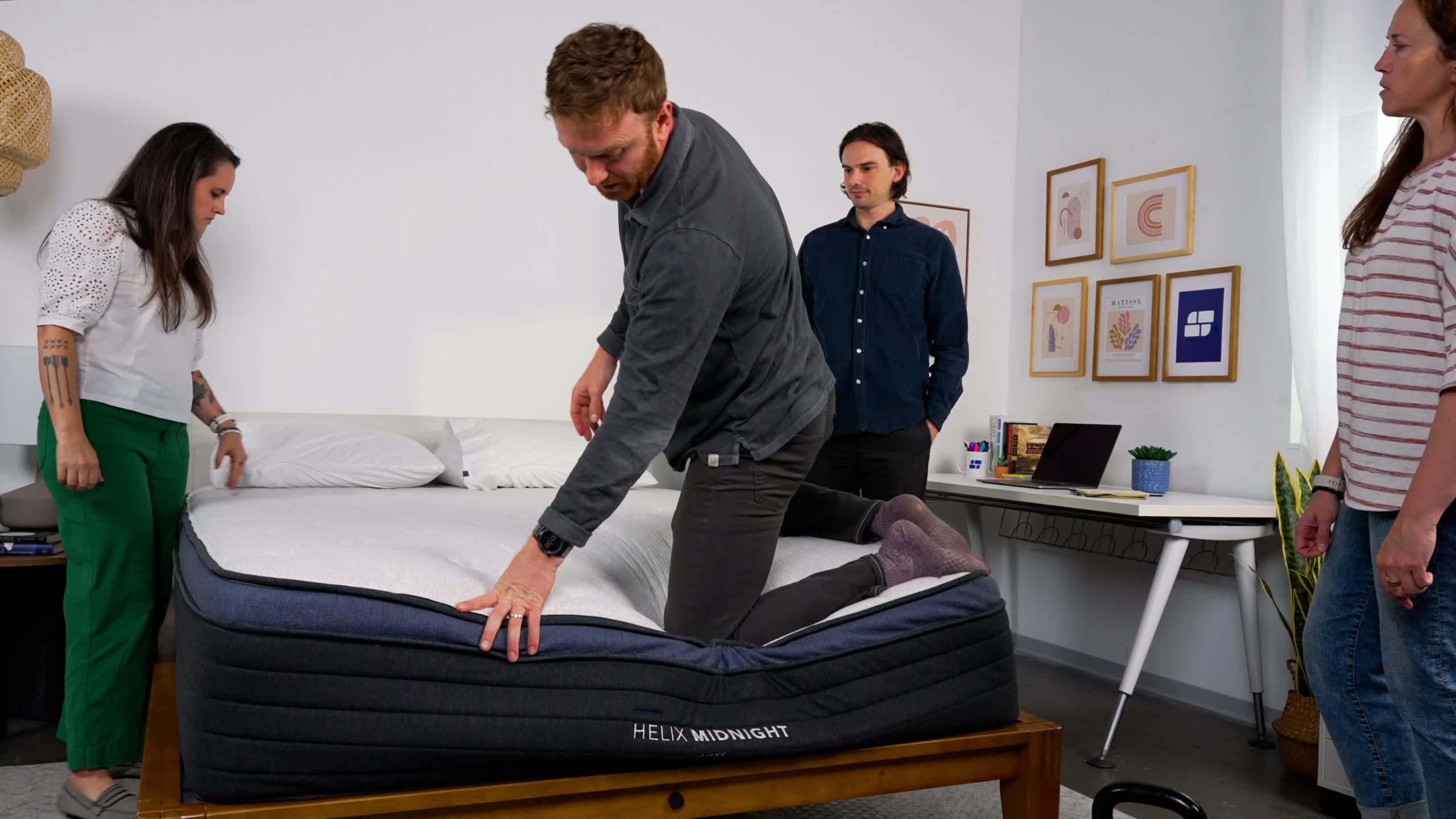
How It Performed
As a side sleeper between 130 and 230 pounds, I’m the target demographic for the Helix Midnight Luxe. It felt soothing and supportive in all the right places, and I didn’t feel any pressure buildup in my shoulders, lower back or hips. What sets this mattress apart from other medium firm hybrids is how well it fared with other sleeper types. Most side and back sleepers on our testing team across different weight groups were impressed with the balanced foam-on-coil design, as were stomach sleepers between 130 and 230 pounds.
The Midnight Luxe is a “Goldilocks” mattress in the truest sense. Adaptive foam layers isolate motion for couples and keep your spine aligned to alleviate pressure points in your sensitive areas, but the coil system is sturdy enough to minimize sink along the edges and help you move on the mattress fairly easily. We were also impressed with the Midnight Luxe’s temperature control, which is largely thanks to the breathable Tencel cover and ample airflow through the coils. If you’re a really hot sleeper, you should consider the cooling cover and comfort layer upgrades—they make a noticeable difference.
Inside the Mattress
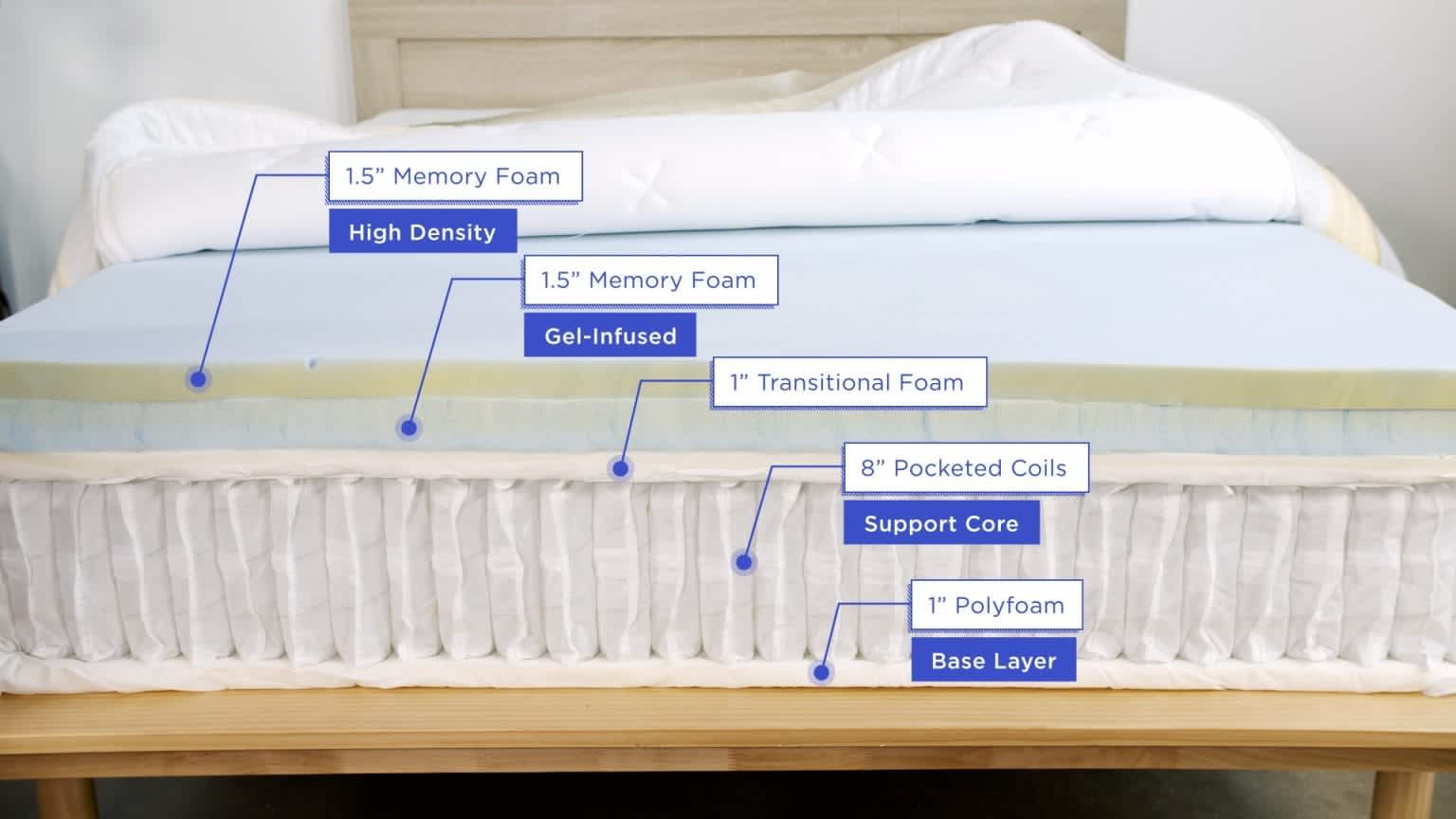
As a medium firm mattress, the Midnight Luxe feels both plush on the surface and robust at its core. I enjoyed the light contouring—the memory foam hugged just closely enough to make me feel cradled by the mattress, but I never sank too much or felt trapped. I also noticed a bit of pushback from the transitional foam, which is fairly dense, and the zoned coils that felt bouncier and more supportive around my midsection.
The Midnight Luxe’s hybrid design features two layers of memory foam and a dense transitional foam layer, all encased in a Euro-top cover. Three-zone pocketed coils and high-density base foam create a stable base for the mattress and keep your body on an even plane. Standard-issue covers are made of breathable and moisture-wicking Tencel fabric, but you can upgrade to a GlacioTex cover that feels cool to the touch. Additional comfort layer add-ons are available for an extra fee.
Trial, Shipping & Warranty
Helix ships free of charge to customers in the contiguous U.S. The Midnight Luxe’s sleep trial runs for 120 nights, with a 30-night break-in requirement before you can request a return. A lifetime warranty covers structural defects in the mattress for as long as you own and use it.
Most Comfortable Mattress
9.4 /10 Test Lab Score
WinkBed
High end hybrid bed providing ample support, cushion, and cool sleep.
Key Details
- Who It’s Best For:The Winkbed is great for those with back pain who need a bed that supports their midsection and keeps their spine aligned. With three firmness options, sleepers of any position or weight have a solid option. It’s also quite breathable, making it great for hot sleepers.
- Feel: Like the Saatva, the Winkbed has a plush euro-top and a more traditional innerspring feel. It’s more responsive and sturdy, and doesn’t conform closely to the body, although the soft option gets there a bit.
- What It’s Made Of: Euro-top on the surface, some foam layers, and coils in the core.
- What We Don’t Like: With a starting price of $850, the Winkbed is definitely closer to a luxury option.
- Why Choose the Winkbed: Choose the Winkbed if you have back pain, or simply because you want to achieve the healthiest spinal alignment possible when you sleep. This is a very high-quality durable bed that did very well in our tests.
Scoring & Reviews
The following ratings show how suitable this mattress is for different sleeping positions and sleeper weights. These scores are determined by how well the mattress supports and relieves pressure for each sleeper type.
In addition to the hands-on feedback from our team, we conduct a number of quantitative tests in our Test Lab. The below ratings are based on the experience of our testers.
SELECT AN ICON TO VIEW DETAILS:
Motion Isolation
All four firmness options offer above-average motion isolation compared to other hybrids we’ve tested. The Softer, Luxury Firm, and Firmer models have polyfoam layers that significantly absorb vibrations, preventing motion from traveling across the surface. The Plus features latex, and does not isolate as much motion – though it still received high marks from our team. Although the coil core gives the mattress some bounce, the foam layers are substantial enough to dampen motion transfer.
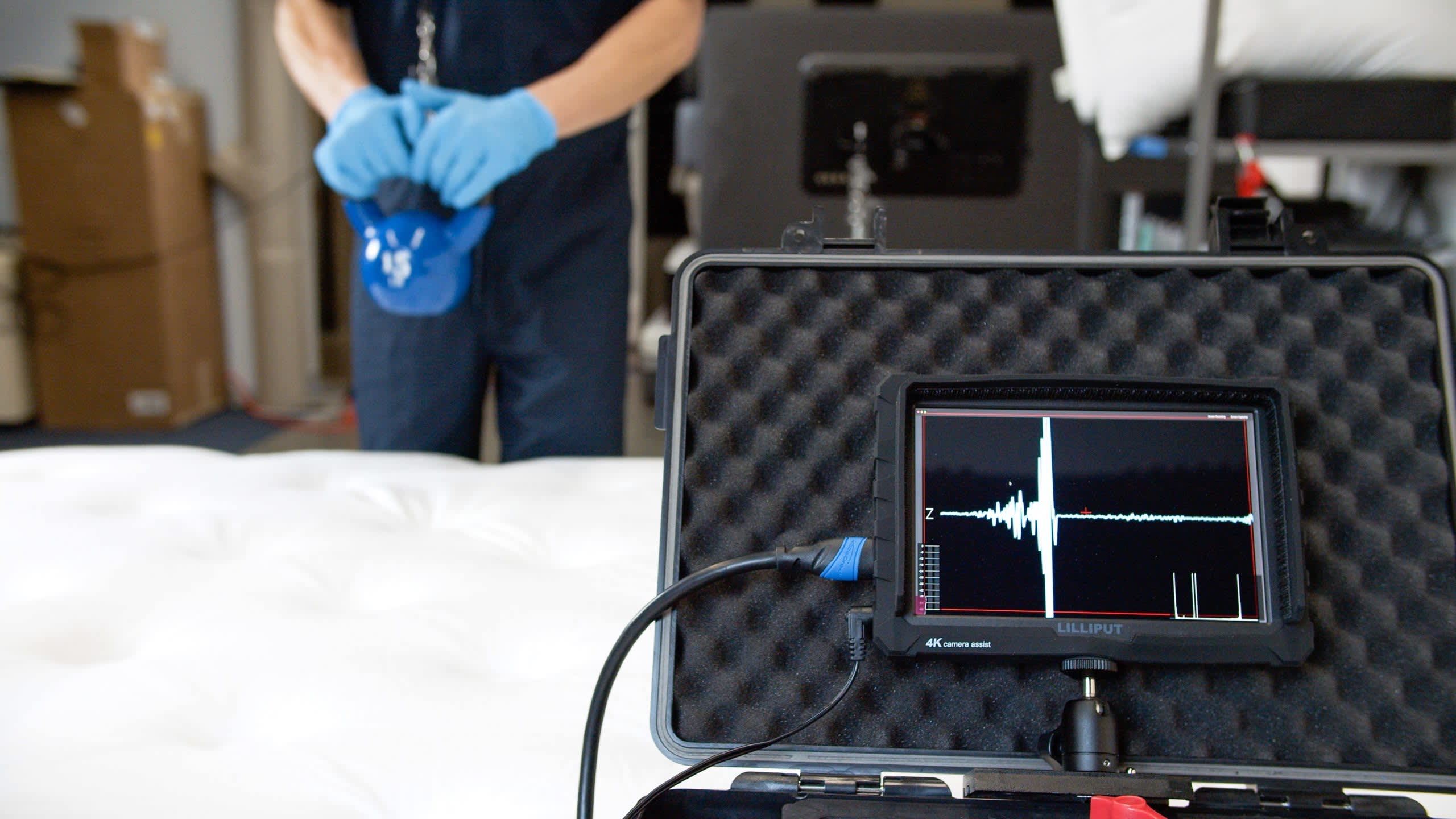
Pressure Relief
Like with many hybrid models, the WinkBed’s strong contouring can help relieve painful pressure points. Using pressure-mapping sensors, we found the Softer, Luxury Firm, and Firmer versions of the mattress generously cradle your body and ease pressure off sensitive joints, thanks largely to the multiple foam layers. The Plus version uses polyfoam and latex layers, which offer gentle contouring as well.
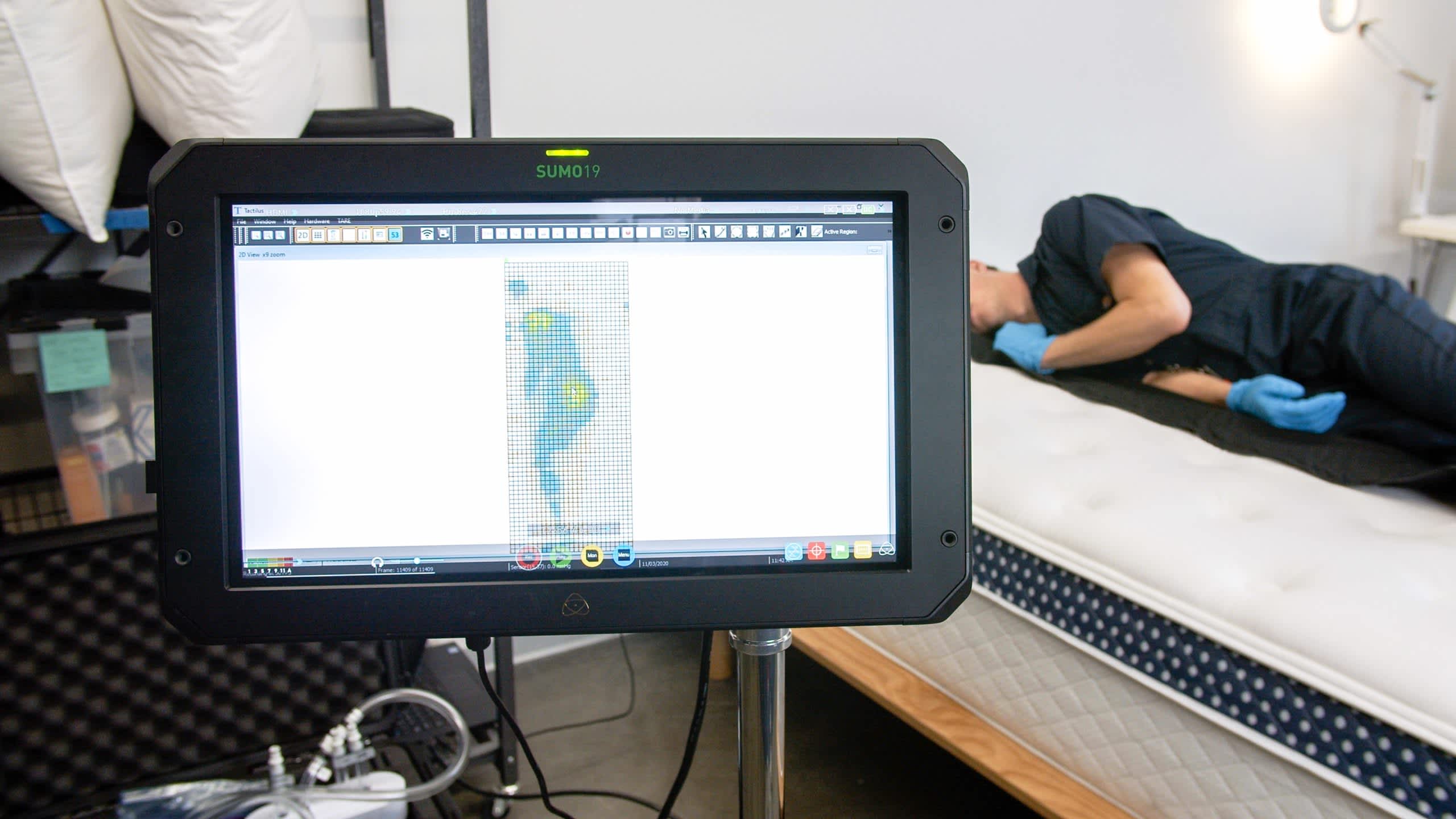
Temperature Control
The WinkBed’s Tencel cover wicks heat and moisture away from the sleeper’s body. In the Softer, Luxury Firm, and Firmer models, polyfoam infused with cooling gel helps to minimize heat retention. The Plus version uses latex, a naturally breathable material that resists heat buildup.The coil core also promotes significant air circulation. All of these components make the WinkBed one of the best cooling mattresses on the market.
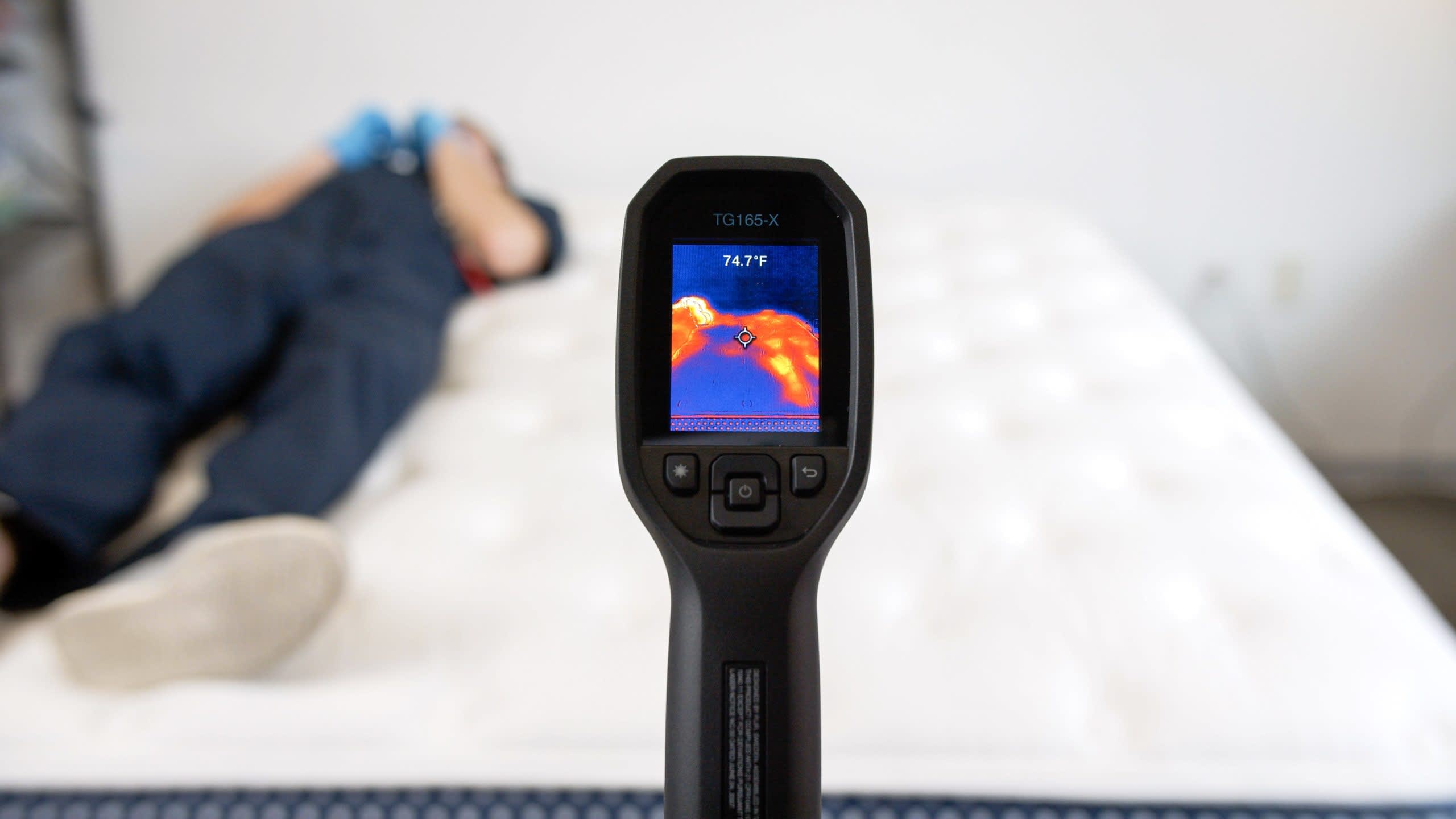
Edge Support
While many hybrid models have sturdy edges, the WinkBed’s perimeter is exceptionally strong . Thanks to extra reinforcement along the edges, our testers noticed minimal compression when sitting along the edge. Most sleepers should feel secure enough to sleep or sit on the full surface of the mattress without worrying about rolling off.The edge of the Softer model may not seem quite as sturdy as the Luxury Firm, Firmer, and Plus versions, due to its plusher design.
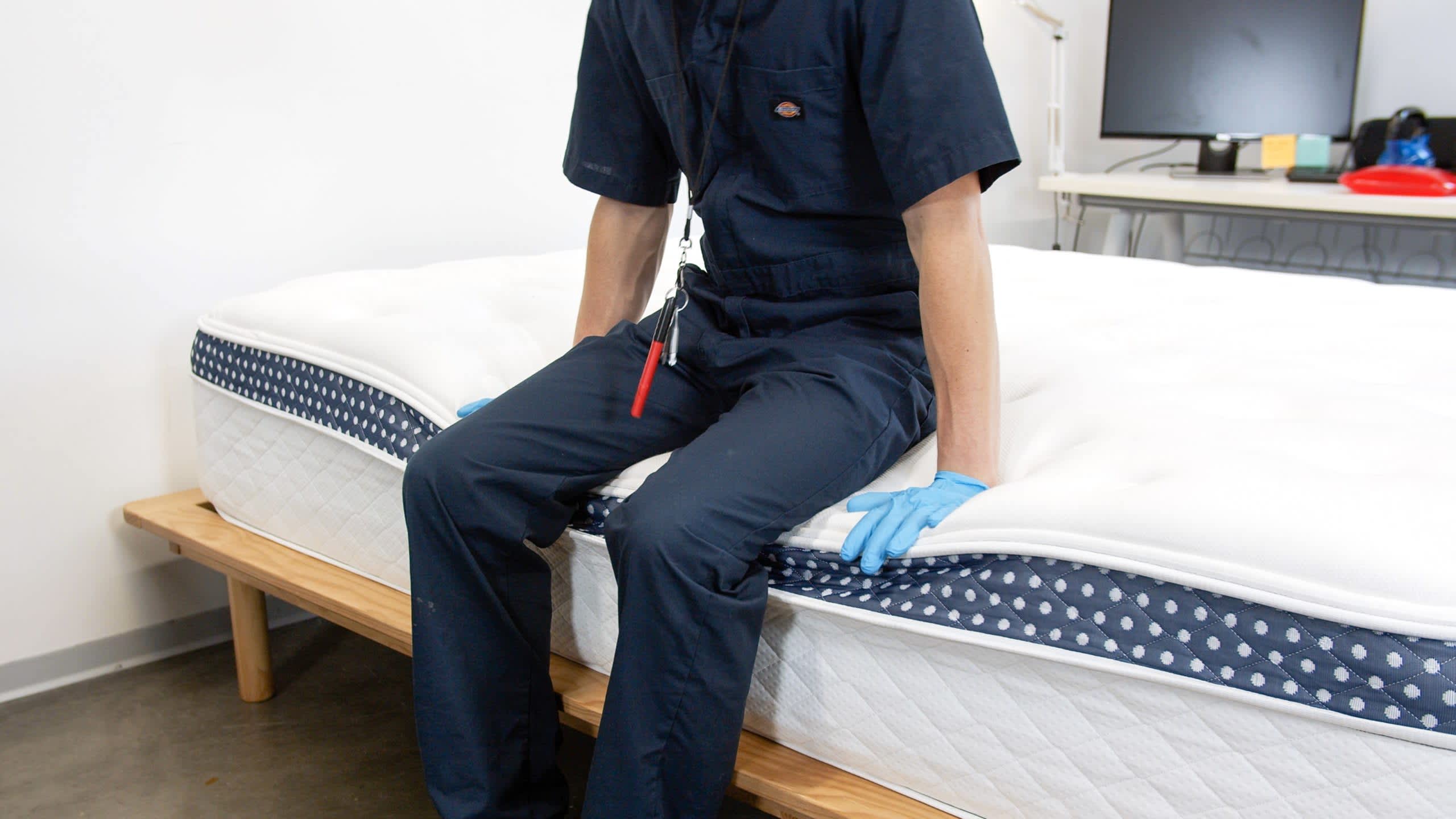
Ease of Movement
The three softest versions of the WinkBed Mattress feature polyfoam comfort layers. Polyfoam is more responsive than memory foam, so the WinkBed won’t hug your body as closely as hybrid mattresses made with close-conforming memory foam. The result is strong ease of movement across the surface.The Plus model features a very responsive latex layer, so this option shines when it comes to ease of movement.
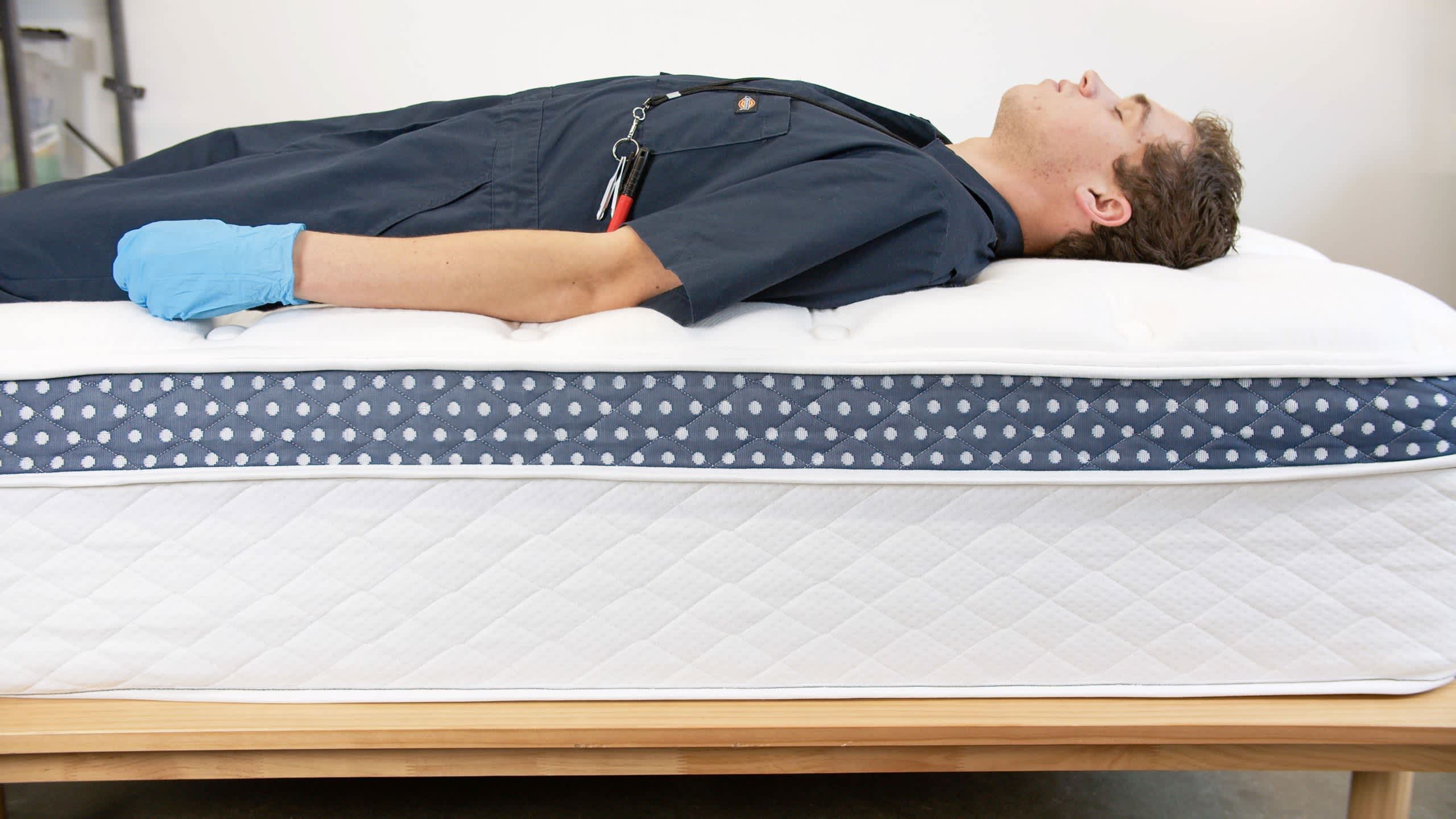
Durability
As a hybrid mattress with a polyfoam comfort layer, the Winkbed should last slightly longer than the average bed. Hybrids tend to be durable because the inner coils last a long time, and polyfoam is more durable than memory foam. That being said, the foam comfort layer isn’t too thick on the Winkbed (2 to 2.5 inches, depending on the firmness you choose), so you might find the bed getting less comfortable after around eight or nine years when impressions and sagging start to set in.
Full Breakdown
The WinkBed feels incredibly sturdy and well-made—something that becomes obvious the moment you lie down. During testing, it struck that rare balance of plush comfort and solid support that people love but rarely find. As an added bonus, you can choose from four firmness levels based on your body type and sleep position you use most often.
How It Performed
After lying on all four WinkBed designs, I preferred the medium firm (6) and firm (7) models for their gentle cushioning, sturdy zoned support, and mellow bounce in response to my movements. I’m a side sleeper between 130 and 230 pounds, and most of the other testers who match my sleeper type felt the same. Testers under 130 pounds by and large preferred the medium soft (4) WinkBed, which contours closely and cradles the body. If you weigh more than 230 pounds and want maximum support from your mattress, the WinkBed Plus (8)—which uses latex instead of comfort foam—should be a good fit.
Despite their differences, we found that each version of the WinkBed shares the same core strengths: pressure relief, responsiveness, and reliable support. The Euro-top provides a plush, breathable surface, while the coil base keeps your spine aligned and reduces pressure in your lower back and hips.
Inside the Mattress
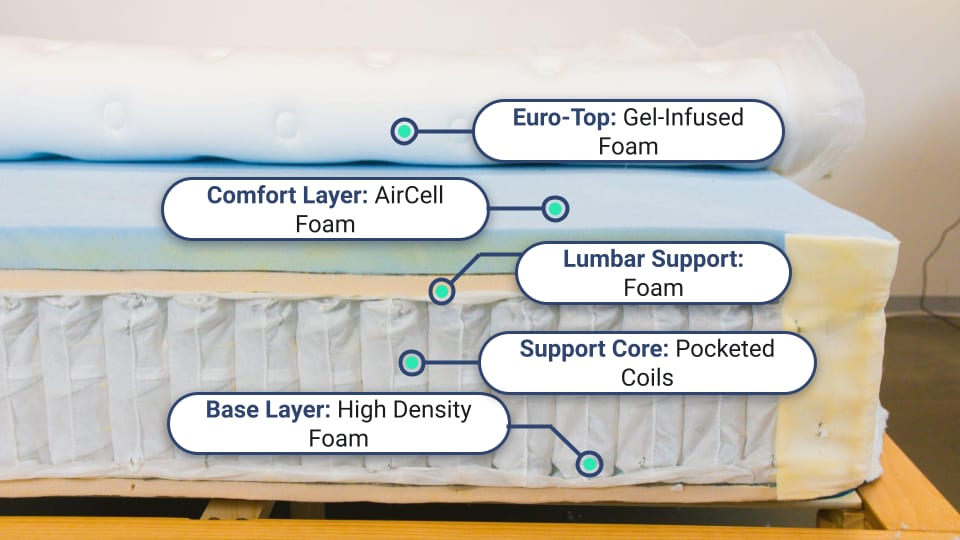
All WinkBed models start with a quilted Euro-top for that initial floaty, cloud-like feel when you get into bed. A layer of adaptive foam provides extra cushioning on the surface. The transition layer varies by firmness—polyfoam in the softest three models, zoned latex for the Plus—and provides a comfy buffer between your body and the support core.
Zoned pocketed coils round out the design, offering targeted pushback for the midsection and a stable perimeter. This helps you feel equally supported, whether you sleep in the middle or near the side. A breathable, moisture-wicking Tencel cover helps the surface stay cool. If you’re an exceptionally hot sleeper, you can upgrade to the specialty “Frost” cover woven with cooling yarns.
Trial, Shipping & Warranty
Standard ground delivery is free of charge for customers in the contiguous U.S. WinkBeds offers a 120-night sleep trial for testing out the mattress in your own bedroom. If you’re satisfied with it after the return period ends, your purchase is also covered under a lifetime manufacturer’s warranty.
Best Value Mattress
8.5 /10 Test Lab Score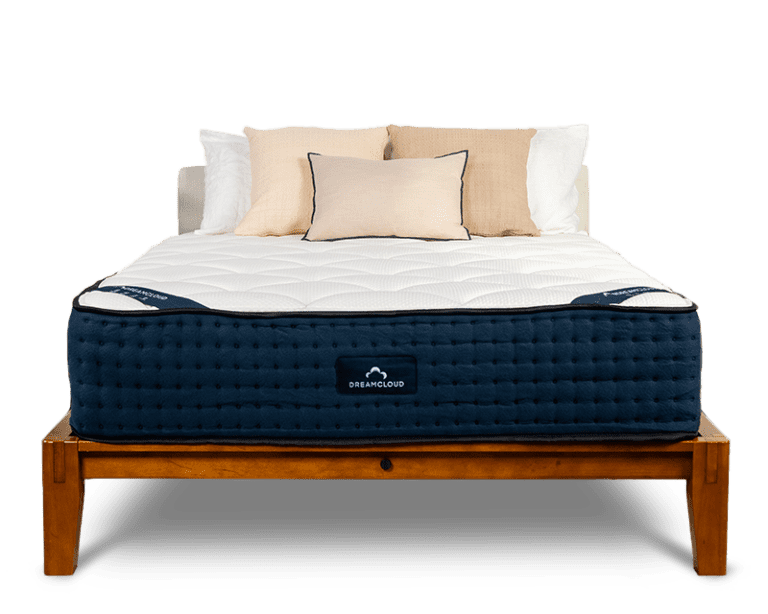
DreamCloud Classic Hybrid
An all-around great hybrid mattress at an affordable price.
Key Details
- Who It’s Best For: Our tests show the DreamCloud’s medium firm (6) feel is a great match for side sleepers who weigh at least 130 pounds, back sleepers between 130 and 230 pounds, and stomach sleepers under 130 pounds. The mattress also features cooling components to help hot sleepers stay comfortable, and the foam layers should isolate motion and prevent sleep disruptions for couples.
- Feel: The DreamCloud’s comfort system contains three foam layers totaling nearly 4 inches of padding material. The result is a hybrid mattress that feels very similar to an all-foam model on the surface, but the coils deliver excellent overall support and most people won’t sink excessively.
- What It’s Made Of: The DreamCloud begins with plush adaptive polyfoam quilted into the cover and gel-infused memory foam that contours closely. Transitional polyfoam provides additional cushioning while also pushing back against your weight. In the support core, pocketed coils and high-density base foam stabilize the mattress nicely. A breathable cashmere blend cover encases the mattress.
- What We Don’t Like: The DreamCloud will feel too soft for some people, including many back and stomach sleepers over 230 pounds. We also noticed strong off-gassing odor after unboxing the mattress. These smells eventually dissipate, but are still rather unpleasant for the first few nights.
- Why Choose the DreamCloud Mattress: We recommend the DreamCloud to anyone who has found other hybrids too firm or rigid. The foam layers are plush and inviting, so you’ll get a deep contour as your body settles into the mattress, but there’s also plenty of coil support to keep you on an even plane. The mattress is also eligible for payment with FSA or HSA funds.
Scoring & Reviews
The following ratings show how suitable this mattress is for different sleeping positions and sleeper weights. These scores are determined by how well the mattress supports and relieves pressure for each sleeper type.
In addition to the hands-on feedback from our team, we conduct a number of quantitative tests in our Test Lab. The below ratings are based on the experience of our testers.
SELECT AN ICON TO VIEW DETAILS:
Motion Isolation
During our hands-on evaluations, the DreamCloud provided impressive motion isolation. The layers of foam in the comfort system, including a top layer of memory foam, conform to the body and help prevent vibrations from spreading across the mattress surface. This makes the DreamCloud a good choice for anyone who shares their mattress with a partner.
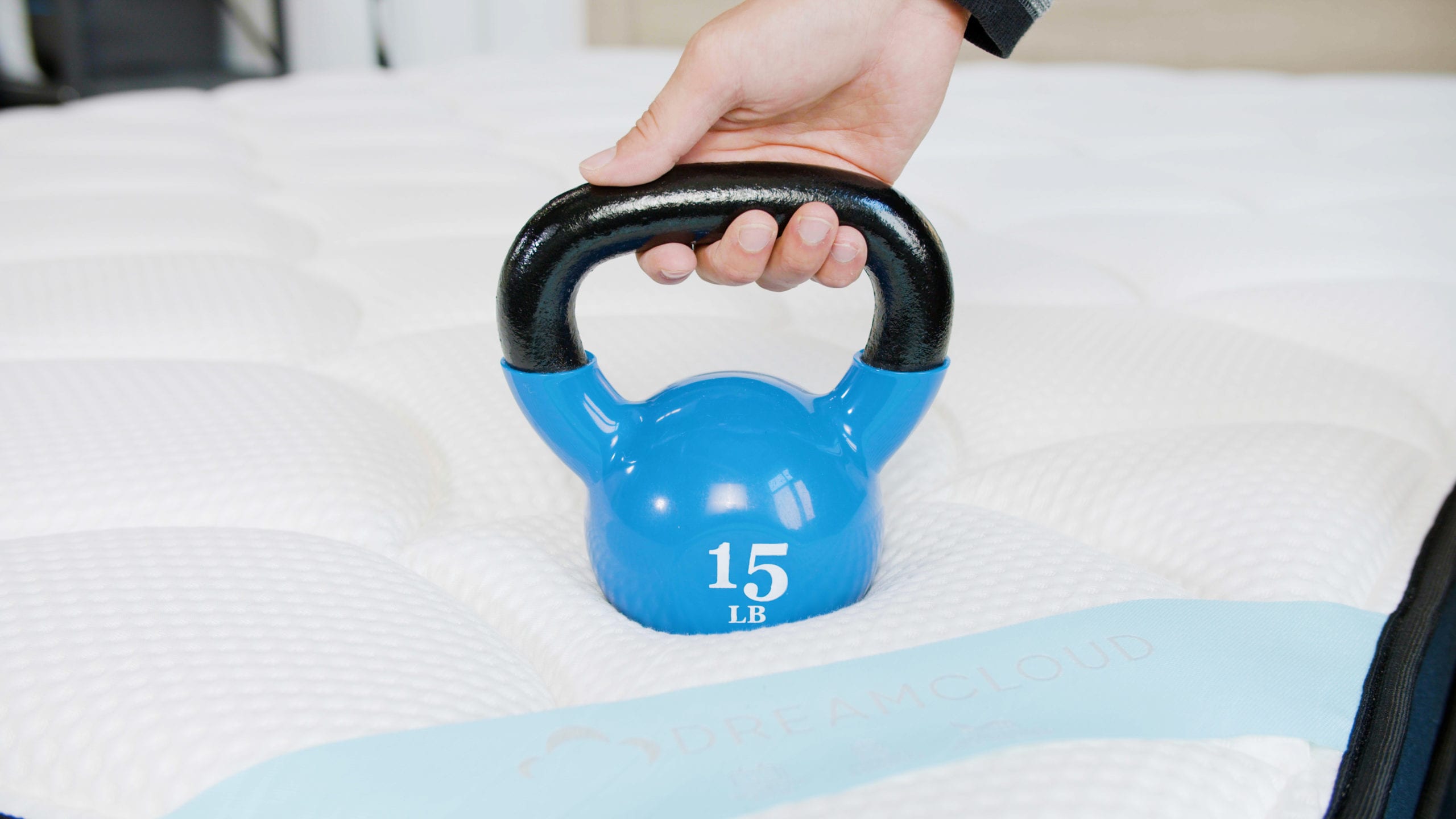
Pressure Relief
Most of our testers appreciated how much pressure this mattress alleviated without feeling excessively soft or enveloping. Its ability to cushion the shoulders, lower back, and hips make it particularly appealing for side sleepers between 130 and 230 pounds and back sleepers up to 230 pounds.
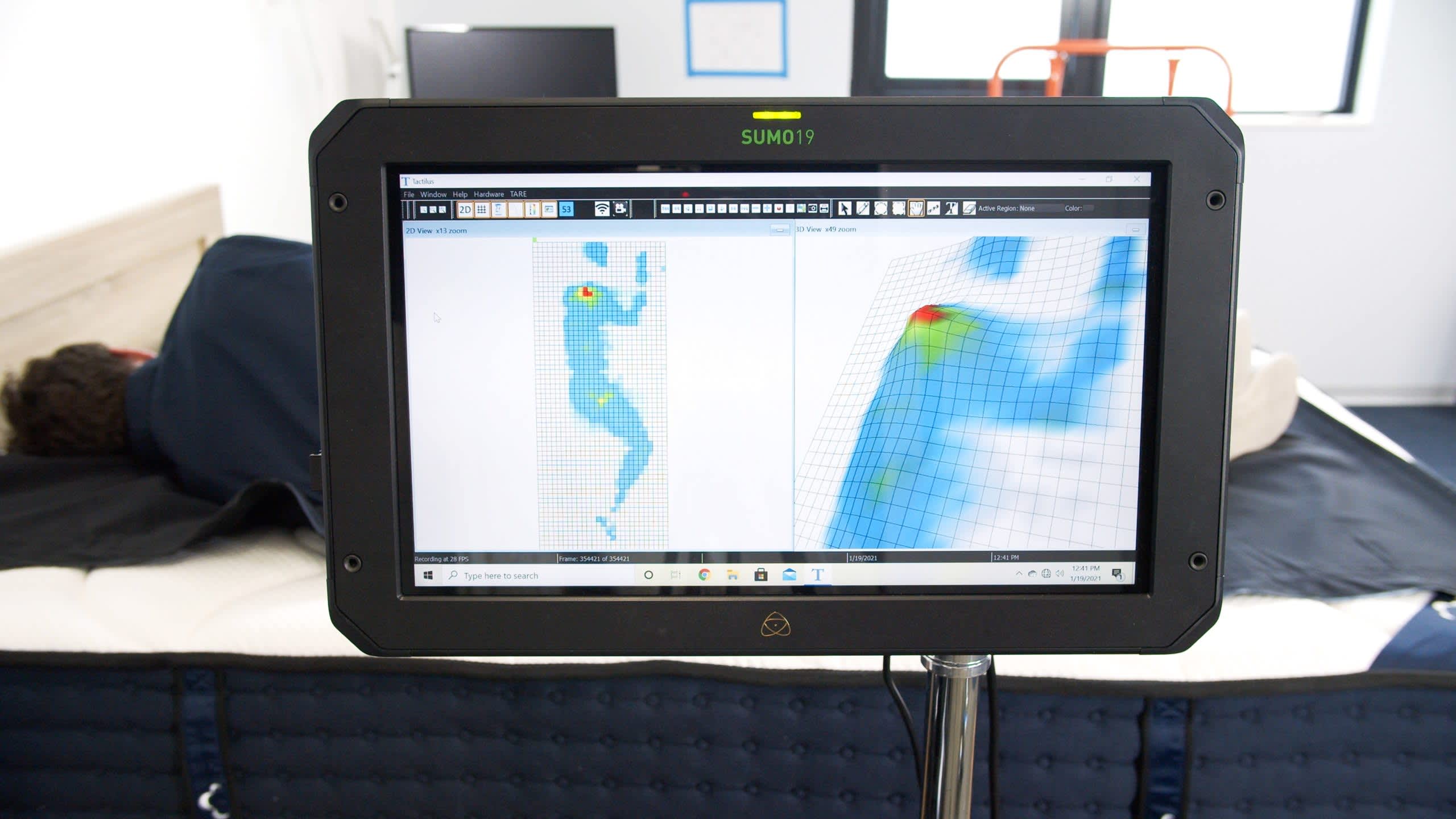
Temperature Control
We found that the DreamCloud Classic delivers above-average temperature control, especially for a mattress with two layers of adaptive foam. A cooling gel infusion in the top layer further reduces heat retention, and air flows easily through the coils for ventilation. Although not the coolest mattress on the market, the DreamCloud Classic offers enough temperature control that even hot sleepers can stay comfortable through the night.
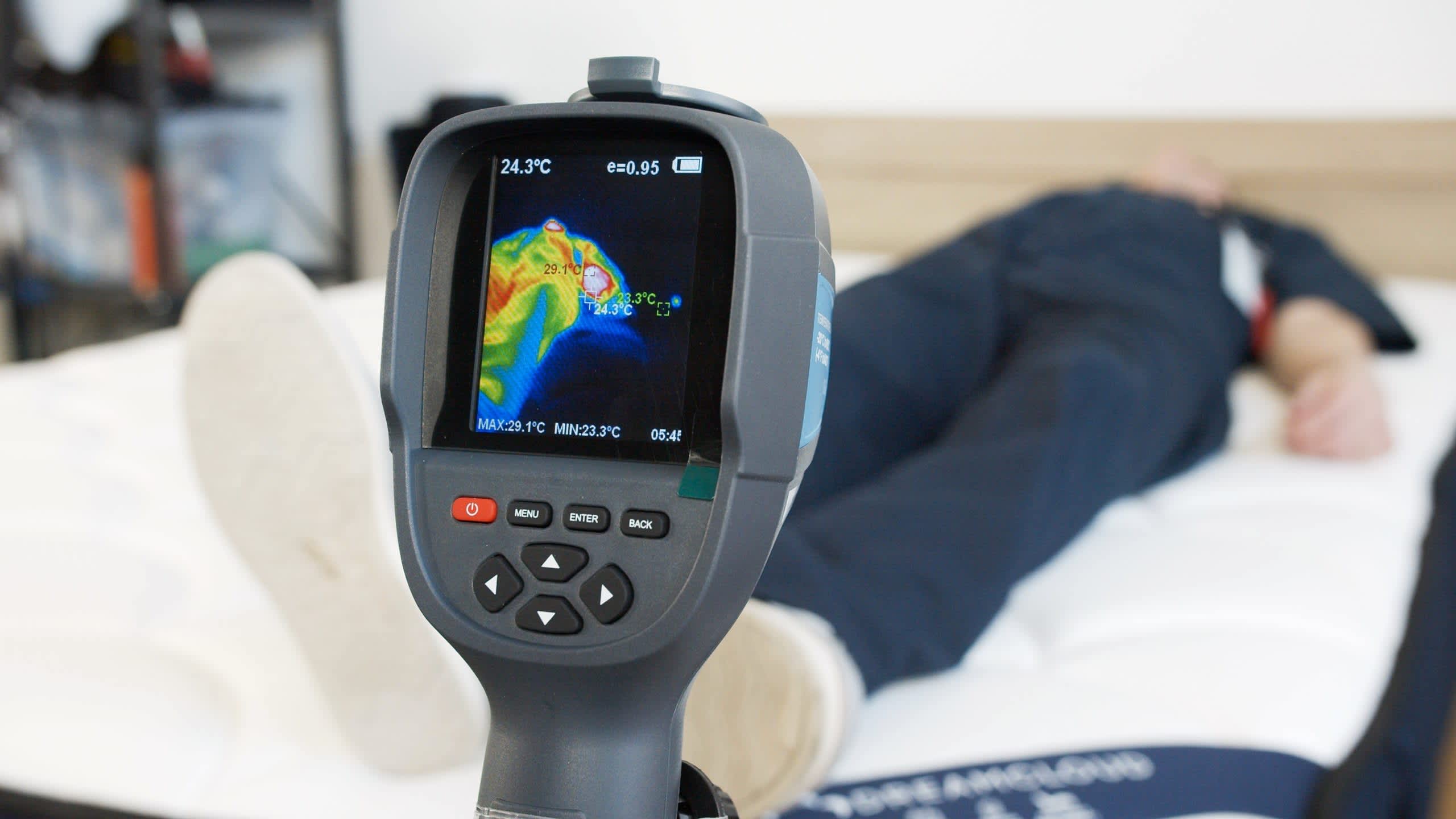
Edge Support
Our testing found that edge support from the DreamCloud was solid. The coils are reinforced around the perimeter, making it easier to feel supported anywhere on the mattress surface. This results in minimal compression when you sleep close to the edges of the mattress or get in and out of bed.
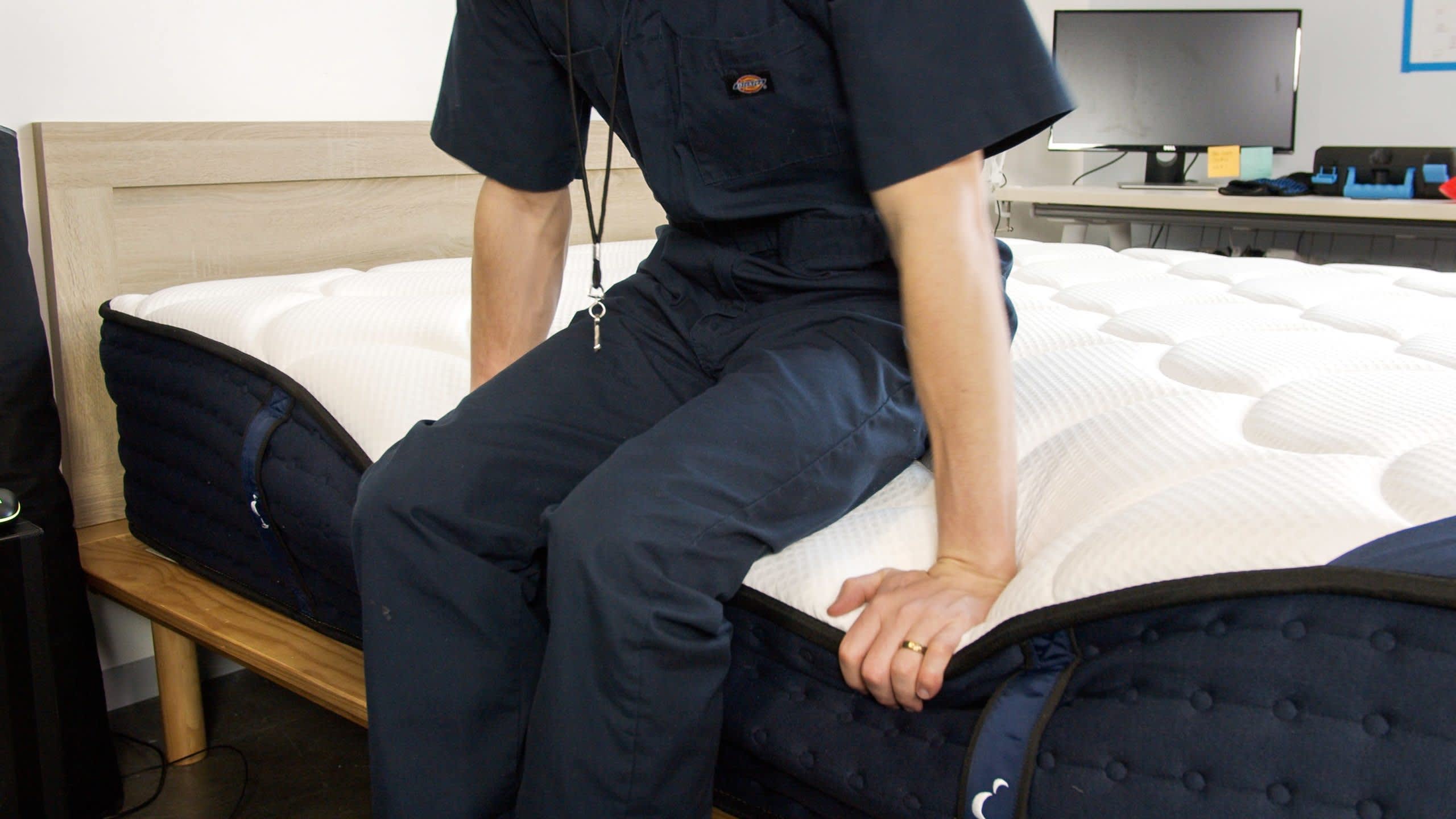
Ease of Movement
We found sufficient ease of movement on the DreamCloud Classic, and there was not much resistance because of its bouncier support core. The memory foam in this mattress gently conforms around the heavier parts of the body. That can make it harder to move on the mattress surface, but our testers didn’t feel like they were stuck in place.
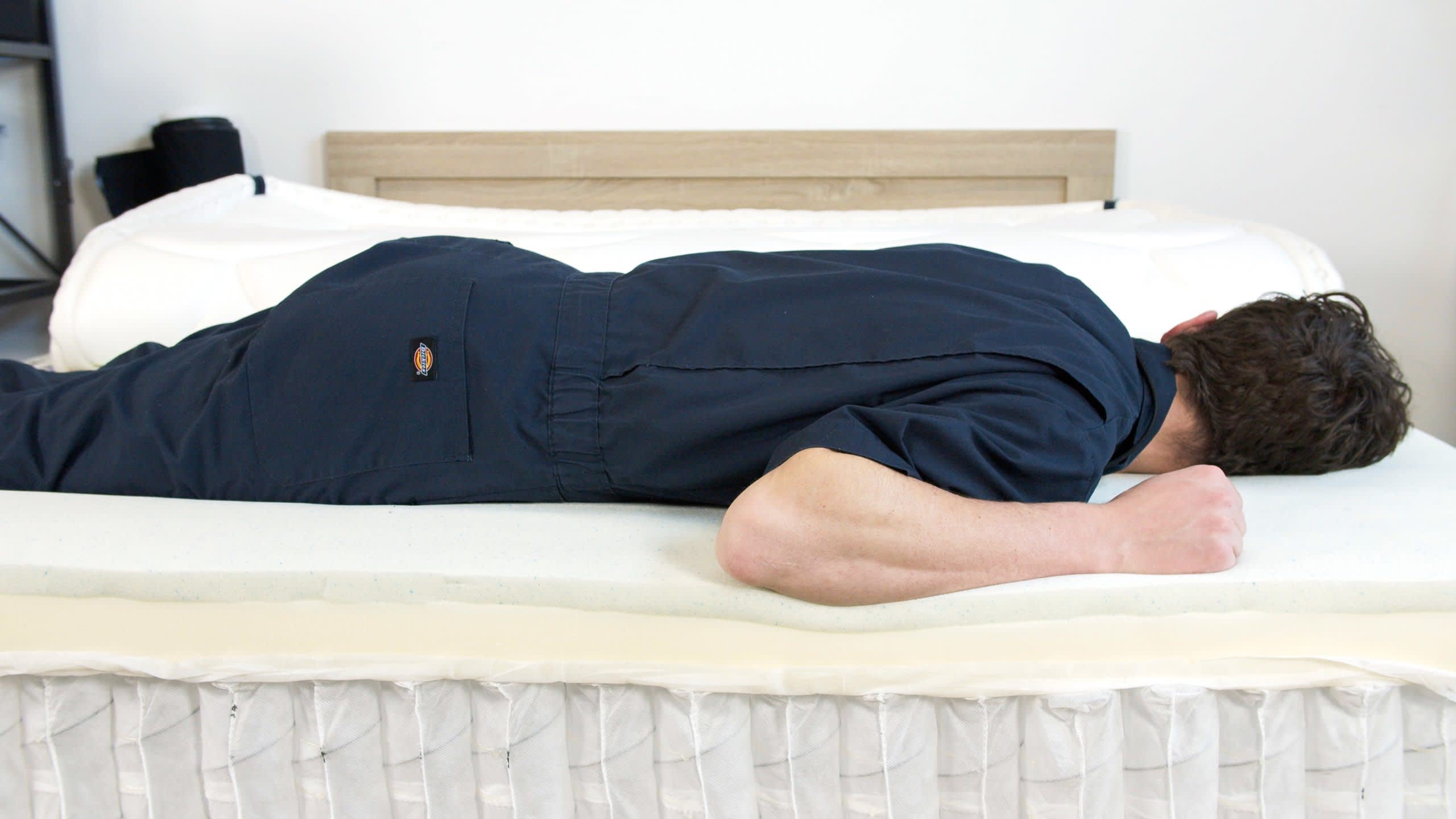
Durability
The DreamCloud Classic Hybrid combines thick inner coils and a memory foam comfort layer to offer a slightly longer-lasting bed than you’d get from an all memory foam option. Though memory foam is the least durable comfort layer material (as compared to polyfoam and latex), the DreamCloud uses one full inch of foam and firmer construction extends the mattress’ lifespan to around eight or nine years.
Full Breakdown
The DreamCloud Classic Hybrid feels way more luxurious than its sticker price suggests—and that’s exactly why I chose it as our Best Value mattress. This hybrid design includes a breathable stretch-blend cover, adaptive foam layers, and a strong coil base, yet it costs much less than most competing models. Add in a year-long sleep trial, and this is one of the best mattress deals out there.
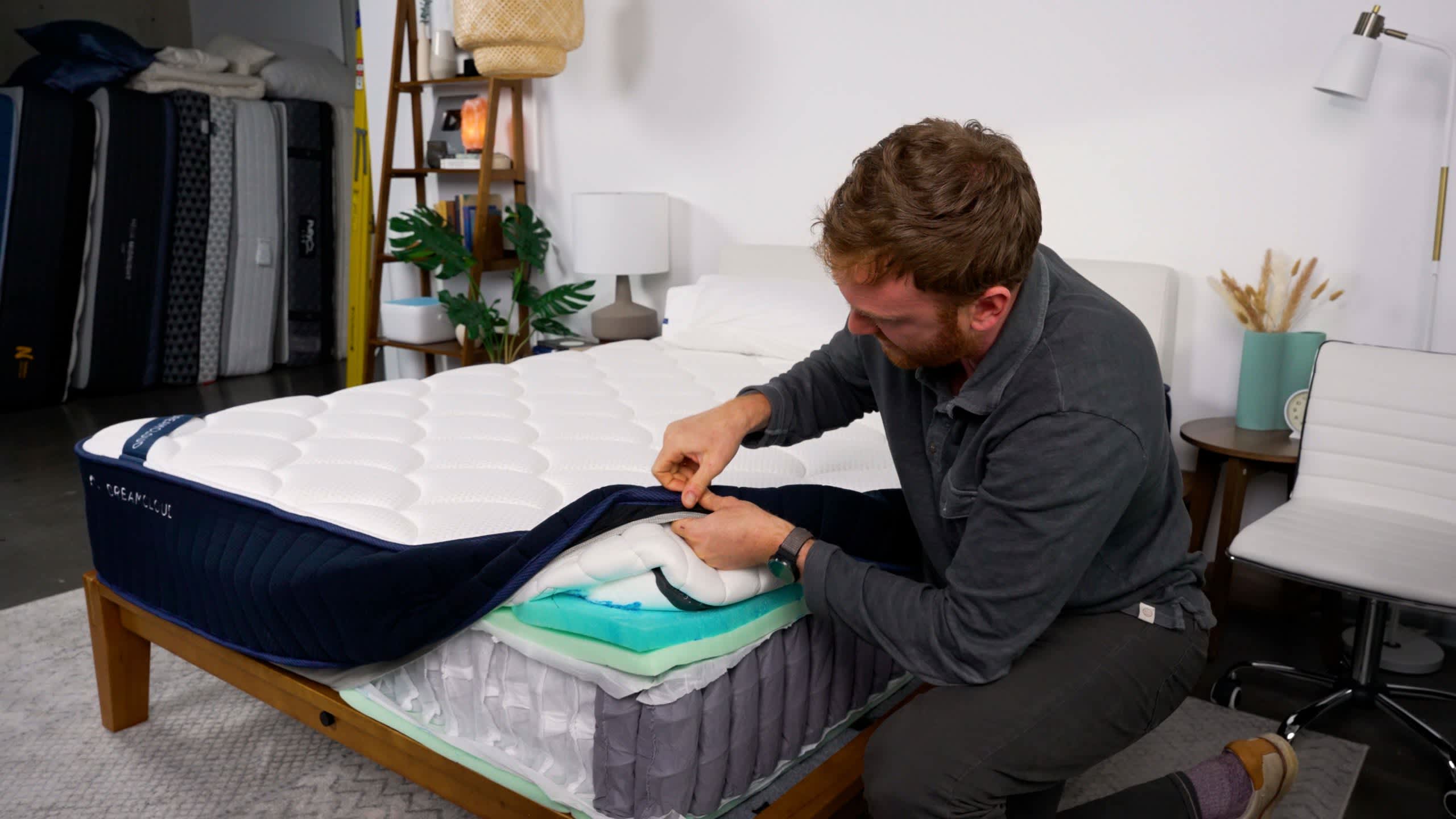
How It Performed
The DreamCloud Classic Hybrid has a medium firm (6) feel that worked especially well for side and back sleepers on our test team. I liked that it alleviated pressure in my shoulders, lower back, and hips without too much sink, which also made it comfortable for changing positions. It runs cool, too—the coils help with airflow, and the cover is breathable and soft to the touch.
Motion isolation is another standout quality. The coils produce some bounce, but the foam layers muffle vibrations and prevent movement from transferring from one side of the mattress to the other. This means couples can rest easy without sleep disruptions on the other side of the bed.
Inside the Mattress
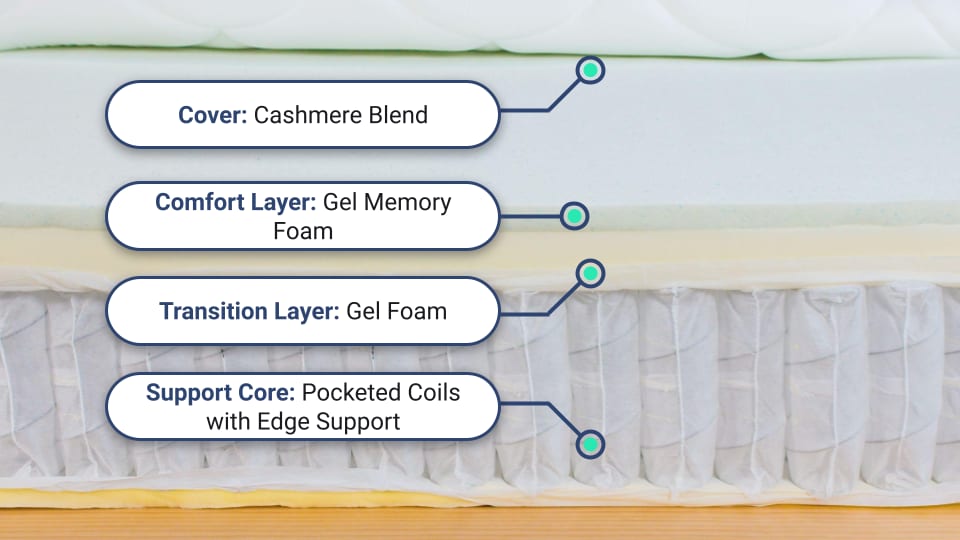
The top layer is quilted memory foam sewn into the cover, which gives it a cushy, upscale feel on the surface. A layer of transitional foam adds cushioning while pushing back against your weight. The pocketed coils are reinforced along the perimeter for extra edge support, and a high-density base layer adds durability and helps with motion control.
Trial, Shipping & Warranty
DreamCloud provides free standard shipping for orders in the contiguous U.S. The company’s generous sleep trial allows you to test out the mattress in your own home for up to one year. If you decide to keep the DreamCloud Classic after the trial ends, it’s also covered under a lifetime warranty against manufacturing defects.
Best Luxury Mattress
9.5 /10 Test Lab Score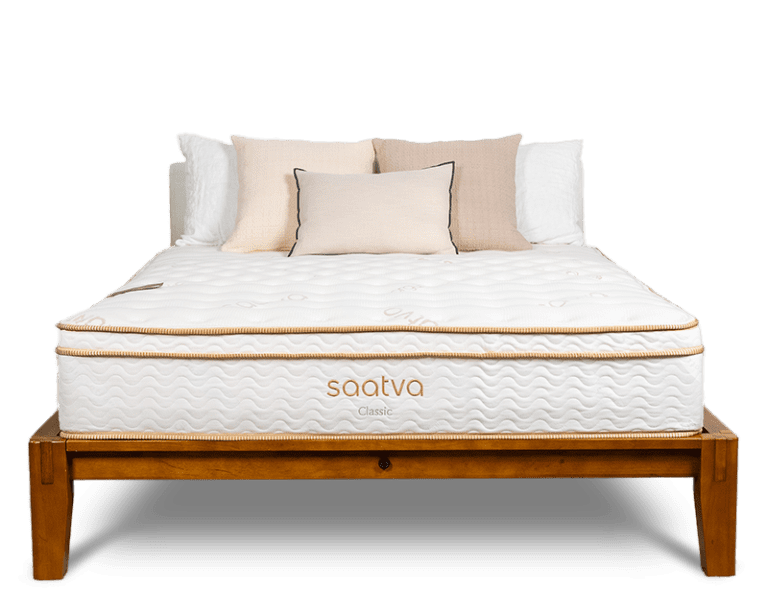
Saatva Classic
Traditional innerspring with a plush euro-top and excellent breathability.
Key Details
- Who It’s Best For: The Saatva caters to sleepers of all types, particularly those who like a more supportive, innerspring feel rather than a conforming foam one. It’s particularly great for hot sleepers, as it tested incredibly in temperature regulation.
- Feel: This bed is available in three different firmness options. Feels quite plush on the surface due to its euro-top, but then gets a bit sturdier and firmer an inch or so down. It’s quite responsive and bouncy.
- What It’s Made Of: The Saatva is topped with a euro-top layer, followed by a thin foam layer, a micro coil system, and then larger coils in the support core.
- What We Don’t Like: Unlike beds with thicker foam on the surface, the Saatva doesn’t relieve quite as much pressure on the body.
- Why Choose the Saatva Classic: Choose the Saatva if you’re not a fan of foam beds and want something with a more traditional innerspring feel that’s durable, luxurious and supportive.
Scoring & Reviews
The following ratings show how suitable this mattress is for different sleeping positions and sleeper weights. These scores are determined by how well the mattress supports and relieves pressure for each sleeper type.
In addition to the hands-on feedback from our team, we conduct a number of quantitative tests in our Test Lab. The below ratings are based on the experience of our testers.
SELECT AN ICON TO VIEW DETAILS:
Motion Isolation
Motion isolation is one of the Saatva Classic’s weaker performance areas. The dual-coil design makes the surface responsive to movement, resulting in a noticeable bounce when you switch sleep positions or get in and out of bed. This can be problematic if you share your bed with a partner, as their movements can disrupt your sleep and vice versa.
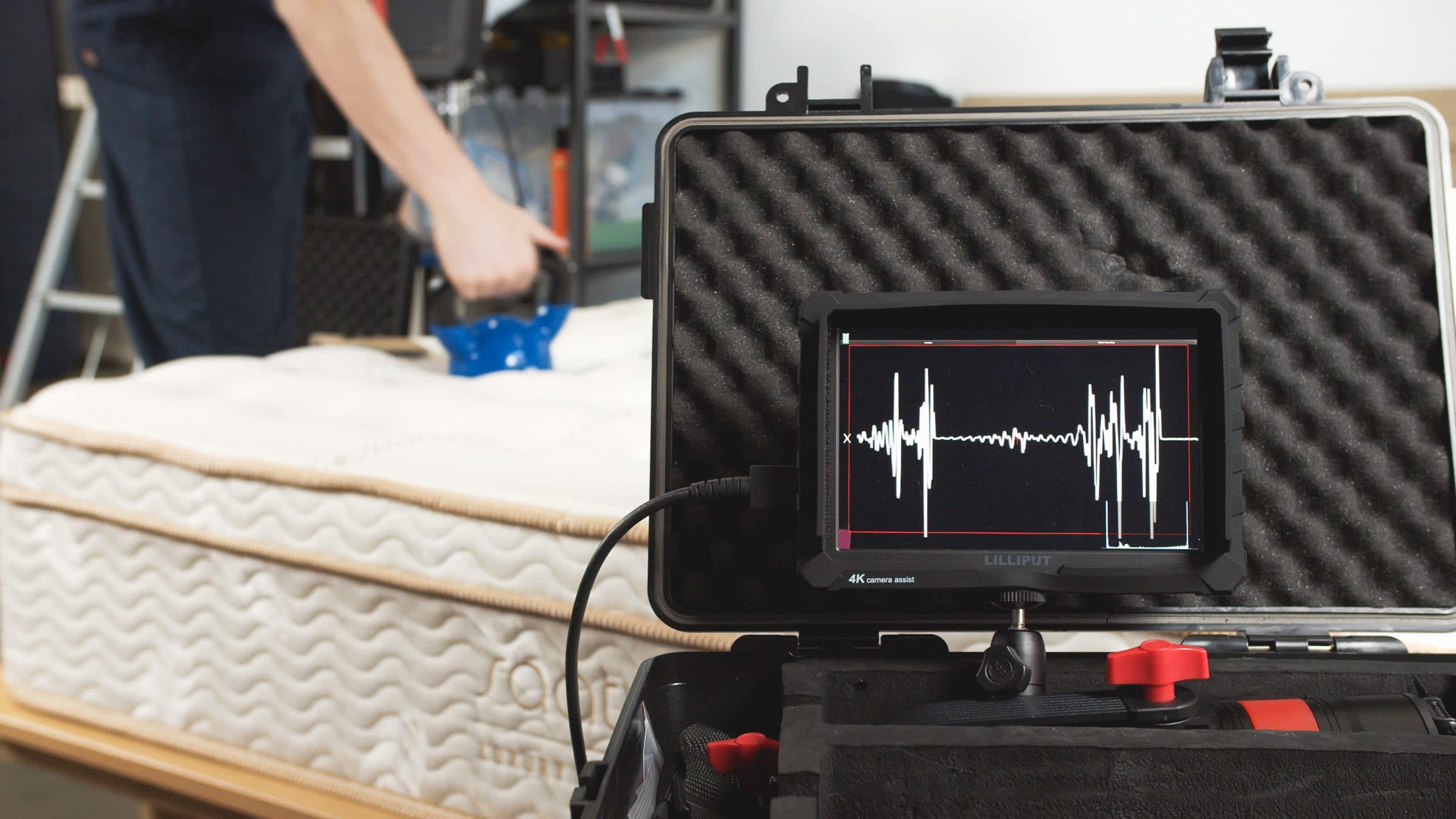
Pressure Relief
While all of the Saatva firmness options have pressure-relieving potential, the amount of pressure relief that an individual experiences on the mattress will vary based partially on their weight and sleep position. Individuals who weigh under 130 pounds will likely experience the most pressure relief on the Plush Soft version of the mattress, while sleepers over 230 pounds will likely get the best balance of contouring and support from the Firm version.
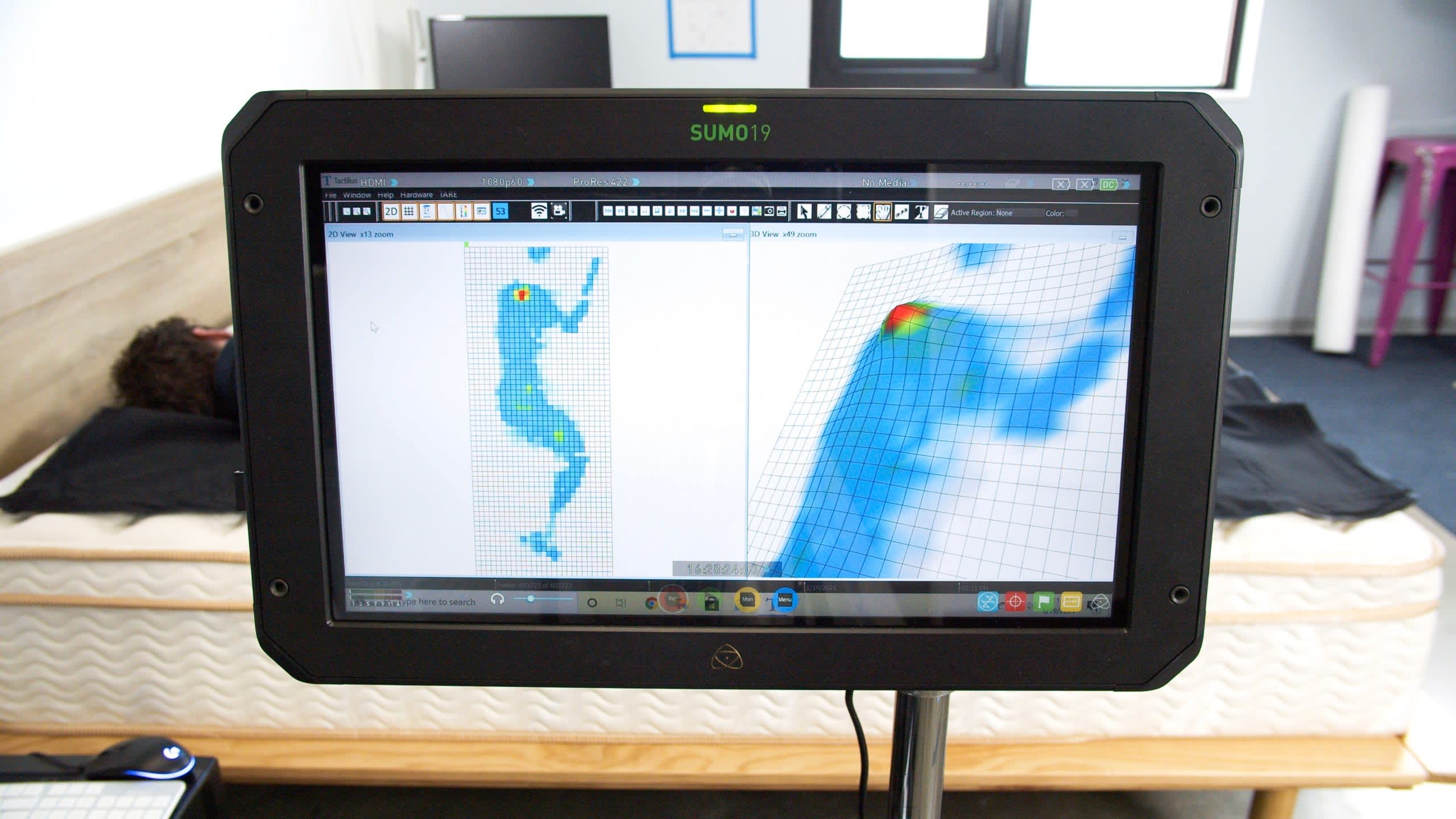
Temperature Control
While hybrid mattresses tend to sleep cool, the Saatva Classic’s construction may help it sleep even cooler than many other hybrid models. While all the firmness options may help promote a cooler night’s sleep, the Plush Soft version has more conforming that could lead to slightly more heat retention.
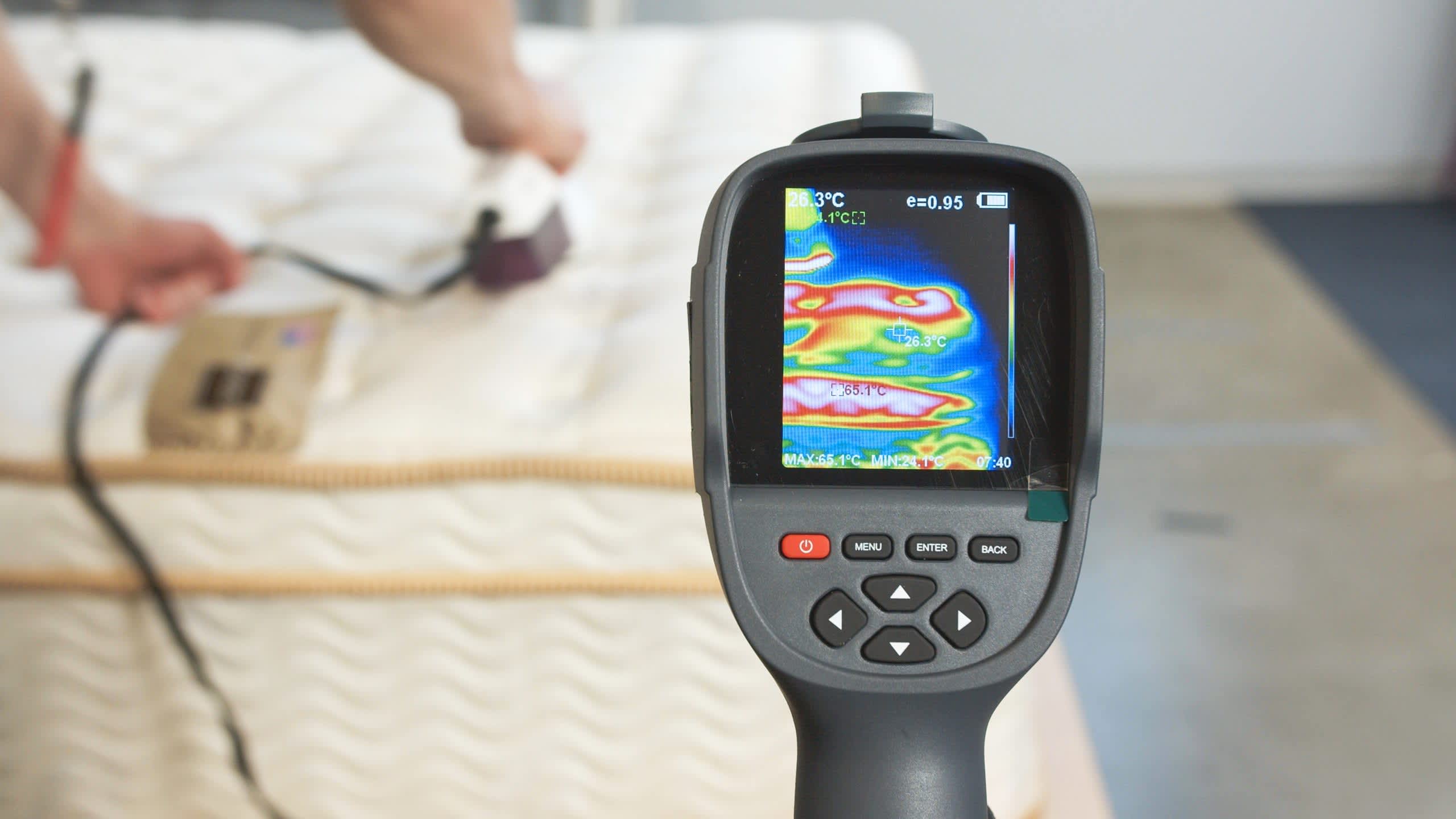
Edge Support
The Saatva Classic has a sturdy enough edge to allow almost all individuals to sit or sleep near the perimeter without excessive sinkage. This reinforcement is excellent even compared to most hybrid models.Because the Plush Soft version of the Saatva allows individuals to sink in more, its edges may not feel quite as secure as those of the Luxury Firm and Firm versions of the mattress.
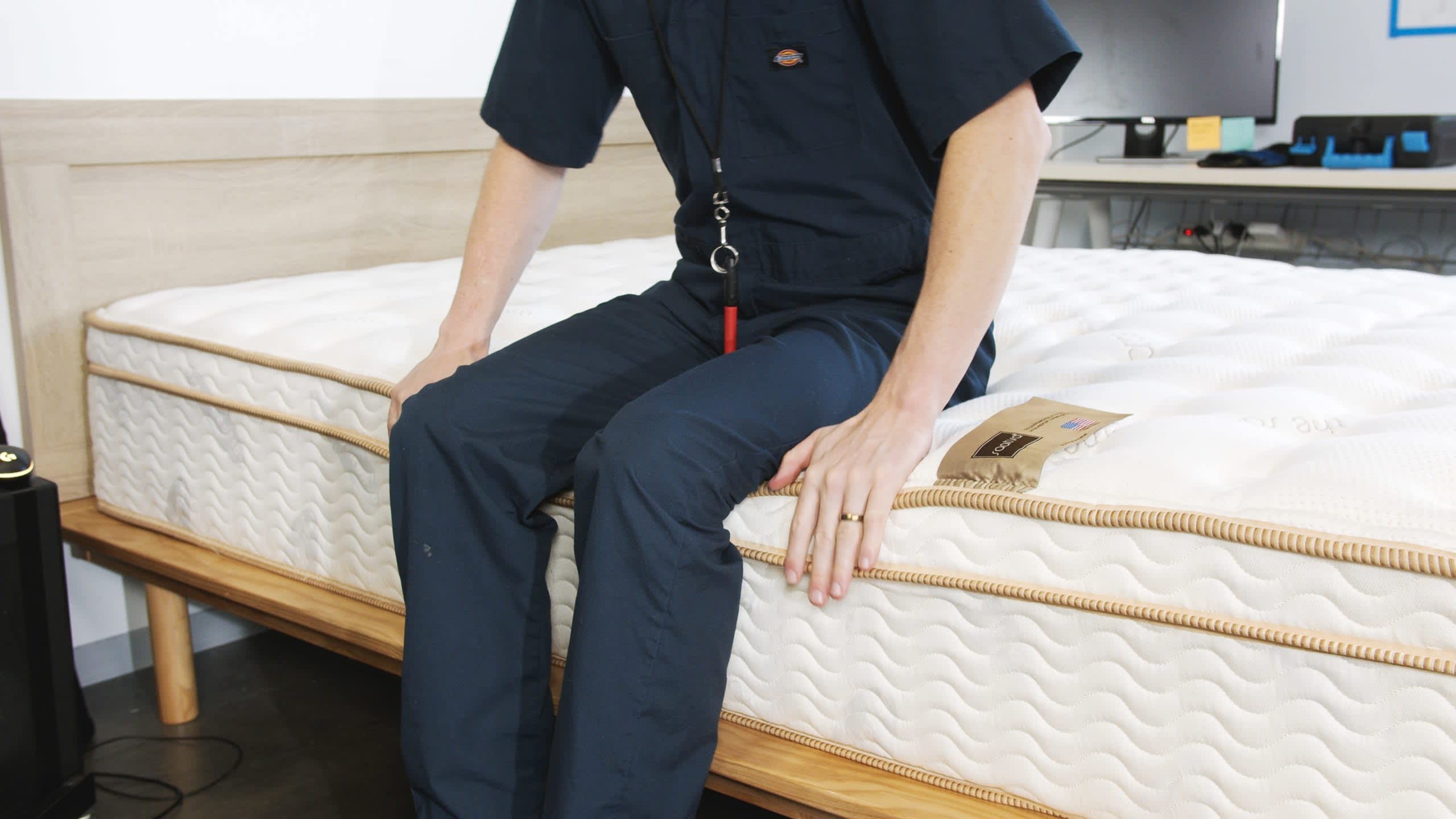
Ease of Movement
The Saatva Classic’s comfort system consists of polyfoam and minicoils. While these materials conform to your body, they regain their shape more quickly than memory foam. This prevents sleepers from feeling “trapped” in the bed.All three designs are relatively easy for sleepers to move across and change positions on. However, most individuals will probably find the firmer versions of the mattress easier to move on, since they conform less than the Plush Soft version.
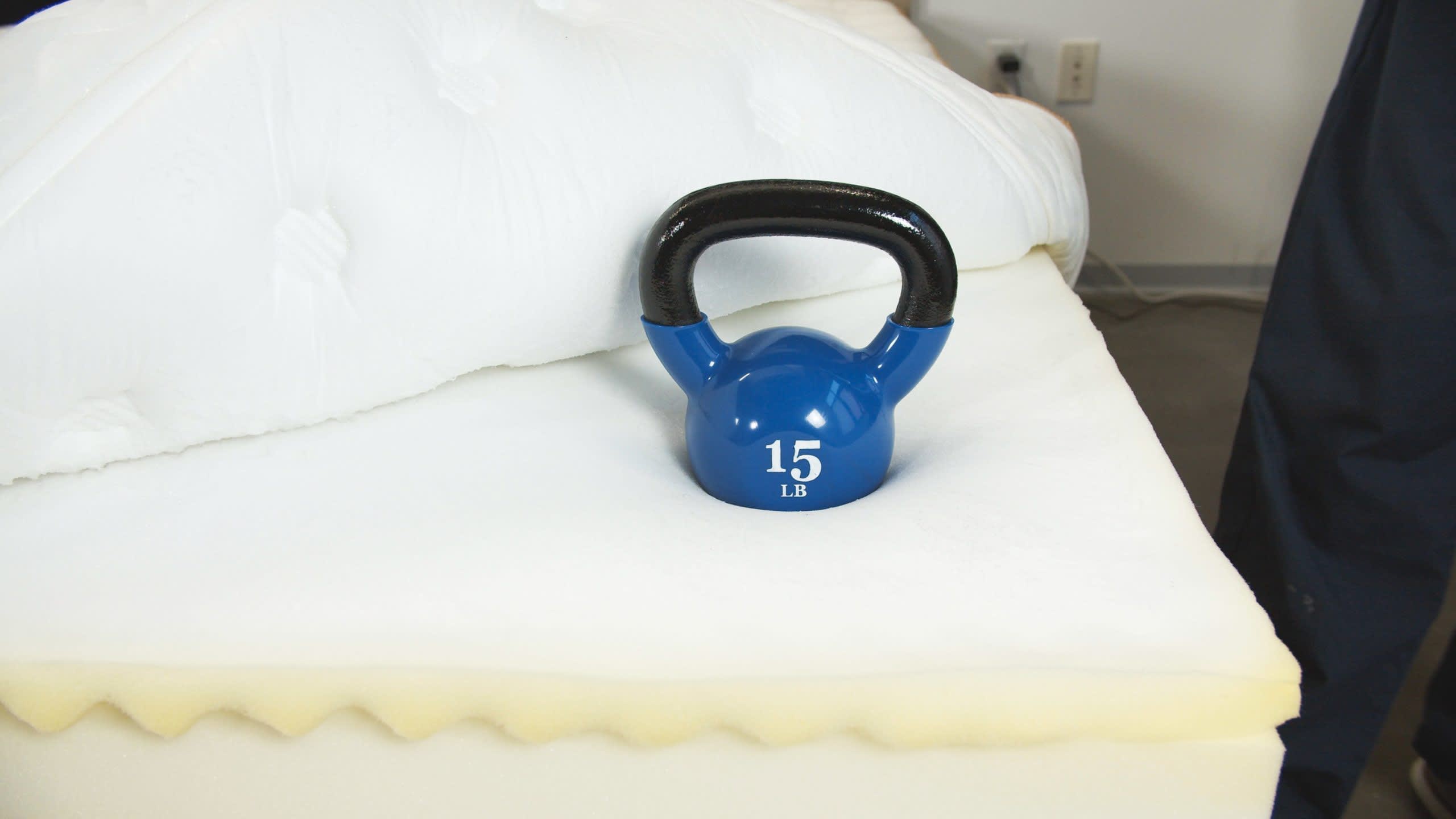
Durability
The Saatva Classic is stacked with features that help ensure durability. It’s constructed with both pocketed and support coils, plus polyfoam and memory foam comfort layers for additional comfort and support. Shoppers have a choice of thickness and firmness levels, and in general, going with thicker and firmer options can help add to the longevity. With its thick, 13-gauge coils in the bottom layer providing a sturdy base, this mattress should easily make it to the 10-year mark.
Full Breakdown
The Saatva Classic has the kind of high-end feel you’d expect from a hotel mattress—comfortable, supportive, and thoughtfully built. That’s why we’ve named it our Best Luxury Mattress. This is one of the most breathable beds I’ve slept on, and its elevated innerspring design sets it apart from most competing coil mattresses. With multiple firmness and height options, you can also choose the design that best aligns with your personal needs and preferences.
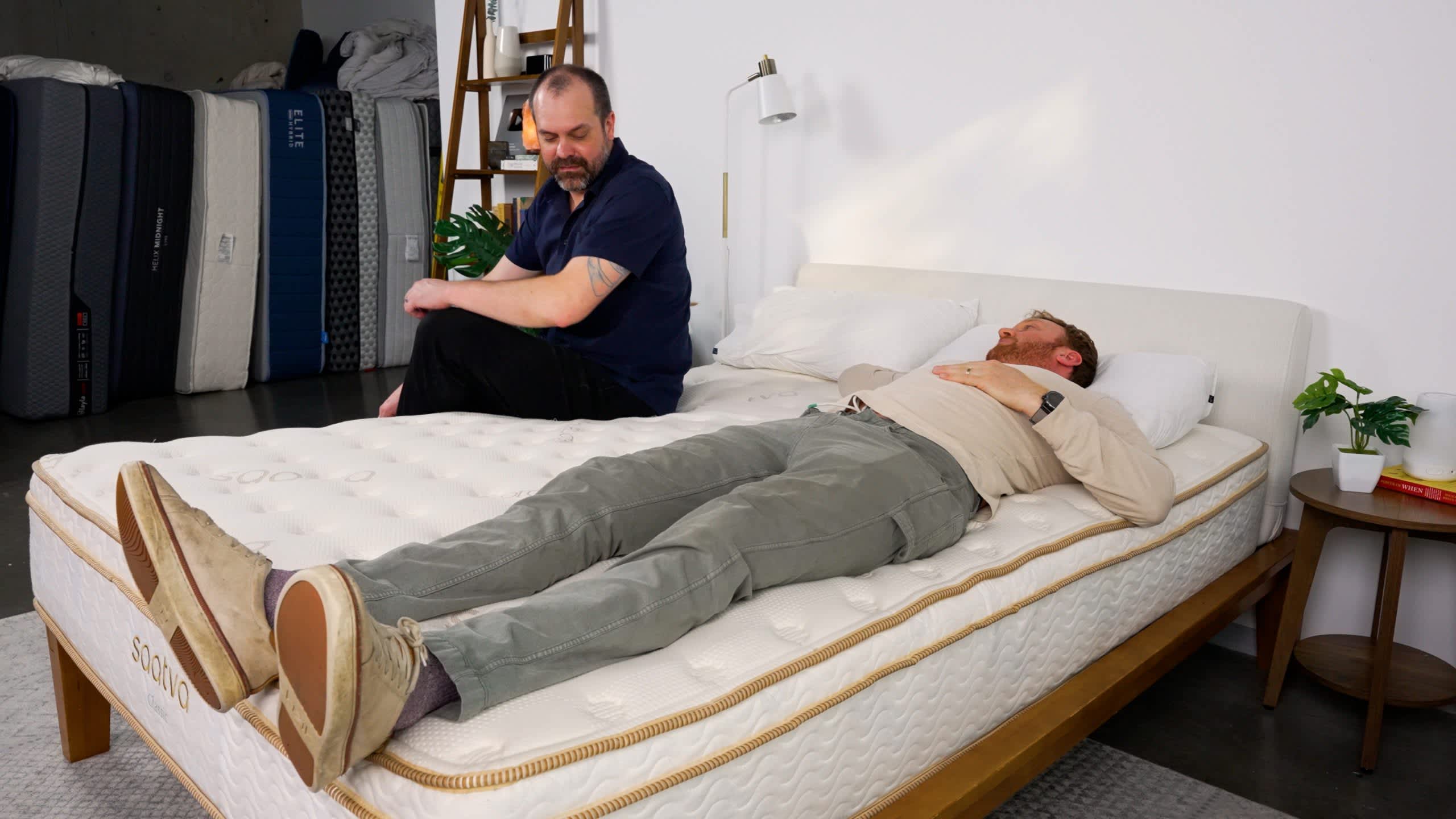
How It Performed
Each of the Saatva Classic’s firmness levels feel distinct—and our team tested all three. Side and back sleepers under 130 pounds should get the deep cushioning they need from the soft (3) model, which conforms closely and cradles your body. If you’re a back or stomach sleeper over 230 pounds, the firm (8) design should offer plenty of support and keep your body on a flat, even plane. For just about everyone else—including me— the medium firm (6) model should be the best match. This balanced design is defined by a light contour, steady coil pushback, and enough bounce to move on the surface without feeling stuck.
Thanks to its two coil layers, the Saatva Classic feels quite robust around the perimeter and shouldn’t dip or sink too much when you lie close to the edges or get in and out of bed. Temperature control is another standout quality. A breathable organic cotton cover and steady airflow through both coil systems help ensure a cool, comfortable night’s rest and little to no heat retention on the surface.
Inside the Mattress
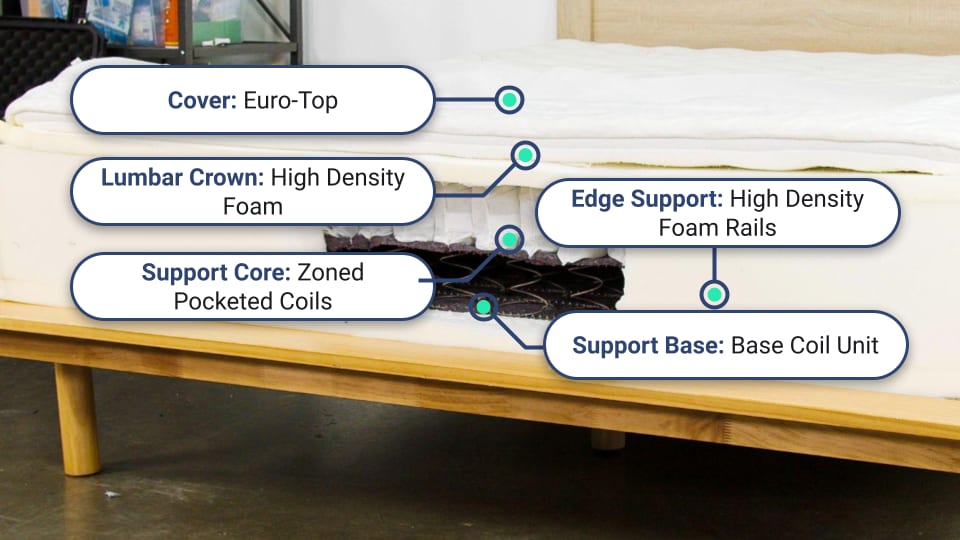
There are some slight construction differences between the firmness levels, but all Saatva Classic models share the same basic design. This includes a comfort system with adaptive polyfoam sewn to the Euro-top, a strip of dense memory foam to cushion the lumbar region, and pocketed minicoils to provide transitional support. Robust hourglass coils made of tempered steel stabilize the mattress and make it feel very bouncy on the surface. In addition to the firmness options, you can choose from profiles of 11.5 and 14.5 inches—the base coils are 4 inches taller in the latter.
Trial, Shipping & Warranty
Saatva is one of the only online mattress brands to offer free White Glove delivery for all orders. This service includes a scheduled delivery date, full mattress setup in a room of your choice, and removal of your old mattress and box spring upon request. The company’s sleep trial runs 365 nights in length, giving you plenty of time to test out the Saatva Classic in your own bedroom, and your purchase is also backed by a lifetime manufacturer’s warranty.
Best Mattress for Side Sleepers
9.0 /10 Test Lab Score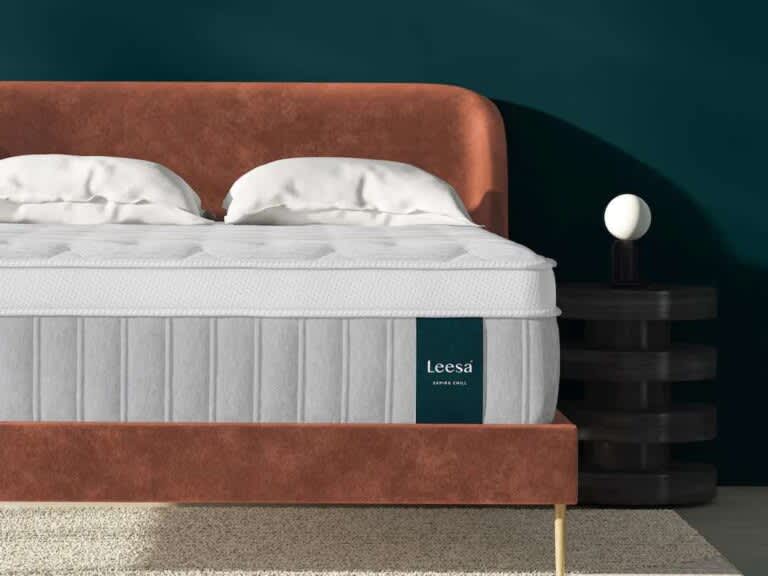
Leesa Sapira Chill Hybrid
A foam hybrid that cushions your body without trapping heat.
Key Details
- Who It’s Best For: Since the Leesa Sapira Chill Hybrid is available in three firmness levels, the mattress is suitable for most sleepers―provided they choose the best option for their sleep position and body type. Our tests show the medium (5) design is a good fit for side sleepers under 130 pounds, while the medium firm (6) and firm (7) models are sturdier options for side sleepers over 230 pounds and back and stomach sleepers who weigh 130 pounds or more.
- Feel: The Sapira Chill Hybrid has a thick comfort system that consists of four individual foam layers, so the mattress feels plush and adaptive when you first get into bed. However, the transitional foam is on the denser side and the coils are zoned to support your midsection, so you’ll notice some pushback as your body settles. Cooling fibers woven into the cover also help ensure a comfortable surface temperature.
- What It’s Made Of: The Sapira Chill Hybrid begins with two layers of adaptive polyfoam, followed by memory foam and transitional foam. Pocketed coils and high-density base foam make up the support core. The coils are zoned to feel more robust beneath your lower back and hips, and reinforced along the perimeter to bolster edge support.
- What We Don’t Like: While the Sapira Chill Hybrid offers above-average motion isolation and pressure relief, its thick foam layers may hinder movement on the surface for people who weigh more than 230 pounds. There’s also some noticeable off-gassing odor when the mattress is removed from its shipping box.
- Why Choose the Leesa Sapira Chill Hybrid: The Sapira Chill Hybrid is a “best-of-both-worlds” option for people who want a mattress that alleviates aches and pains but also doesn’t retain too much heat. Leesa also allows you to exchange the mattress for a softer or firmer model if your first choice isn’t quite right.
Scoring & Reviews
The following ratings show how suitable this mattress is for different sleeping positions and sleeper weights. These scores are determined by how well the mattress supports and relieves pressure for each sleeper type.
In addition to the hands-on feedback from our team, we conduct a number of quantitative tests in our Test Lab. The below ratings are based on the experience of our testers.
SELECT AN ICON TO VIEW DETAILS:
Motion Isolation
In our tests, the Sapira Chill Hybrid’s foam-heavy comfort system absorbed most motion with ease. Even when one tester shifted positions or got up, the other hardly noticed — especially on the medium and medium firm models. For couples, this mattress is a standout in motion isolation for a hybrid.
Pressure Relief
Pressure relief was a top-scoring category across the board. Our side sleepers noted significant cushioning in the hips and shoulders, and even our back sleepers experienced a nice balance of support and contouring. The plush top layers adapted closely without making us feel stuck.
Temperature Control
Though it contains multiple foam layers, the Sapira Chill didn’t trap as much heat as we expected. The open-cell construction and airflow from the coil core helped maintain a neutral sleep temperature for most of our testers — particularly on the firmer options where we didn’t sink in as deeply.
Edge Support
We were impressed with how well the Sapira Chill held up around the edges. The reinforced perimeter coils gave us a stable feel when sitting or lying near the sides of the bed, which is especially helpful for co-sleepers or anyone who likes to spread out.
Ease of Movement
Movement on the Sapira Chill felt smooth, especially for a hybrid with four foam layers. While the softer model had a bit of a “sink-in” feel, the underlying coil support and responsive transition foam made it easy to shift positions or get in and out of bed on all three firmness levels.
Durability
The Leesa Sapira Chill Hybrid earns high marks for durability. As a hybrid mattress that uses four distinct foam layers, two of which are high-density polyfoam, sleepers can rely on cradling support without sinkage. Add to that the pocketed coil layer with individually wrapped springs, and the mattress should provide at least eight years of comfort.
Full Breakdown
If you’re a side sleeper, chances are you’ll prefer a mattress that conforms closely to your body―especially around the shoulders and hips―without sinking too deeply. With the Leesa Sapura Chill Hybrid, you can choose from three firmness levels based on your weight. This selection helps ensure side sleepers can find at least one comfortable option regardless of their body type.
How It Performed
Our team found different pros and cons for each of the Sapira Chill Hybrid’s firmness levels. Personally, I preferred the medium firm (6) model’s balance of light contouring and sturdy, multi-zone support, but other testers felt differently. Those under 130 pounds enjoyed the deep cushioning of the medium (5) design, while most side and back sleepers on our team over 230 pounds preferred the firm (7) model instead.
This mattress contains a lot of foam cushioning—more than 5 inches in the comfort layer alone—so it provides excellent pressure relief and motion isolation compared to other foam hybrids. Most of us also gave the Sapira Chill Hybrid solid ratings for temperature control. You may notice some heat buildup in the top foam layers, but the breathable cover and ample interior airflow help offset this issue to keep you cool.
Inside the Mattress
The Sapira Chill Hybrid’s comfort system consists of four individual layers. Adaptive polyfoam pads the surface to make the mattress feel invitingly plush when you get into bed, while dense memory foam and transitional polyfoam push back against your weight as your body settles.
Pocketed coils make up the support core. These coils are zoned, meaning they feel stronger and bouncier beneath your torso and hips to keep your entire body in even alignment. The perimeter coils are also reinforced to deliver strong edge support when you get in and out of bed.
Trial, Shipping & Warranty
Leesa provides free shipping to all 50 states and backs each Sapira Chill hybrid order with a 120-night sleep trial. You must test out the mattress for at least 30 nights before initiating a return. Your purchase is covered under a lifetime warranty against structural and material defects.
Best Mattress for Back Pain
8.5 /10 Test Lab Score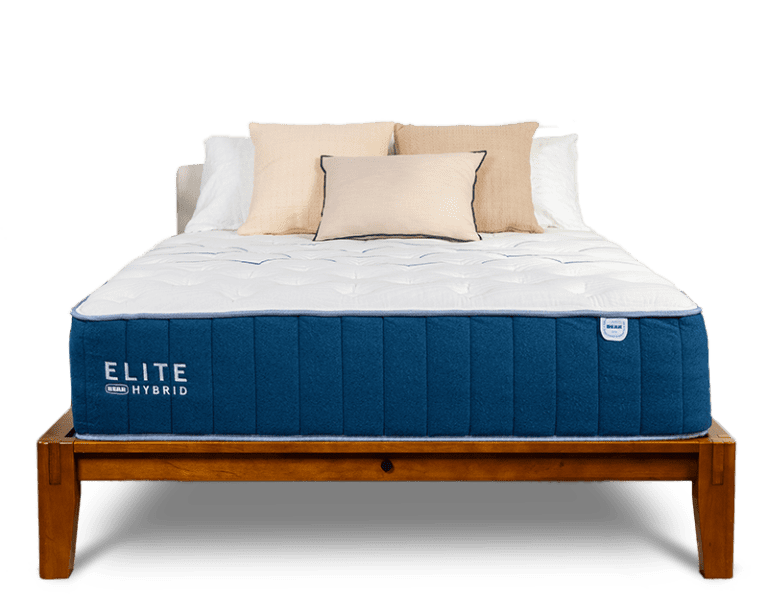
Bear Elite Hybrid
A close-conforming memory foam hybrid offering great pressure relief.
Key Details
- Who It’s Best For: When we measured pressure across the body on each of these mattresses, the Bear Elite scored best for the most types of sleepers. Pressure relief tends to be one of the biggest factors in whether you find a bed comfortable, so this is a big deal. With three firmness options, this bed should suit any sleeping position or weight.
- Feel: The Bear Elite Hybrid has a close-confirming, memory foam feel that relieves pressure on the shoulders and hips. You can also feel the mid-section support from the zoned foam layer.
- What It’s Made Of: A memory foam comfort layer, transitional polyfoam zoned to support the midsection, and a coil support core. It also has an optional celliant cover, which is cool to the touch and is said to promote muscle recovery in athletes.
- What We Don’t Like: At 14 inches, this bed is quite thick, and may require deep pocket sheets for a good fit.
- Why Choose the Bear Elite Hybrid: This bed provides great pressure relief, three firmness options, and a zoned layer of mid-section support. If you’re looking for comfort and quality, you’ve found it.
Scoring & Reviews
The following ratings show how suitable this mattress is for different sleeping positions and sleeper weights. These scores are determined by how well the mattress supports and relieves pressure for each sleeper type.
In addition to the hands-on feedback from our team, we conduct a number of quantitative tests in our Test Lab. The below ratings are based on the experience of our testers.
SELECT AN ICON TO VIEW DETAILS:
Motion Isolation
The Bear Elite Hybrid shows considerable ability to prevent vibrations from traveling across the surface of the mattress. Its memory foam layer only reacts where weight is directly applied, which helps keep movement from causing ripple effects that spread to the other side of the bed.However, the bounce of the coils can cause some motion transfer, especially on the firm model that has a reduced amount of contouring.
Pressure Relief
The Bear Elite Hybrid offers excellent pressure relief that stems from its comfort system and the zoned, pocketed coils in its support core. In our testing, it was side and back sleepers who tended to get the best pressure relief and support. That said, stomach sleepers liked the firm (8) model that maintained a flat, stable surface with just enough cushioning for the midsection.
Temperature Control
This mattress doesn’t feel overwhelmingly hot, but it also probably shouldn’t be the top choice for hot sleepers. The copper-infused foam makes it slightly cooler than some other memory foam mattresses, but heat can still collect in and around the foam. The risk of overheating is highest on the Luxury Plush model because it has the closest contouring around the skin, which may make it harder for heat around the body to dissipate during the night.
Edge Support
Reinforced edges in the support core help give this mattress a solid rating for edge support. While you’ll notice foam compression around the perimeter, it’s not so significant that you’ll feel like the mattress is giving out beneath you.Of the three different firmness options, edge support is clearly strongest in the firm (8) model and weakest in the one with a firmness level of medium (5).
Ease of Movement
When you need to switch your sleeping position or adjust your body’s alignment on the mattress, you generally won’t encounter much resistance. Sleepers over 230 pounds may find that there’s less ease of movement, especially on the softer models. But in most cases, the springiness from the thick layer of pocketed coils enables relatively easy movement on the surface of the Bear Elite Hybrid.
Durability
The Bear Elite Hybrid Mattress scores above average for durability thanks to its pocketed coils, reinforced perimeter, and memory foam and polyfoam layers. The mattress comes in three firmness levels, and going firmer will typically extend the life of the mattress a bit more. Overall, you should expect around seven to eight years of use.
Full Breakdown
Back pain is one of the most common reasons people shop for a new mattress—and the Bear Elite Hybrid stood out for how well it supports the spine and relieves pressure. We picked it as our Best Mattress for Back Pain because of its zoned foam design, which gives extra support where you need it most (like your lower back), without sacrificing overall comfort.
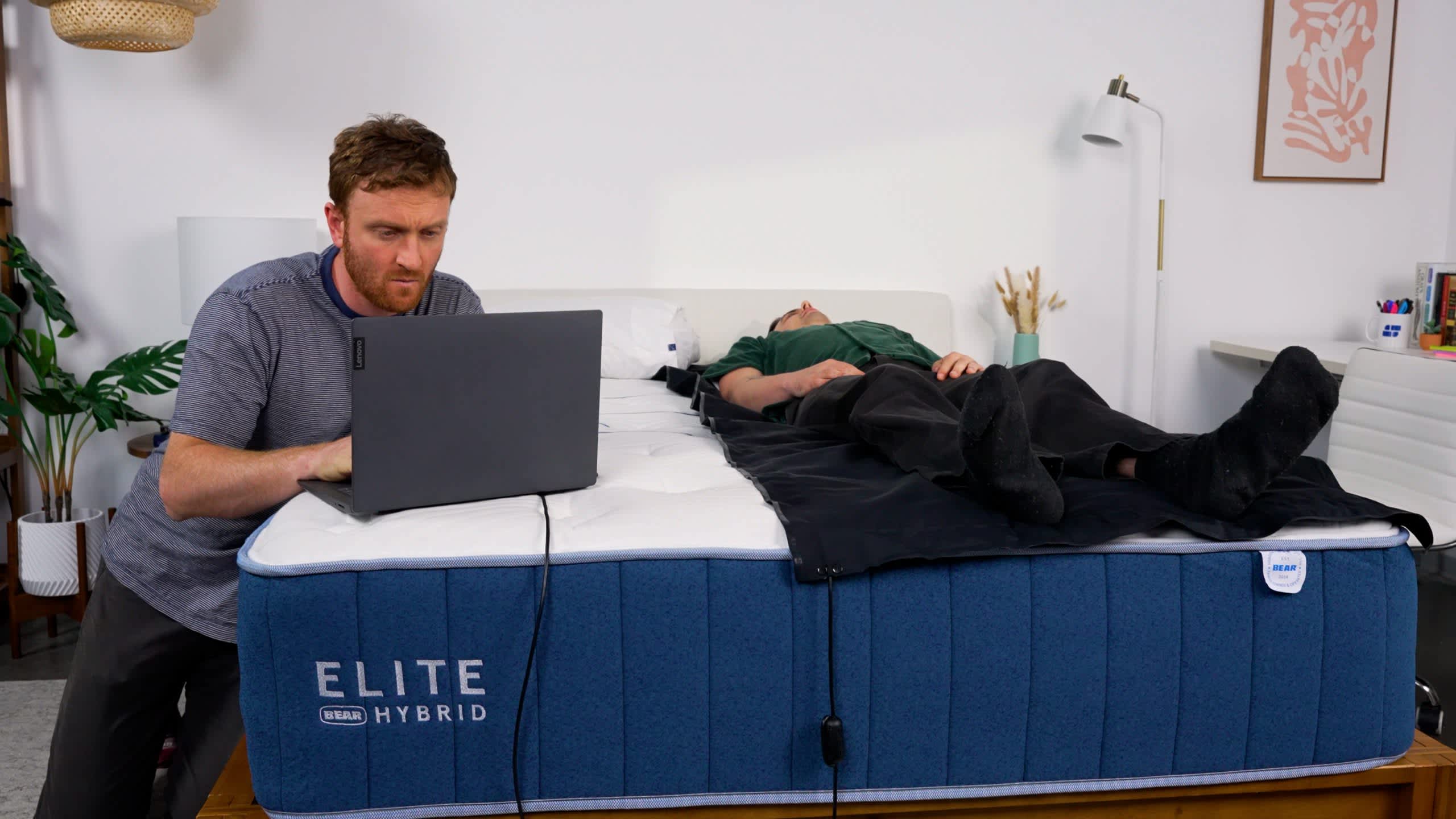
How It Performed
The Elite Hybrid is available in three firmness levels, and our team tested each one. The medium feel (5) offers a softer, more cloud-like surface that worked well for lighter side and back sleepers on our team. The firm version (8) felt much more solid and supportive—great for back and stomach sleepers who weigh at least 130 pounds. The medium firm (6) struck the best balance for side sleepers in that same weight range. This design was my personal favorite, as I tend to gravitate toward medium firm sleep surfaces.
Across the board, I was impressed by how well the Bear Elite Hybrid handled both pressure relief and spinal alignment. It also regulates temperature well, thanks to the breathable coil system and a Celliant-blend cover that stays cool to the touch.
Inside the Mattress
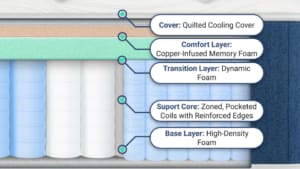
The comfort system starts with gel-infused memory foam that cushions pressure points while pulling heat away from the surface. Below that is a zoned polyfoam layer that reinforces the midsection to prevent sinking, while feeling gentler around the shoulders and hips. The support core uses pocketed coils for targeted support, with thicker coils along the edges for better perimeter stability. A dense foam base keeps everything durable and quiet, and the whole mattress is wrapped in a breathable, Celliant-blend cover.
Trial, Shipping & Warranty
Shoppers in the contiguous U.S. qualify for free shipping when they order the Bear Elite Hybrid. Each order also comes with a 120-night sleep trial, and those who keep the mattress beyond that are also covered with a lifetime manufacturer’s warranty.
Best Cooling Mattress
9.2 /10 Test Lab Score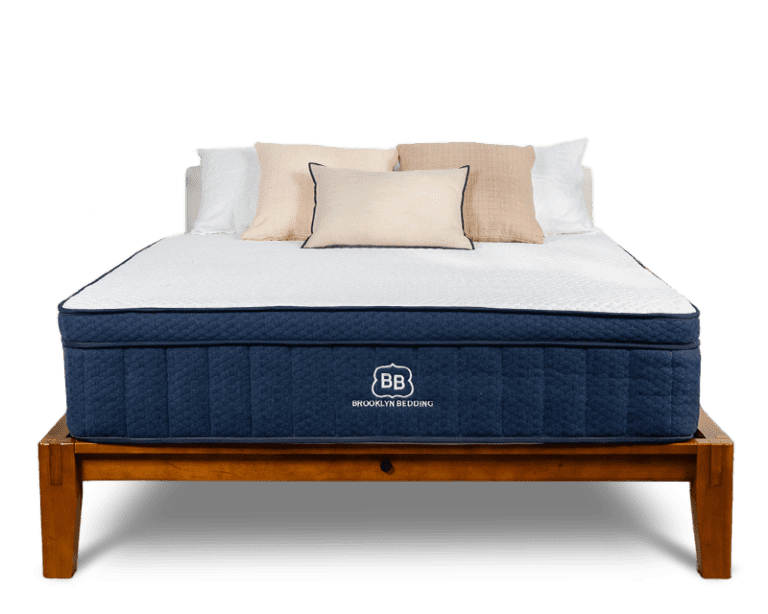
Brooklyn Bedding Aurora Luxe
Luxury hybrid with deep foam layers and cooling technology.
Key Details
- Who It’s Best For: The Brooklyn Bedding Aurora is an awesome all-around mattress that has a firmness option that will suit practically any sleeper type, but its close-conforming cloud-like surface is favored among side and back sleepers. Those who sleep hot at night will be pleasantly surprised that all that foam traps very little heat.
- Feel: The Aurora’s comfort layers are thick, even on the firmer options, and you really get that feeling of sleeping “in” the mattress rather than on it. But since the foam is polyfoam rather than memory foam, it has a nice little bounce to it and feels a bit more breathable.
- What It’s Made Of: There’s a PCM cover that makes the surface cool to the touch, thick polyfoam layers and a coil support core.
- What We Don’t Like: You really sink down into this bed, and it can be a little hard to move around in if you’re not used to it.
- Why Choose the Brooklyn Bedding Aurora Luxe: Foam relieves pressure, but it also retains body heat. The Aurora is a very rare example of a pressure relieving mattress that stays cool. Choose this mattress if you want a best of both worlds experience.
Scoring & Reviews
The following ratings show how suitable this mattress is for different sleeping positions and sleeper weights. These scores are determined by how well the mattress supports and relieves pressure for each sleeper type.
In addition to the hands-on feedback from our team, we conduct a number of quantitative tests in our Test Lab. The below ratings are based on the experience of our testers.
SELECT AN ICON TO VIEW DETAILS:
Motion Isolation
We found the Aurora Luxe provides above-average motion isolation. Although the coil system gives the mattress a somewhat bouncy feel, the bed absorbs movement from sleepers and eliminates most motion transfer across the surface.The medium soft and medium firm Aurora Luxe models isolate motion especially well. The firm model feels a bit springier on the surface, resulting in slightly more transfer, but overall the mattress earns favorable ratings in this category.
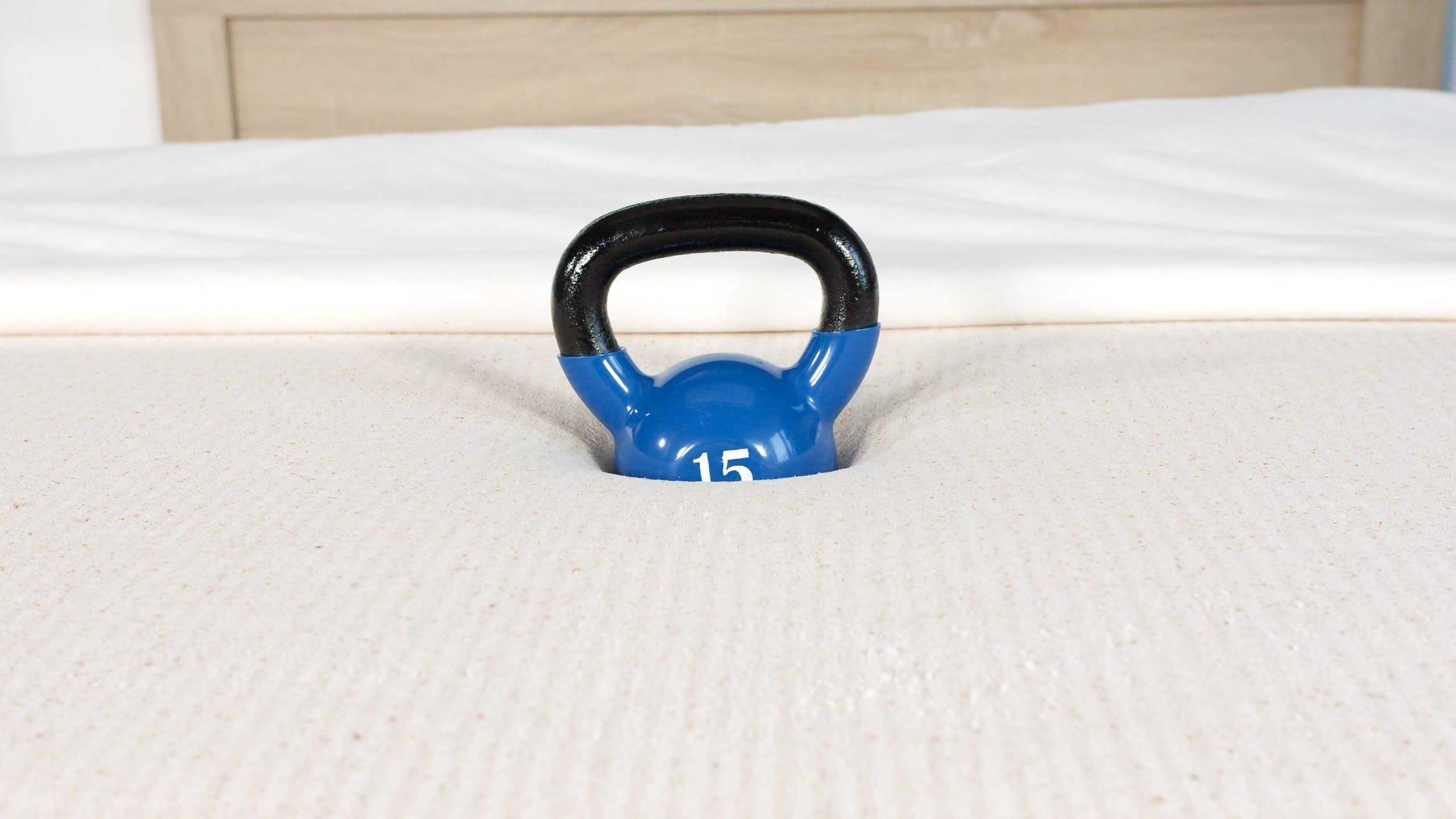
Pressure Relief
Our tests show the Aurora Luxe excels at pressure relief across each firmness level. It’s important to choose a design that reduces pressure for your specific body type and sleep position.If you sleep on your side and/or weigh 130 pounds or less, the medium soft feel should alleviate pressure due to its close contour. If you sleep on your back or stomach and/or weigh 130 pounds or more, the medium firm or firm feel should offer sufficient pressure relief without too much sagging.
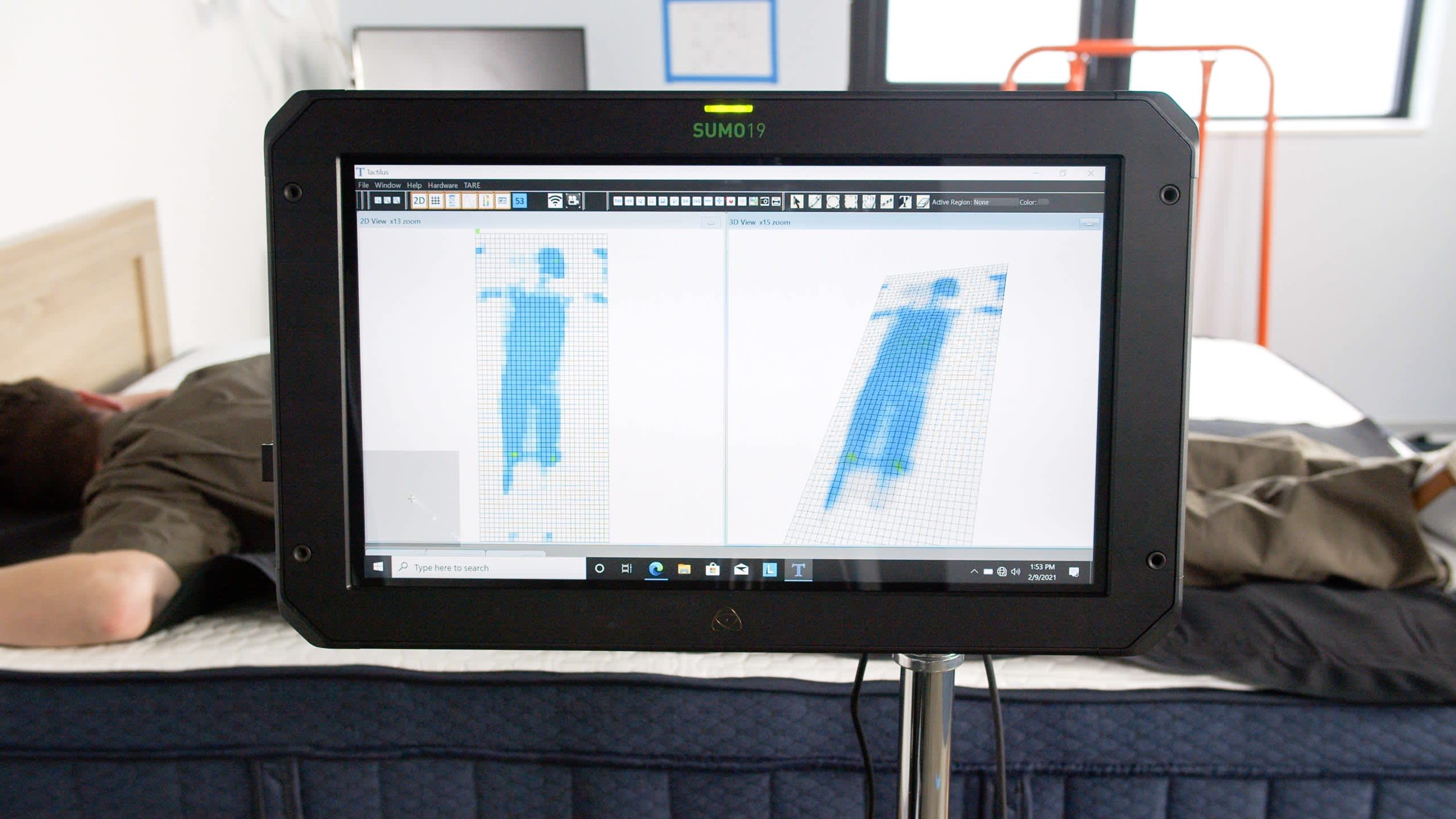
Temperature Control
We ran temperature tests on the Aurora Luxe using thermal cameras and collected subjective feedback from testers who sleep hot. We found the mattress sleeps fairly cool thanks to steady airflow through the coil system. The cover of the Aurora Luxe also has cooling fibers intended to prevent heat buildup.The medium soft model may trap more heat than the other two, since deeper cushioning can restrict airflow. If you’re a hot sleeper, we recommend the medium firm or firm model.
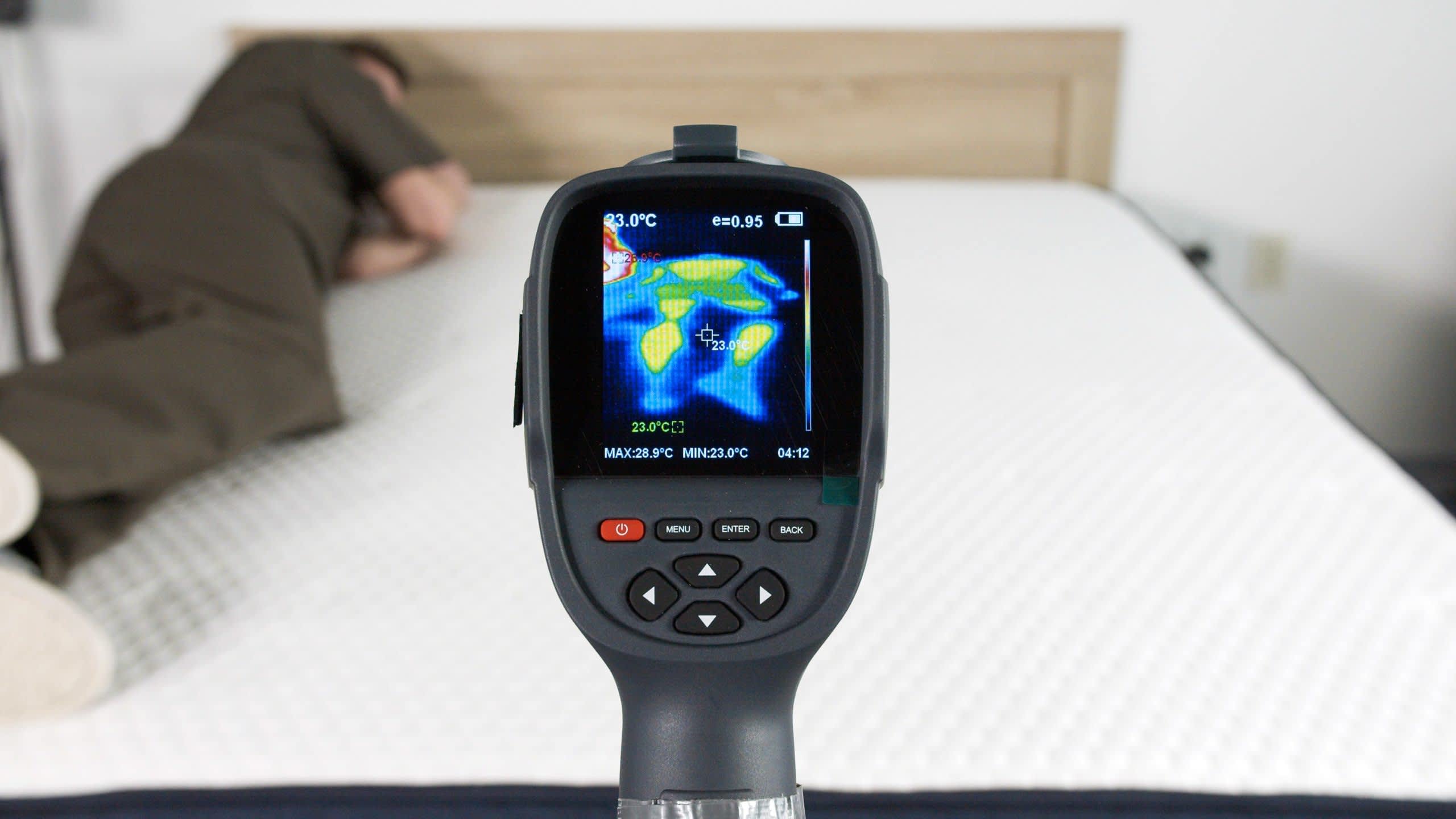
Edge Support
Our testers sat on the edge of the Aurora Luxe and measured how deeply the bed compressed. With pocketed coils and perimeter reinforcement, the Aurora Luxe’s support system was quite robust. You won’t sink too much when getting in and out of bed, as you might on an all-foam mattress.The medium soft Aurora Luxe is a bit weaker along the perimeter than the other two firmness levels. This is especially true for sleepers who weigh more than 230 pounds.
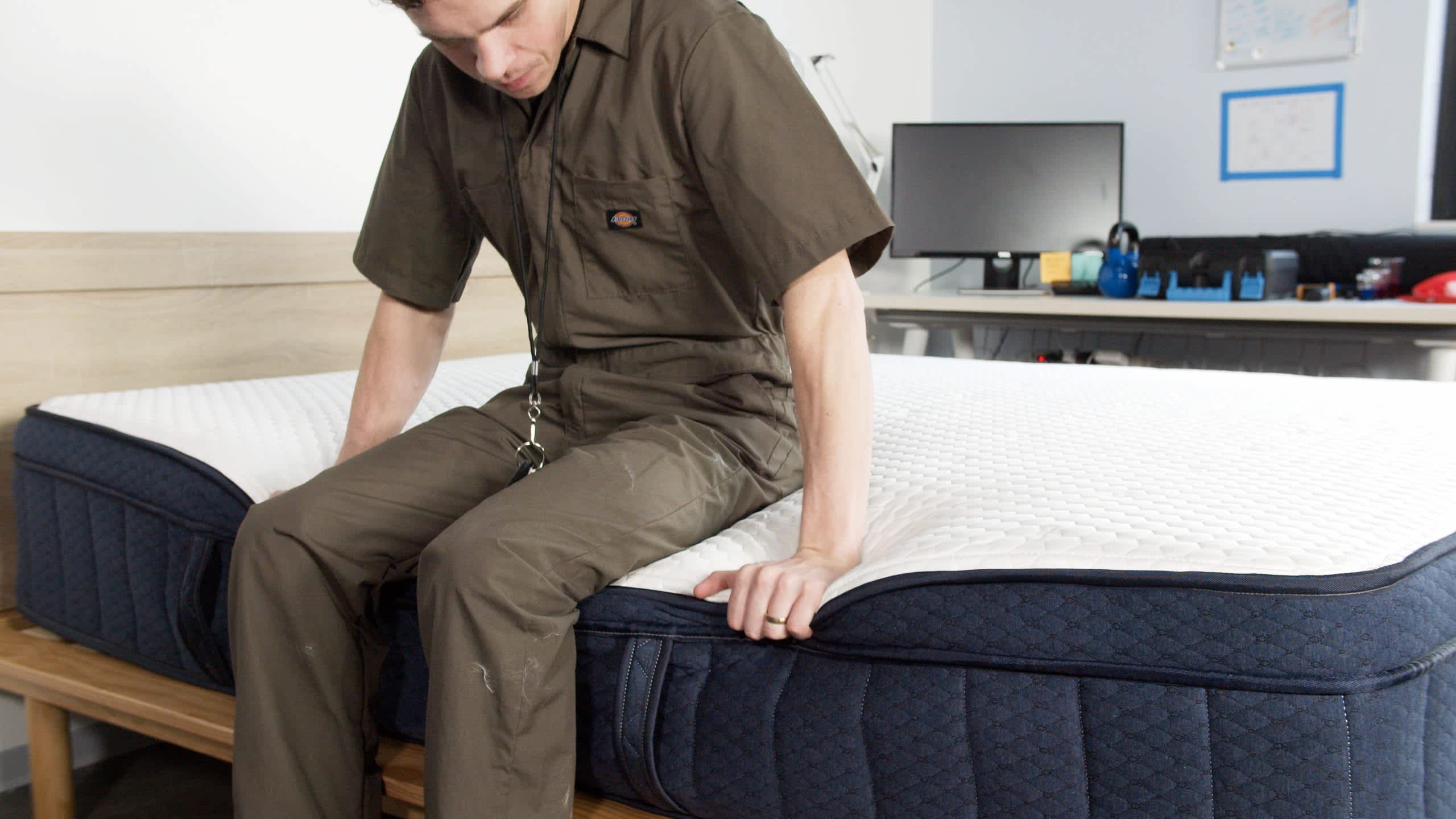
Ease of Movement
Our ease of movement tests, which involve us rolling around on the beds and dropping kettlebells on them to measure how quickly their surfaces recover, show the medium firm and firm models are quite responsive to movement. That said, your body weight and chosen firmness level are key. The firm Aurora Luxe sinks the least and promotes movement well. You may have a harder time moving on the medium soft model because it sinks more. This is especially true for people over 230 pounds.
Durability
Across all four models of the Brooklyn Bedding Aurora Luxe, we expect a longer-than-average lifespan of at least seven to eight years. This mattress uses high-quality foams that maintain their shape over time, even in the softer models. The thick comfort system also helps ensure you won’t sink onto the coils. Given its durable build, we find the Aurora Luxe offers excellent value for money.
Full Breakdown
If you sleep hot, you know how frustrating it is to find a mattress that actually stays cool through the night. That’s what made the Brooklyn Bedding Aurora Luxe stand out—and why I named it our Best Cooling Mattress. Between the breathable coil system, copper-infused foam, and phase change material in the cover, this bed is packed with features specifically designed to pull heat away from your body. It also comes in three firmness options, making it one of the more versatile cooling mattresses I’ve tested.
How It Performed
With three firmness levels to choose from, the Brooklyn Bedding Aurora Luxe offers something for just about everyone. I found the medium firm (6) model struck the best balance of cushioning and support for my body, but there’s a softer version that works well for side sleepers under 130 pounds and a firmer option for back or stomach sleepers over 230.
Edge support is strong, and the surface stayed cool throughout our tests—even during heat-mapping. At the same time, the foam layers do a good job of isolating movement and preventing motion from transferring across the sleep surface. This is important for anyone who shares their bed with a partner and frequently wakes up whenever that person changes positions or gets up in the middle of the night.
Inside the Mattress
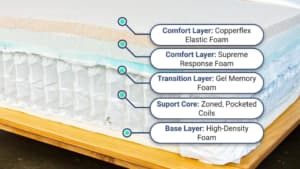
The Aurora Luxe’s comfort system starts with CopperFlex foam, which is infused with copper for added cooling and antimicrobial benefits. Beneath that is TitanFlex polyfoam, which adds bounce and responsiveness. Softer models include a third layer of gel-infused memory foam for extra contouring, while the firm model swaps that out for denser VariFlex foam to boost support.
All versions use a thick pocketed coil system for airflow and structure, with high-density foam at the base for added durability. The coils are zoned for targeted support beneath your midsection. The whole thing is wrapped in a breathable cover treated with TitanCool—a phase change material that actively works to maintain a comfortable surface temperature.
Trial, Shipping & Warranty
Brooklyn Bedding’s free ground shipping is available to shoppers in the contiguous U.S., with additional delivery fees for those in Alaska and Hawaii. The Aurora Luxe comes with a 120-night sleep trial. If you ultimately decide to keep the mattress, it’s also backed by a lifetime warranty against various manufacturing defects.
Best Mattress for Pressure Relief
9.2 /10 Test Lab Score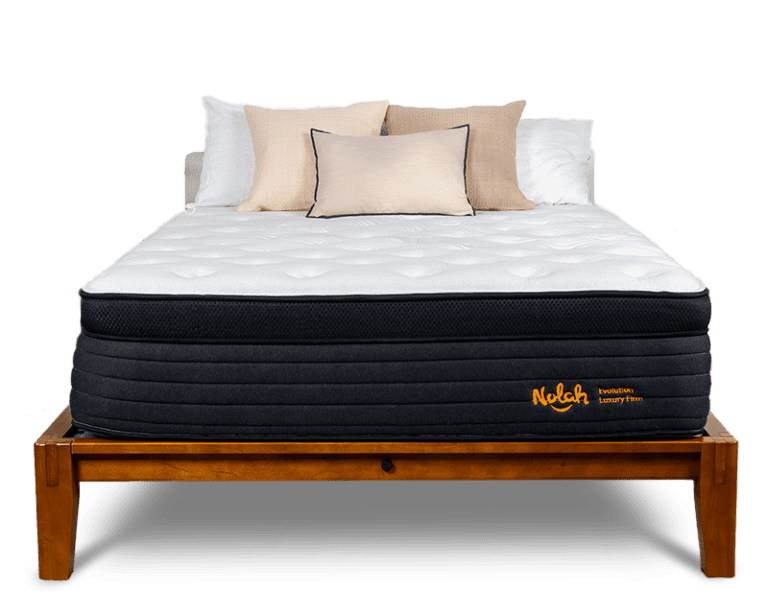
Nolah Evolution 15
A cloud-like experience with a plush euro-top in multiple firmnes options.
Key Details
- Who It’s Best For: In addition to side sleepers, the Evolution’s three different firmness options makes it a good fit for back and stomach sleepers as well. It’s ample cushioning and support make it ideal for people with pain, and its motion isolation and edge support are good for couples.
- Feel: A lot of mattress companies advertise their beds as “cloud-like”, but the Nolah actually gets there. The euro-top paired with the foam layers makes for a very cushy, deep mattress feel. This is generally the preferred feel of side sleepers.
- What It’s Made Of: The cover is made of a proprietary fabric that’s cool to the touch. Under that is a foam euro-top, polyfoam comfort layers, and a coil support core.
- What We Don’t Like: This bed has a starting price of around $1000, which is a bit higher than the average hybrid on this list.
- Why Choose the Nolah Evolution 15: This mattress tested well with just about every sleeper type, but it did phenomenally with side sleepers. If you’re a side sleeper looking for a luxury experience with great pressure relief, go with the Nolah.
Scoring & Reviews
The following ratings show how suitable this mattress is for different sleeping positions and sleeper weights. These scores are determined by how well the mattress supports and relieves pressure for each sleeper type.
In addition to the hands-on feedback from our team, we conduct a number of quantitative tests in our Test Lab. The below ratings are based on the experience of our testers.
SELECT AN ICON TO VIEW DETAILS:
Motion Isolation
Thanks to its thick polyfoam layers, the Nolah Evolution 15 Hybrid absorbs enough movement to prevent most sleep disruptions. However, there is still some motion transfer because of the bounciness of the coils. You can expect the most motion transfer on the firm (8) model and the least on the plush (5) option. Across the board, though, our testers noticed only light motion transfer across all three firmness levels.
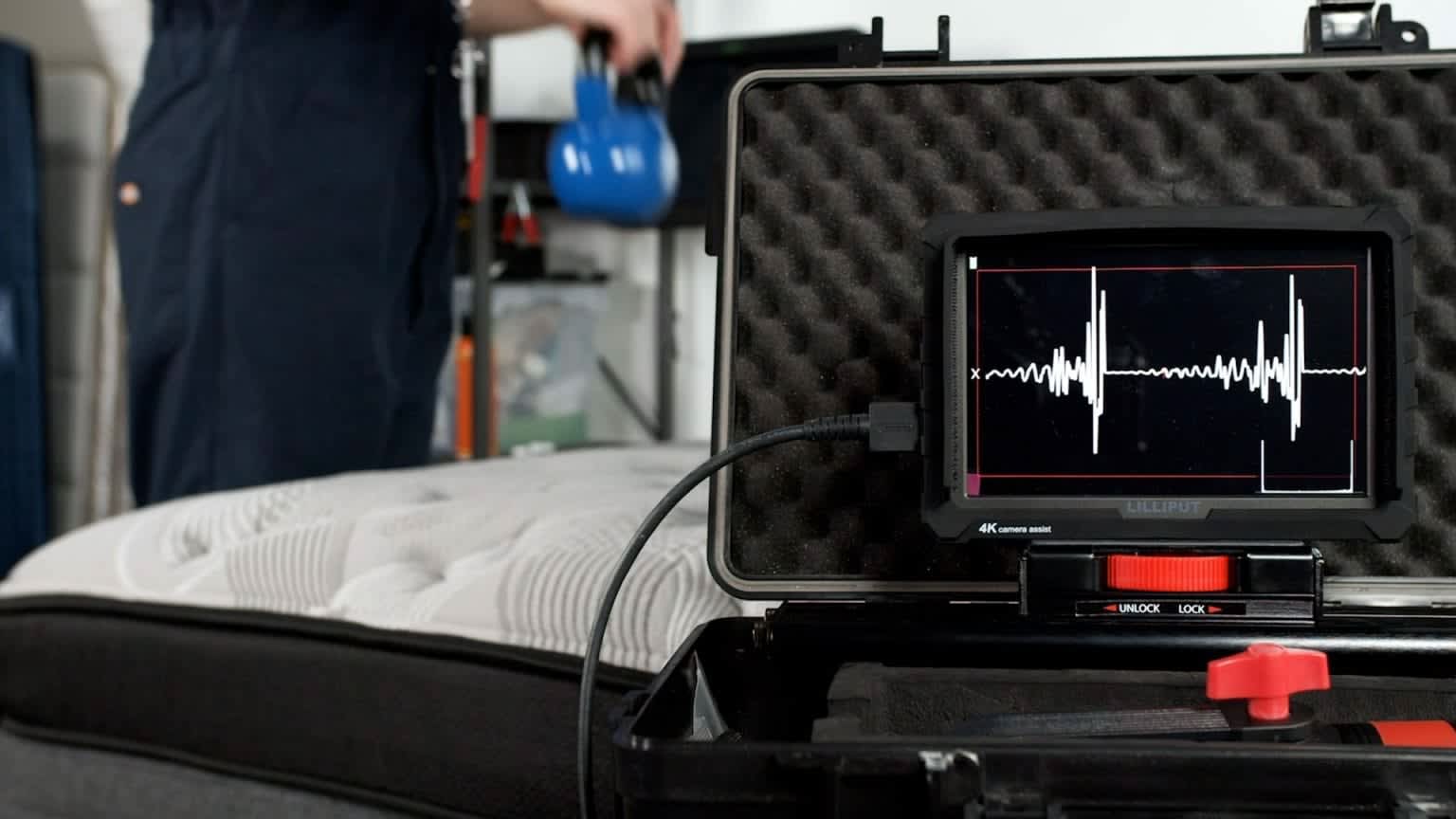
Pressure Relief
The combination of zoned coils and multiple polyfoam layers, including zoned AirFoam, enable the Nolah Evolution Hybrid to cushion pain points and provide above-average pressure relief. Choosing the right firmness option can optimize pressure relief. While individual preferences vary, a plush (5) or luxury firm (6) model works best for most side sleepers under 230 pounds, while the luxury firm (6) or firm (8) are better suited to the majority of back and stomach sleepers.
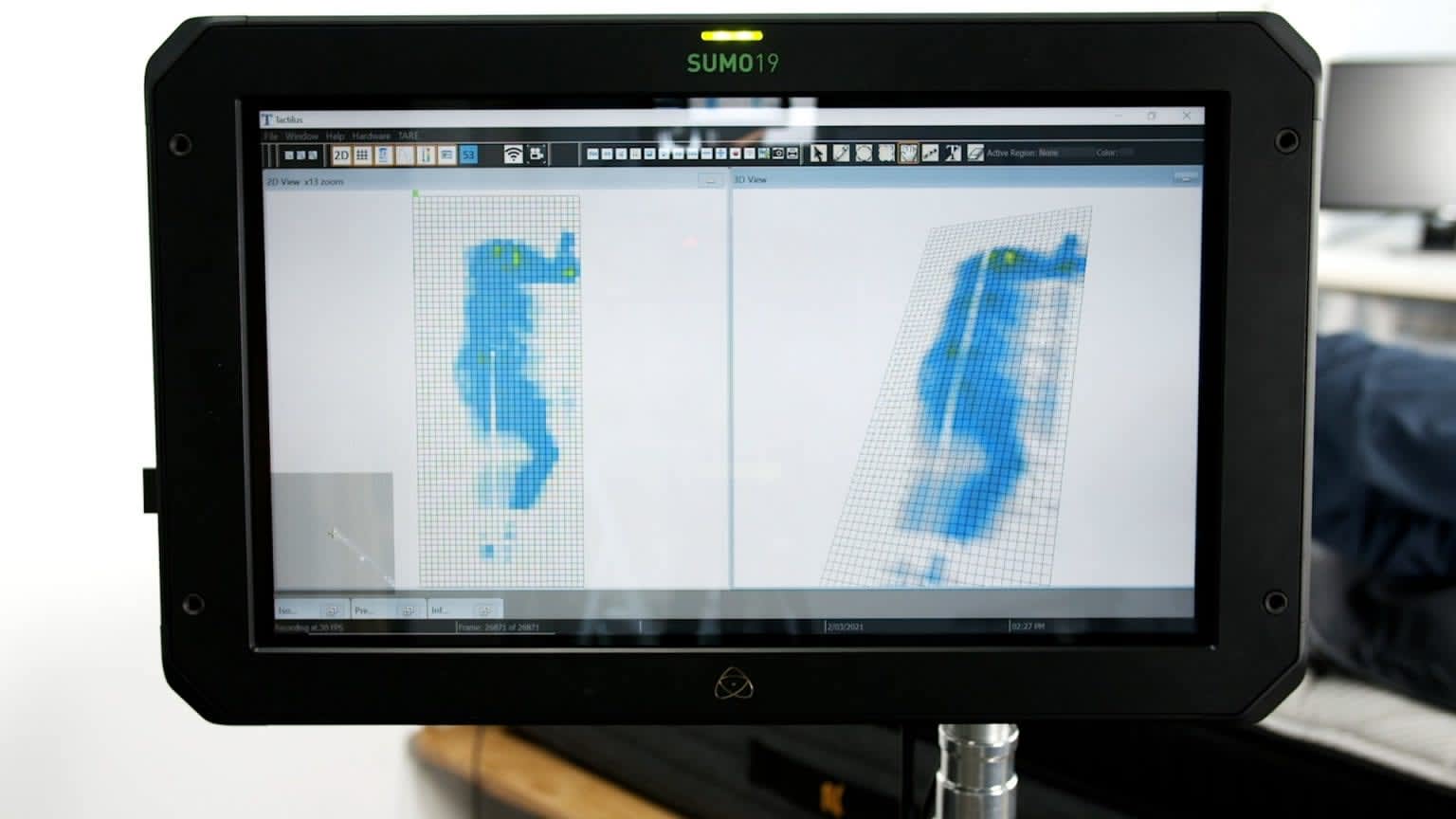
Temperature Control
Like many hybrids, the Nolah Evolution 15 excels at temperature regulation. Cooling fibers in the cover are engineered to draw heat away from the body, and the aerated polyfoam layers help reduce heat retention. The coil layer also promotes steady ventilation.In our testing, all three models resisted heat retention. That said, compared to the firm (8) model, the plush (5) and luxury firm (6) permit more sink and allow slightly less cooling airflow around the skin.
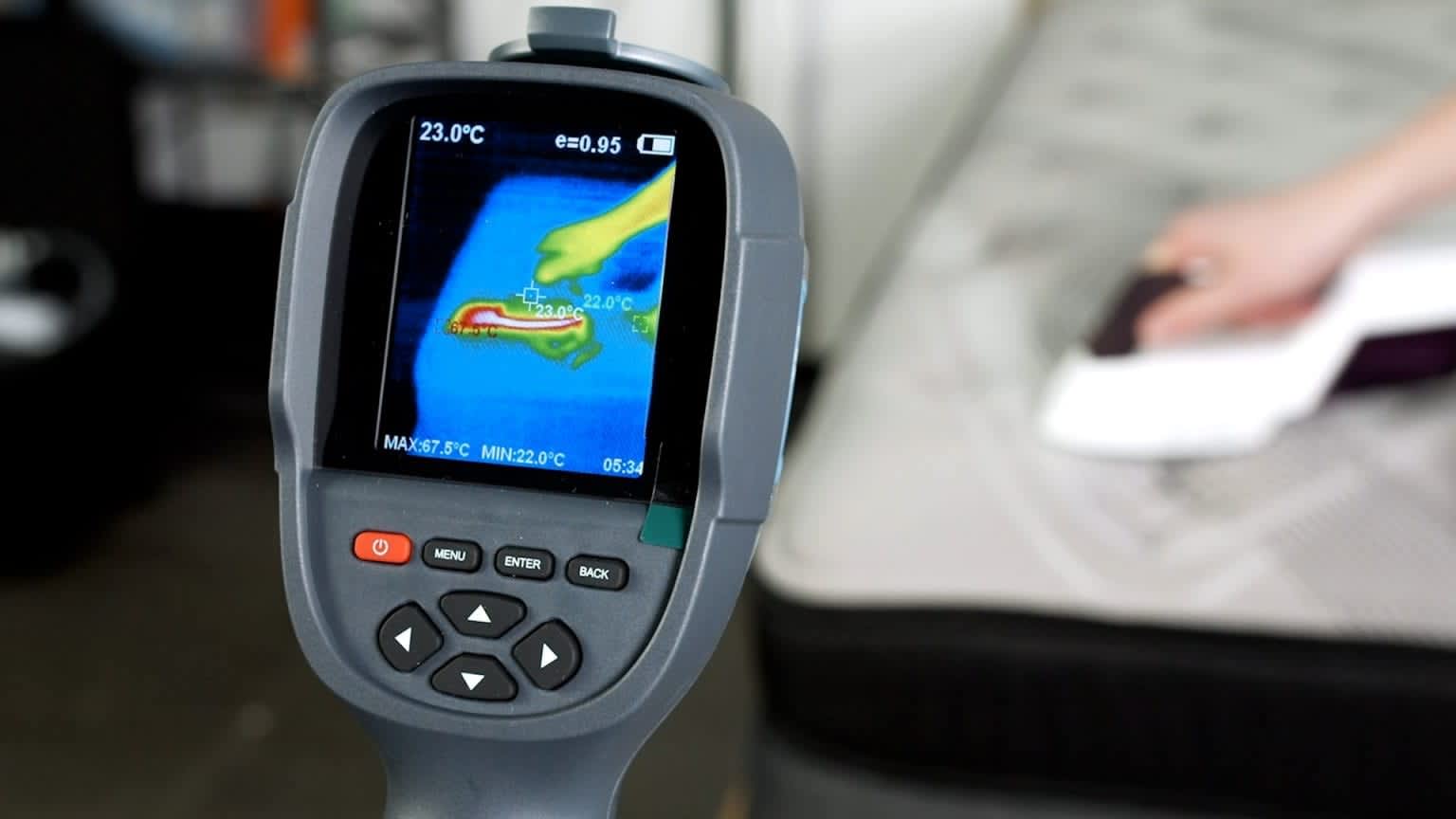
Edge Support
The sturdy 8-inch coils gives the Nolah Evolution Hybrid a reliable level of edge support. While there can be some sink from the foam layers, resilient polyfoam prevents instability around the perimeter of the bed.Edge support does vary based on the firmness level. Our team noticed a reduction in edge support between the firm (8) and the luxury firm (6) and plush (5) models. Even on the softer models, though, you get solid edge support from this mattress.
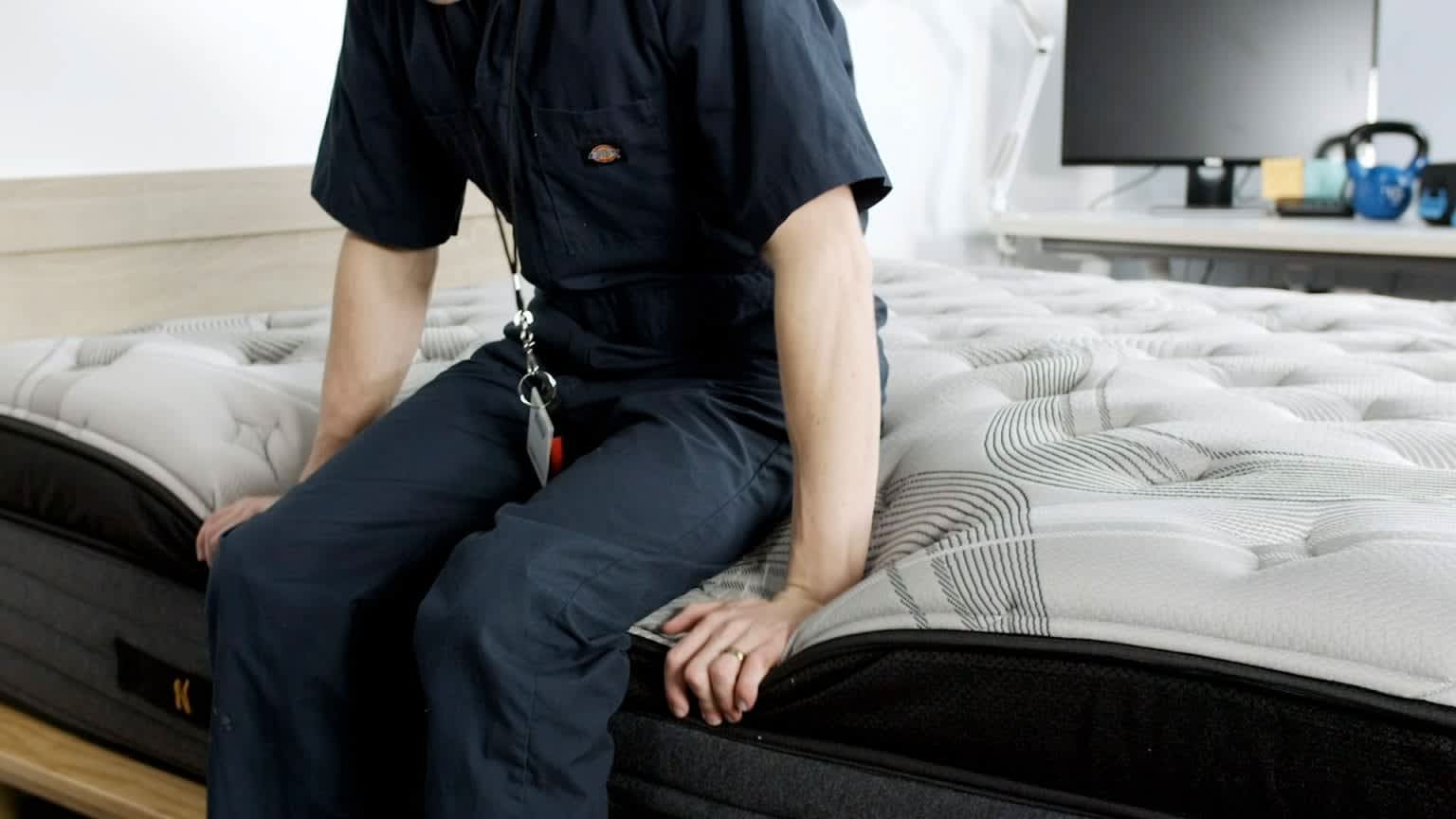
Ease of Movement
The Nolah Evolution 15’s foam layers don’t sink or hug excessively, and the bounce of the coils facilitates movement on the surface. This makes this mattress a solid fit for combination sleepers or anyone who hates feeling stuck in place when lying in bed. With its softer surface, the plush (5) model restricts movement a bit more than the other two. The firm (8) model provided standout ease of movement to all of our sleepers.
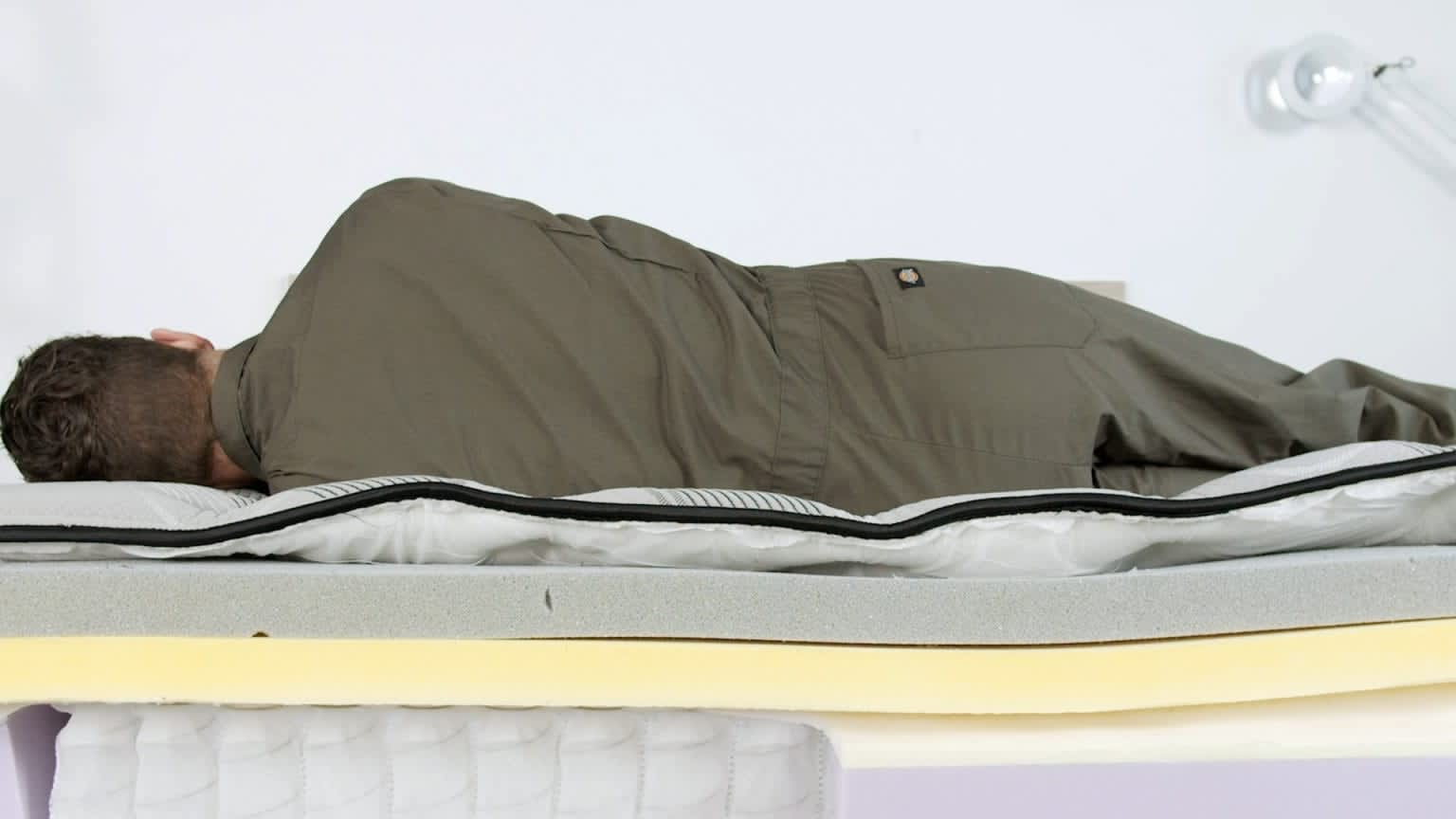
Durability
With a stunning 15-inch profile, seven inches of which are polyfoam found in the comfort layer, the Nolah Evolution 15 is a highly durable mattress. Beneath that are 8-inch coils to give the bed more support. If longevity is your main concern, going with the firmer of the three options may extend the life a bit more. Otherwise, you can generally expect around eight or nine years of comfort.
Full Breakdown
When you’re dealing with pressure-related pain, you need a mattress that cushions your hot spots without letting you sink in too far. That’s why our team picked the Nolah Evolution 15 as our Best Mattress for Pressure Relief. The Euro-top has a plush, cloud-like feel, but underneath, there’s enough structure to keep your spine aligned. With three firmness options, it’s also easy to find the right balance of contouring and support based on your sleeper profile.
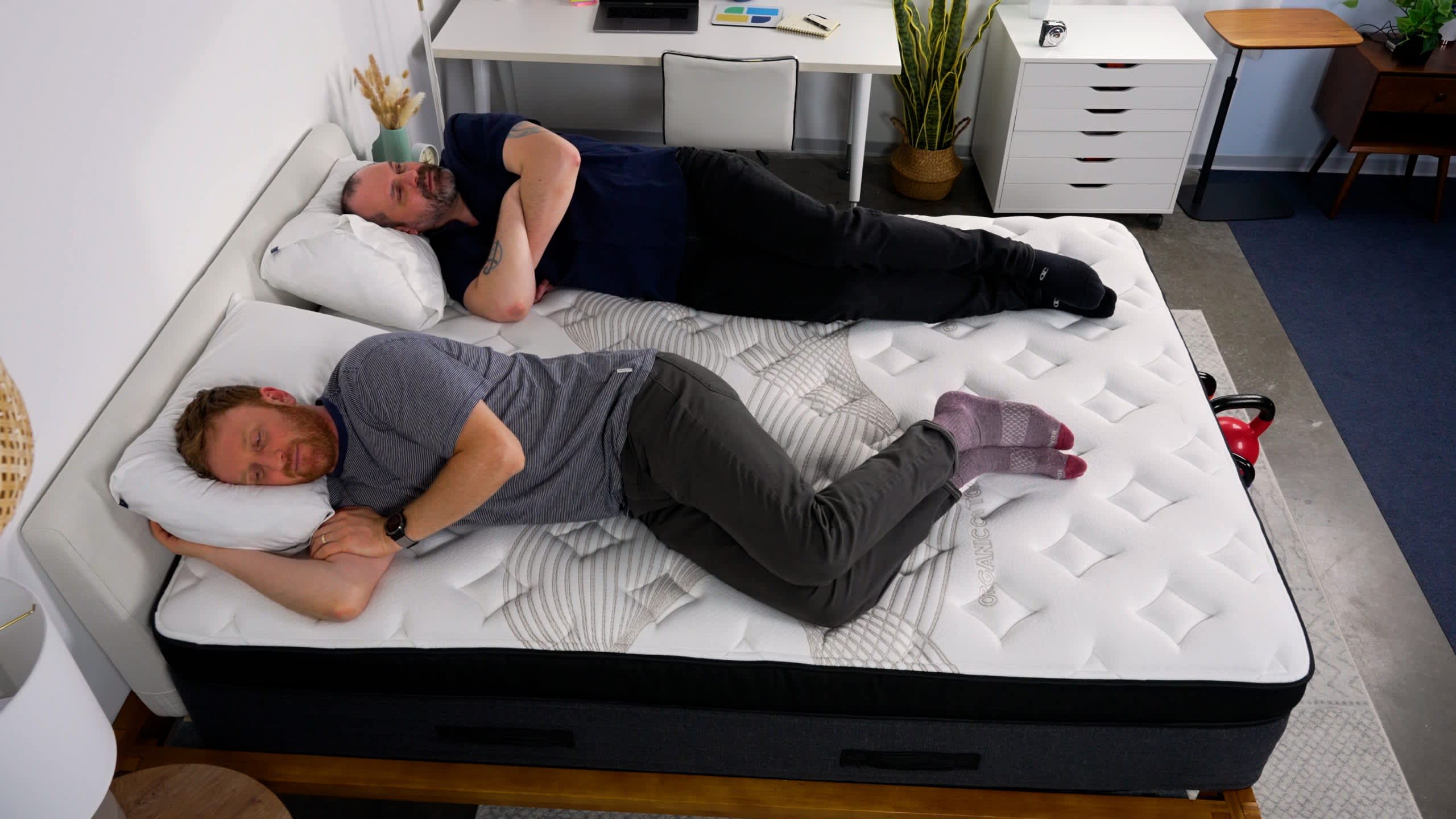
How It Performed
Our team tested all three of the Nolah Evolution 15’s firmness options. The plush (5) model offered deep contouring and was a favorite among testers under 130 pounds. If you need more support, the luxury firm (6) or firm (7) models are safer bets—I found the luxury firm hit that sweet spot for cushioning pressure points without feeling too soft or sinking beneath my midsection.
Zoned coils helped reinforce the lower back and hips while offering gentler cradling for the shoulders, which made a big difference for the side and combination sleepers on our team. It also sleeps surprisingly cool, thanks to graphite-infused foam and strong airflow through the coil system.
Inside the Mattress
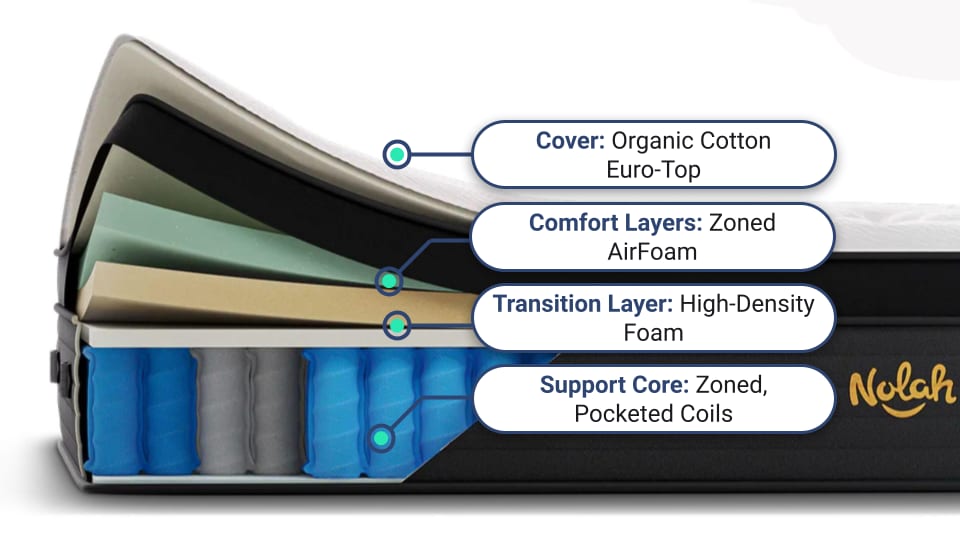
The comfort system starts with Nolah’s AirFoamICE, a proprietary polyfoam that feels similar to memory foam but sleeps cooler. This layer is encased in a plush Euro-top and supported by denser transitional foam layers to prevent sagging. The pocketed support coils are zoned to give more support where you need it most—like the midsection—while easing up around lighter areas. Reinforced edge coils also give the mattress a stable, usable perimeter. A moisture-wicking organic cotton cover woven with cooling ArcticTex fibers helps the surface maintain a comfy temperature.
Trial, Shipping & Warranty
Free shipping is available to Nolah shoppers in the contiguous U.S., and each Evolution 15 purchase includes a 120-night sleep trial. You’ll also receive a lifetime warranty that covers manufacturer’s defects as long as you own the mattress.
Best Firm Mattress
8.2 /10 Test Lab Score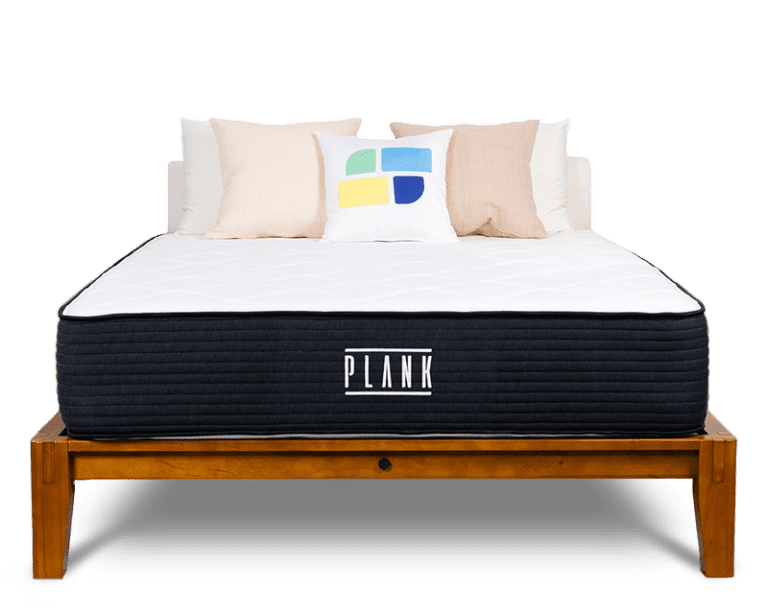
Plank Firm Luxe
High-end flippable bed that’s firm on one side, and even firmer on the other.
Key Details
- Who It’s Best For: First and foremost, this bed is best for people who like a firm mattress. Generally this includes stomach sleepers, heavier back sleepers, and some heavier side sleepers. It’s also a good option for sleepers who tend to run hot at night.
- Feel: The Plank is named the Plank for a reason, it’s a firm, flat surface. The heavier you are, the more the foam on the surface will conform to your body, but there generally isn’t a ton of give on this one. One side is a bit firmer than the other, but they’re both quite firm.
- What It’s Made Of: The Plank Firm Luxe consists of a coil support core sandwiched between two high-density foam comfort layers.
- What We Don’t Like: This mattress will be too firm for most sleepers. It’s a niche mattress.
- Why Choose the Plank Firm Luxe: If you’re heavier, sleep on your stomach, or just love a firm mattress, this is built for you. The flippable design gives you some optionality as well, so you don’t have to commit to one firmness.
Scoring & Reviews
The following ratings show how suitable this mattress is for different sleeping positions and sleeper weights. These scores are determined by how well the mattress supports and relieves pressure for each sleeper type.
In addition to the hands-on feedback from our team, we conduct a number of quantitative tests in our Test Lab. The below ratings are based on the experience of our testers.
SELECT AN ICON TO VIEW DETAILS:
Motion Isolation
The Plank Firm Luxe has lower ratings for motion isolation than most hybrid mattresses.Because of its firmness and bouncy coils, the Plank Firm Luxe has limited ability to absorb motion that happens when there’s movement on another part of the mattress. With less cushioning, the extra firm (9) side tends to permit more motion transfer.Couples who are worried about sleep disruptions from movement may prefer a mattress with foam materials that better absorb vibrations.
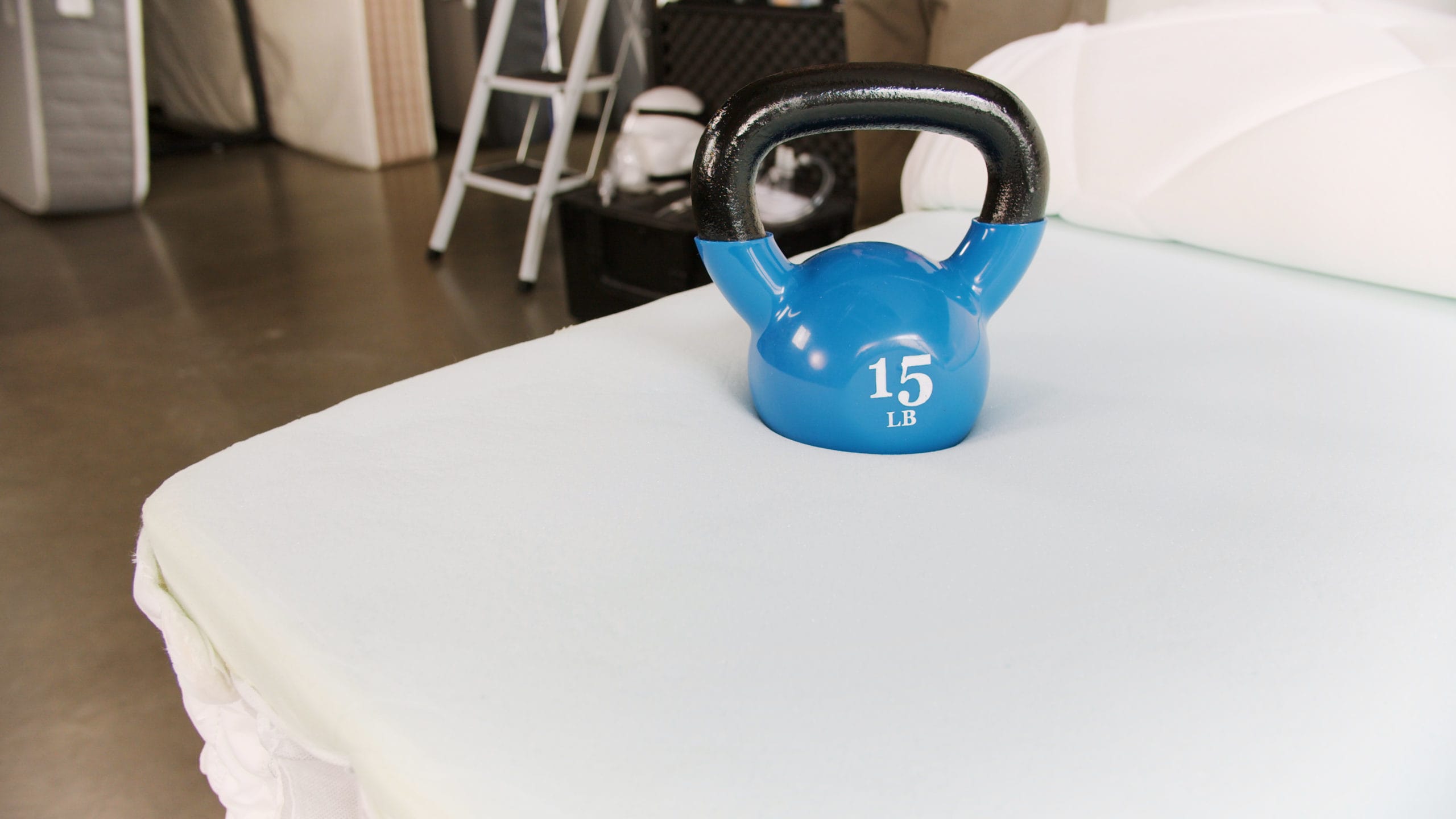
Pressure Relief
A lack of pressure relief is one of the main drawbacks of the Plank Firm Luxe Mattress. The firm (7) side has limited ability to cradle the joints, and the extra firm (9) side offers even less cushioning.That said, this mattress isn’t built to hug sleepers and provide a cloud-like feel. Instead, it is meant precisely for people who need or prefer a harder sleep surface. Based on our testing, the mattress appeals most to back and stomach sleepers.
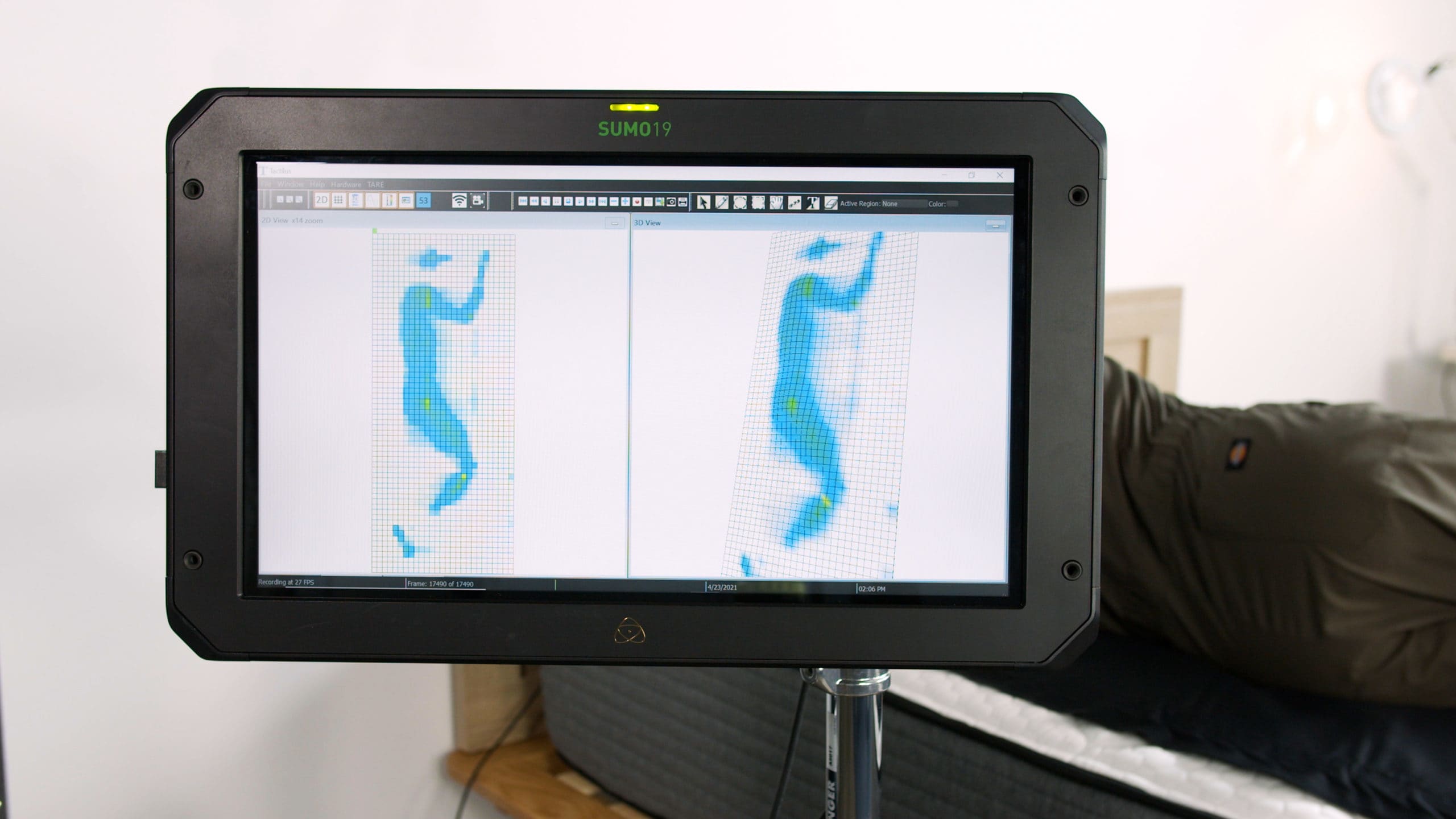
Temperature Control
We found that the Plank Firm Luxe offers above-average temperature control. None of our testers complained about overheating, especially when using the extra firm (9) side. Since sleepers don’t sink into the mattress, there’s plenty of room for airflow around the skin, which helps the body naturally regulate its temperature.For hot sleepers who want extra cooling features, the optional cooling cover can make it even easier to avoid waking up in a sweat.
Edge Support
Because of its firmness, the Plank Firm Luxe has excellent edge support. The extra firm (9) side of the mattress is particularly supportive around the perimeter, but both sides allow you to comfortably sit or sleep near the edge of the bed. Strong edge support also makes getting in and out of bed easier.
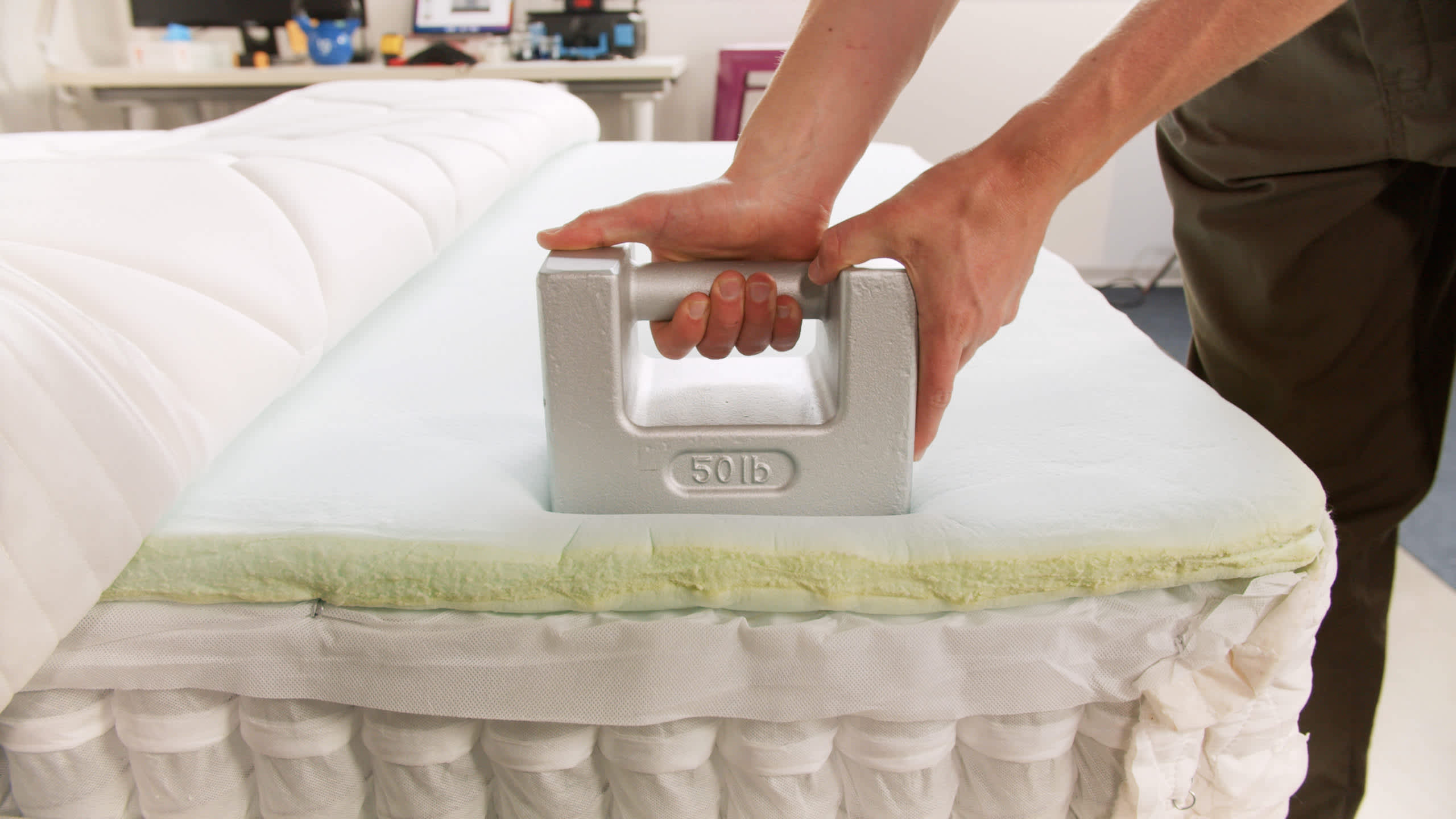
Ease of Movement
Our testers had very few problems when they wanted to move around on the surface of the Plank Firm Luxe. The firmness level means that you don’t sink into the mattress, so there’s little resistance when you want to adjust your body’s positioning. The bounce of the coils also contributes to the high marks for ease of movement for the Plank Firm Luxe.
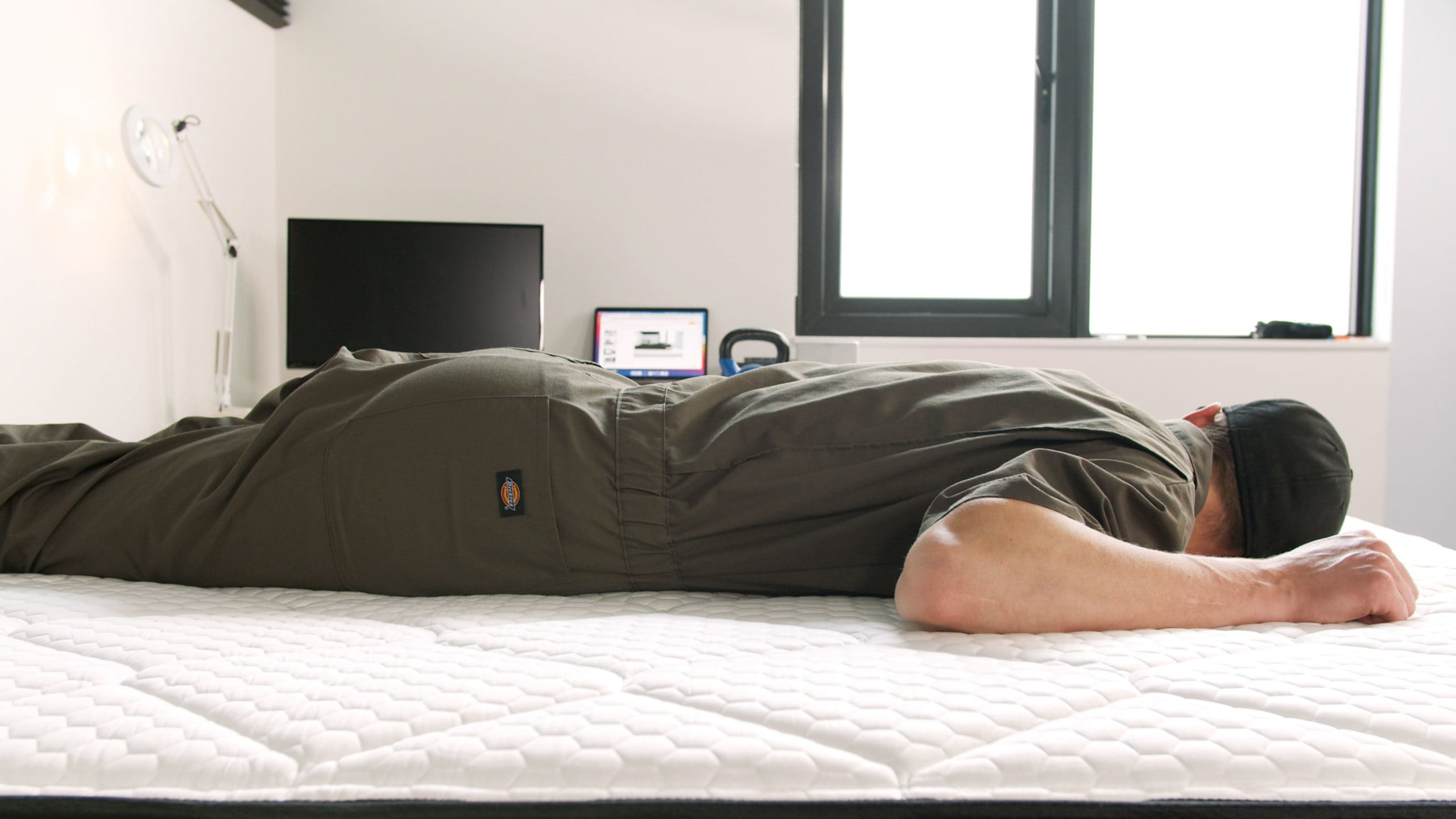
Durability
Full Breakdown
If you like your mattress on the firmer side—or really firm—the Plank Firm Luxe is hard to beat. We chose it as our Best Firm Mattress because it’s one of the few beds out there that’s flippable, with a firm feel on one side and an extra firm feel on the other. Both surfaces felt incredibly supportive during testing, and it was especially popular with back and stomach sleepers who prefer a no-sink surface and solid spinal alignment.
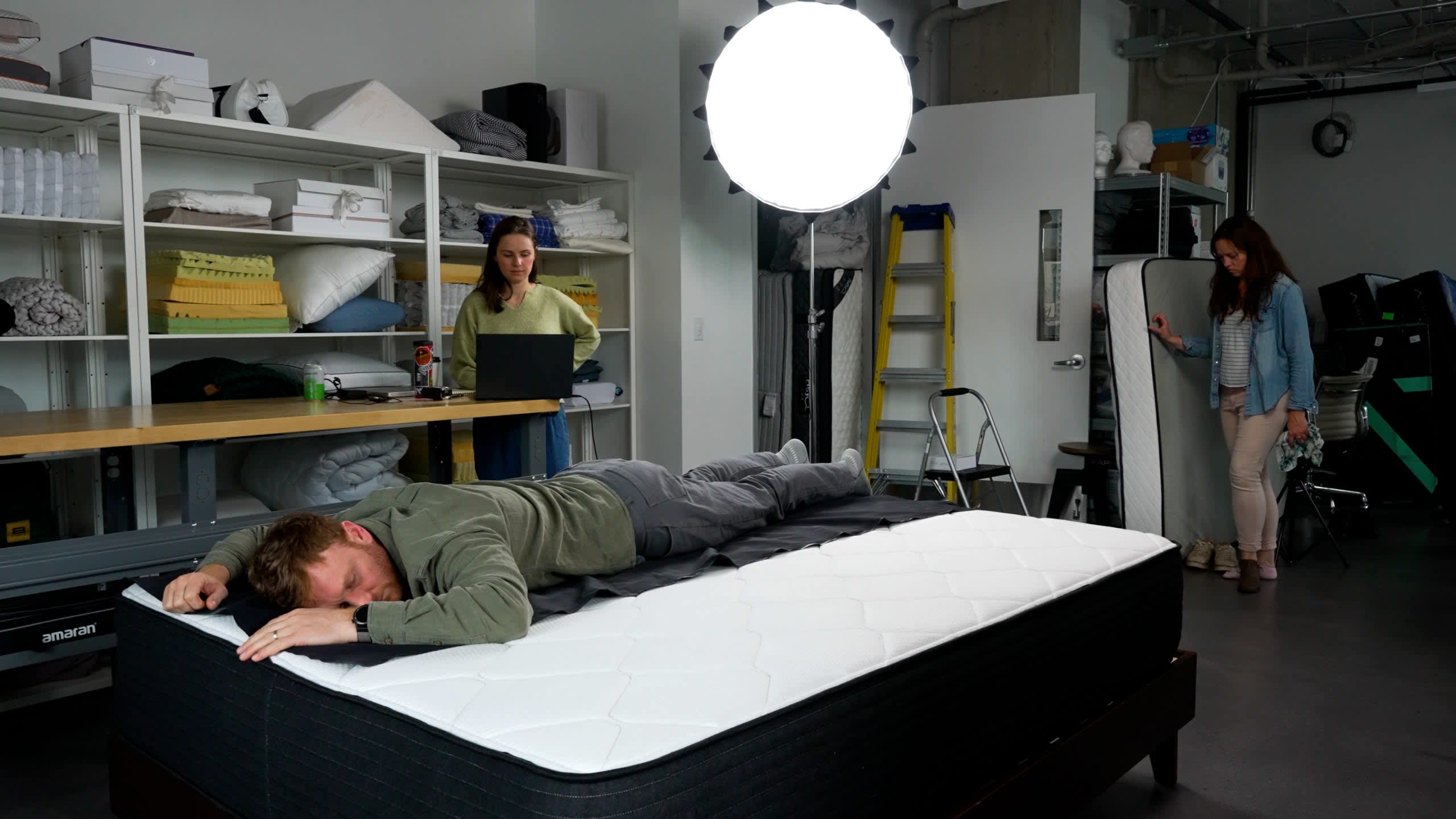
How It Performed
I liked the Plank Firm Luxe, even if both surfaces were a bit too firm for my liking. The firm side (7) has a bit of give without compromising on support, while the extra firm side (9) is dense and ultra-flat—ideal for people who want zero plushness or conforming. Our testers over 230 pounds who sleep on their back and/or stomach found both sides comfortable.
I also noticed how stable the edges were and how easy the Plank Firm Luxe was to move on, which is a bonus if you don’t like feeling “stuck” in your mattress. Temperature control was strong across both sides, and it only got better with the optional cooling cover.
Inside the Mattress
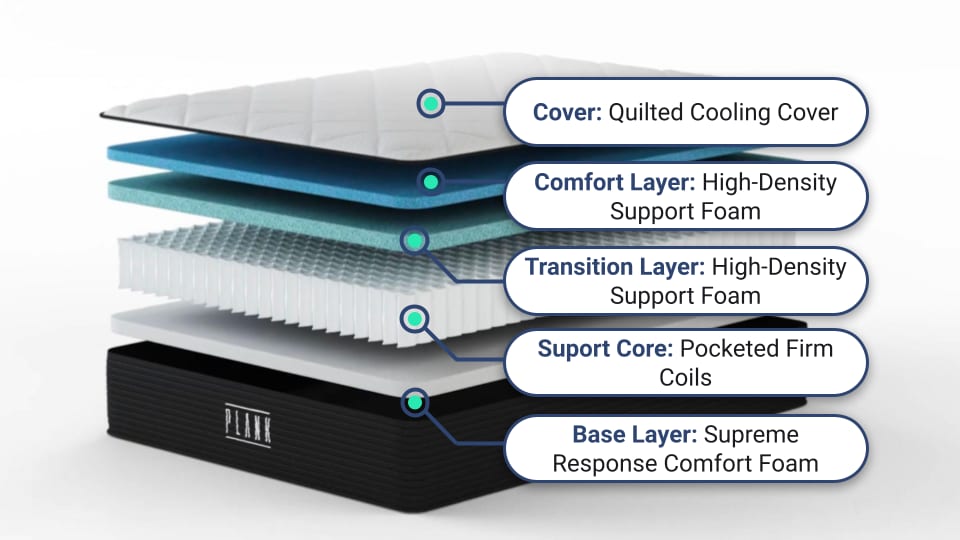
The Plank Firm Luxe’s firm side has quilted fibers on top, followed by layers of responsive and high-density polyfoam that offer just a hint of contouring. Flip the mattress over and the extra firm side uses a thinner quilted layer and a single dense foam layer for maximum firmness. Between both sides is a pocketed coil system that adds structure, bounce, and airflow.
The whole mattress is wrapped in a breathable knit cover, and you can upgrade to a phase change material (PCM) cooling cover if you want even stronger temperature regulation.
Trial, Shipping & Warranty
As part of the Brooklyn Bedding family, Plank’s customer policies mirror those of its parent company. These include free shipping throughout the contiguous U.S., a 120-night sleep trial with returns accepted after you’ve slept on the Plank Firm Luxe for at least 30 nights, and a lifetime warranty against material and structural defects.
Best Mattress for Combination Sleepers
8.5 /10 Test Lab Score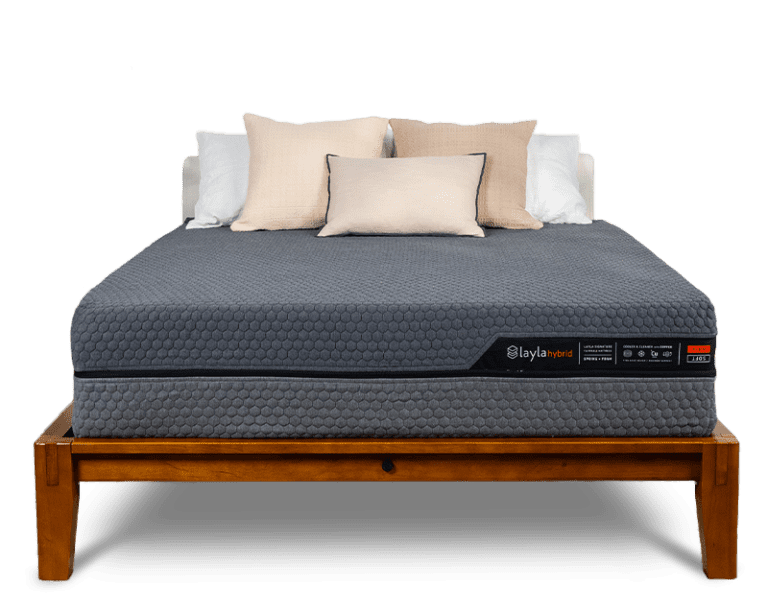
Layla Hybrid
A close-conforming, flippable hybrid with a different firmness on each side.
Key Details
- Who It’s Best For: This flippable mattress is great for sleepers who want two entirely different mattress feels at their disposal on any given night. The softer side is more ideal for lighter sleepers and side sleepers, whereas the firmer side is better for back sleepers and those a bit on the heavier side.
- Feel: The Layla has foam comfort layers that conform closely to the sleepers body. The softer side relieves more pressure, and the firmer side is a bit easier to move around in, but they both have the hugging memory foam feel.
- What It’s Made Of: Each side has memory foam comfort layers, with the softer side having thicker layers. In the middle is a coil support core.
- What We Don’t Like: If you’re a combination sleeper that changes positions throughout the night, then you can’t really make use of the multiple firmnesses without flipping the mattress.
- Why Choose the Layla Hybrid: If you like a memory foam feel and want two firmness options in one mattress, then choose the Layla Hybrid.
Scoring & Reviews
The following ratings show how suitable this mattress is for different sleeping positions and sleeper weights. These scores are determined by how well the mattress supports and relieves pressure for each sleeper type.
In addition to the hands-on feedback from our team, we conduct a number of quantitative tests in our Test Lab. The below ratings are based on the experience of our testers.
SELECT AN ICON TO VIEW DETAILS:
Motion Isolation
The Layla Hybrid has better motion isolation than the average hybrid mattress, especially on the soft side. Since the mattress uses memory foam in the comfort system, it absorbs movements and prevents them from transferring across the bed. The coils in the support core are pocketed, meaning they respond individually to pressure and minimize motion transfer. The firm side still isolates motion well since it incorporates memory foam in its comfort system.

Pressure Relief
A thicker memory foam layer on the Layla Hybrid’s soft side conforms closely to the body and cushions pressure points at the shoulders, back, and hips. This is especially helpful for side sleepers and sleepers under 130 pounds.The firm side is better for back and stomach sleepers who weigh 130 pounds or more. This side gently contours to the body but has less foam padding and provides more support. This side is likely too firm to reduce pressure for sleepers under 130 pounds.
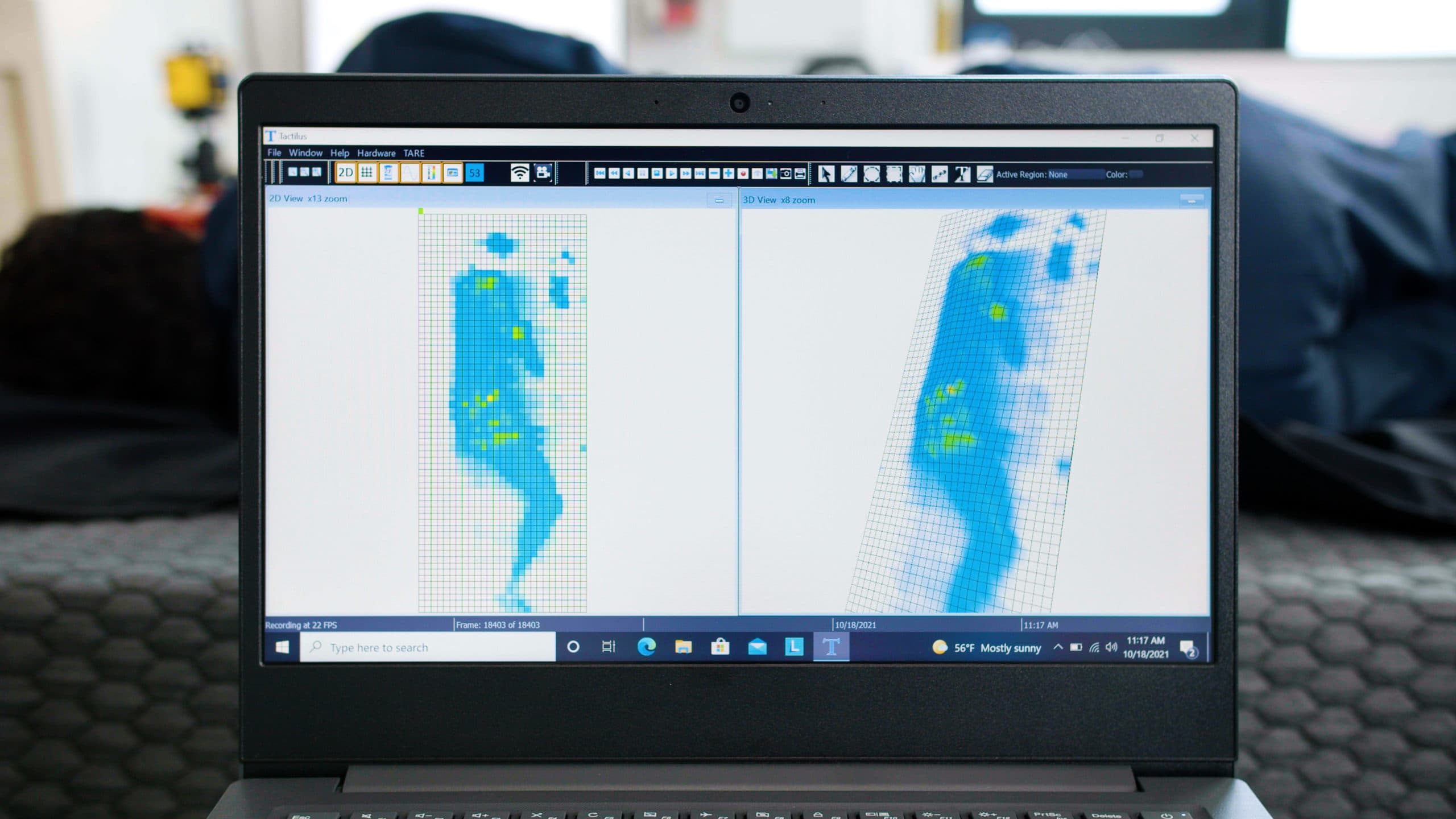
Temperature Control
The Layla Hybrid doesn’t sleep as hot as other memory foam hybrids, but how cool it feels depends on which side you’re using. Both sides incorporate copper-infused memory foam that draws heat away from the body. The coils add airflow and dissipate heat. The soft side of the mattress conforms more closely and can restrict airflow around the body. The firm side of the Layla Hybrid allows more air to circulate more easily around the body. Hot sleepers should prefer this side.

Edge Support
The Layla Hybrid has lower gauge coils around the perimeter to bolster the edges of the bed. Having sturdy edge support increases the usable surface area of the mattress. Sleepers should feel supported sleeping near the edge of the bed. Those who often sit near the edge of the bed and those who need additional assistance getting in and out of bed will also notice the robust edge support of the mattress.
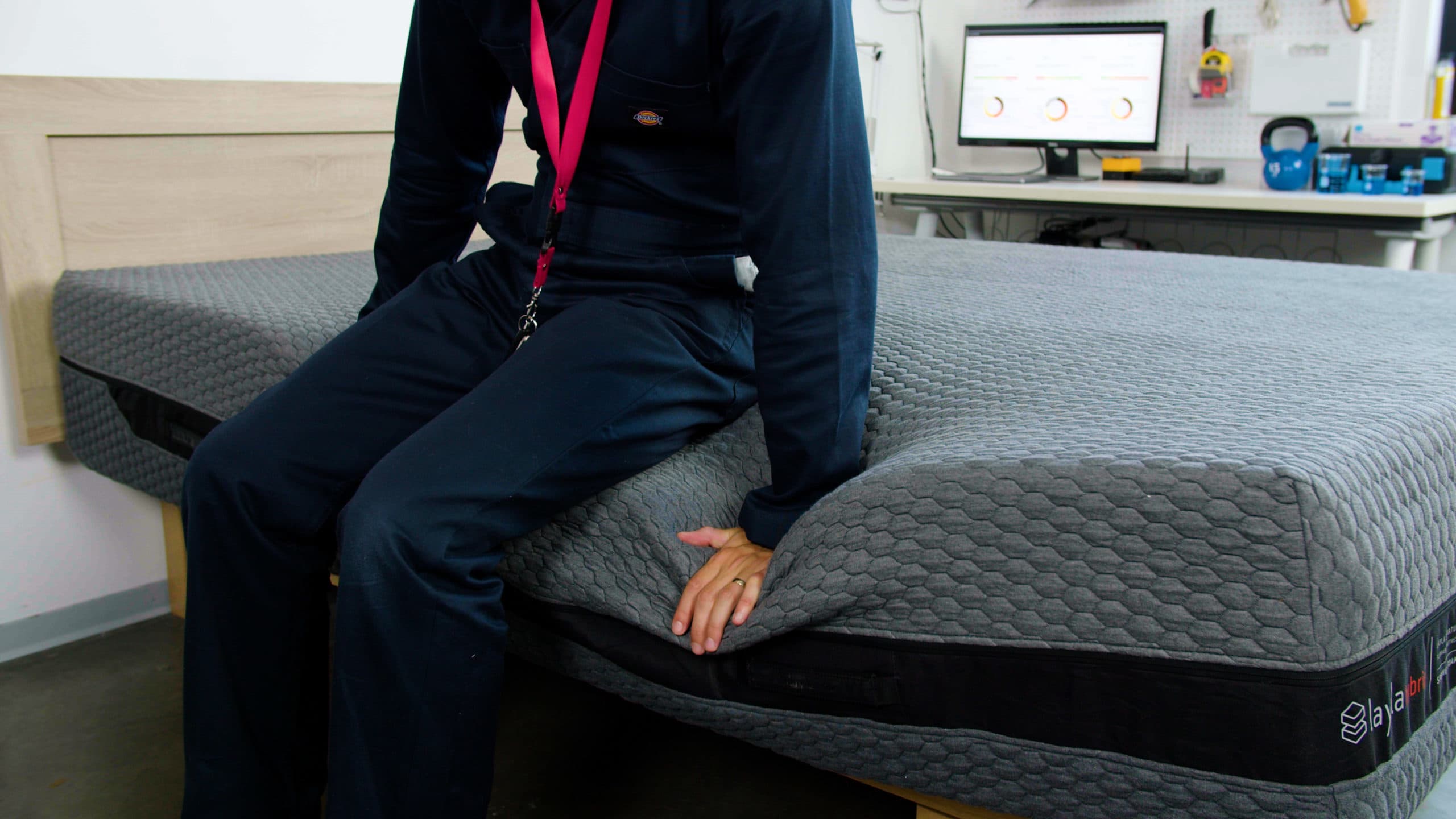
Ease of Movement
The soft side of the mattress has thicker memory foam and softer polyfoam, so it returns to its original shape more slowly when pressure is removed. This can inhibit movement to a certain extent, but it also provides traction.The firm side of the mattress has more bounce, so sleepers will find it easier to change positions. This side is less conforming so it does not restrict movement. This is beneficial for couples and combination sleepers.
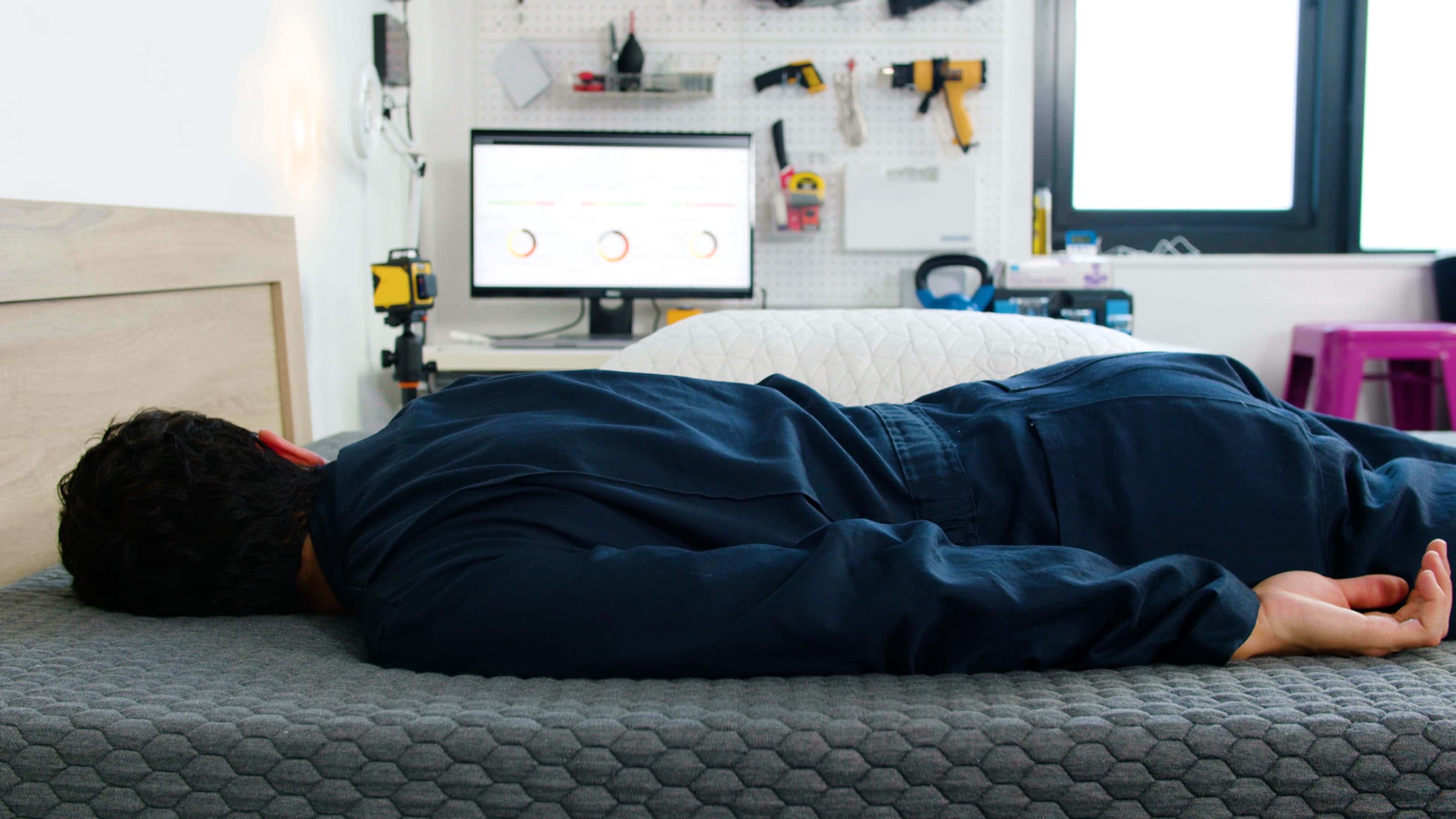
Durability
The Layla Hybrid is a relatively durable bed that should last at least seven to eight years thanks to its hybrid construction. While the polyfoam and less-durable memory foam used in the comfort layers deteriorate and lose support as they wear out, inner coils generally prove quite durable. The Layla Hybrid’s coils are about average thickness, and its foam isn’t high density, so it should perform about average for a hybrid bed.
Full Breakdown
I love the Layla Hybrid as our Best Mattress for Combination Sleepers because of its flippable construction. One side is medium soft (4), the other is firm (7), so you can choose the feel that matches your sleep habits. This versatile design adapts well if you switch positions often, or aren’t entirely sure which firmness you prefer.
How It Performed
Our testing team flipped the Layla Hybrid to evaluate both sides of the mattress. The medium soft (4) surface has a deeper cradle that worked well for me and our other side sleepers up to 230 pounds. This side is also ideal if you frequently feel pressure points in your shoulders or hips.
The firm (7) side offers more lift and support, which made it a better match for stomach and back sleepers—especially those over 230 pounds. Both sides use zoned transition layers that help with alignment, so I never felt like my hips were sinking too low, even when changing positions.
Inside the Mattress

Each side of the Layla Hybrid has a copper-infused memory foam comfort layer designed to relieve pressure and pull heat away from the body. Underneath that is a zoned polyfoam layer that reinforces heavier areas while keeping lighter zones cushioned. In the middle, a shared pocketed coil system provides bounce, airflow, and edge support—you can use the full surface without feeling like you’re going to roll off. A breathable, stretchy cover wraps the mattress and can be removed and machine-washed for cleaning.
Trial, Shipping & Warranty
Layla ships free of charge across the contiguous U.S. The Layla Hybrid comes with a 120-night sleep trial and a 10-year warranty against manufacturing defects.
Best Memory Foam Mattress
8.8 /10 Test Lab Score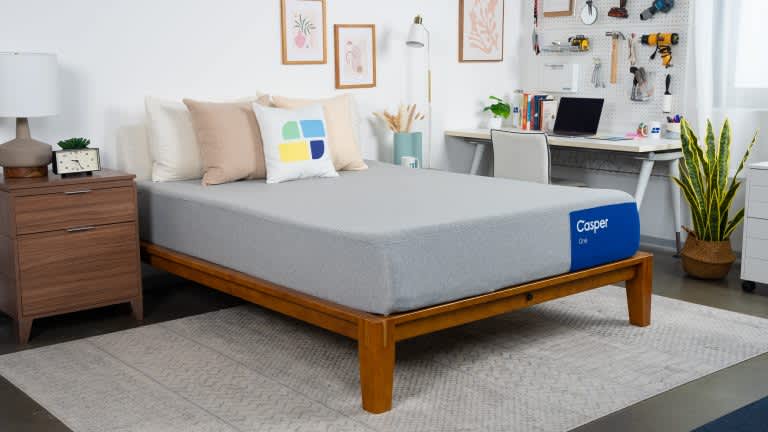
Casper One
A budget-friendly foam mattress that feels plush and adaptive.
Key Details
- Who It’s Best For: Due to its plush, adaptive feel, the Casper One is well suited to side sleepers up to 230 pounds who live with frequent back or hip pain and normally sleep hot on beds with memory foam layers.
- Feel: The Casper One is medium firm (6) with foam comfort layers that contour closely to the body and a dense foam base that helps stabilize the perimeter and sleep surface. This mattress is ideal for people who prefer deep cradling from their sleep surface.
- What It’s Made Of: The Casper One’s comfort system consists of a top layer of adaptive polyfoam, followed by transitional memory foam. A thick layer of high-density base polyfoam makes up the support system.
- What We Don’t Like: The Casper One may sink a bit along the perimeter, as base foam doesn’t provide the same level of edge support as the coils found in innerspring and hybrid mattresses. You may also notice some off-gassing odor from the foam layers that persists for a few nights after the mattress is unboxed.
- Why Choose the Casper One: The Casper One is a solid choice if you want to feel hugged by your mattress without sinking too much. Our tests show this mattress is a solid pick for most side sleepers, as well as back sleepers up to 230 pounds.
Scoring & Reviews
The following ratings show how suitable this mattress is for different sleeping positions and sleeper weights. These scores are determined by how well the mattress supports and relieves pressure for each sleeper type.
In addition to the hands-on feedback from our team, we conduct a number of quantitative tests in our Test Lab. The below ratings are based on the experience of our testers.
SELECT AN ICON TO VIEW DETAILS:
Motion Isolation
Motion isolation is one of the Casper One’s standout strengths. All three foam layers absorb movement well, so couples and co-sleepers shouldn’t notice any ripples of motion transfer when their sleep partner changes positions or gets up during the night.
Pressure Relief
The Casper One excels at pressure relief thanks to its adaptive top layer and cushy memory foam transitional layer. These materials hug the body, align the spine, and reduce pressure buildup in sensitive areas like the shoulders and hips – all while keeping your body on an even plane.
Temperature Control
The Casper One’s top layer consists of open-cell polyfoam, a material known for its airflow and breathability. This helps cut down on surface-level heat retention, as does the breathable knit cover, but you may still notice some heat buildup on this mattress.
Edge Support
Edge support for the Casper One is so-so. A base layer of high-density foam helps stabilize the mattress along the perimeter, but this material does not provide the same level of support as the steel coils found in hybrids and innersprings. You shouldn’t sink too much along the edges of the Casper One, but the perimeter doesn’t feel especially sturdy either.
Ease of Movement
Although the foam layers are adaptive, you probably won’t sink as much on the Casper One as you might on a softer all-foam mattress. The base layer provides a fair amount of pushback in response to movement.
Durability
The Casper One’s expected lifespan is six to seven years, which is about average for an all-foam model. Since this mattress is on the firmer side, it shouldn’t develop indentations as quickly as many of its softer competitors.
Full Breakdown
Frequent hip pain can interfere with a good night’s sleep, and your mattress can exacerbate this issue if it doesn’t provide enough midsection support. The Casper One strikes a comfy balance with a plush surface that conforms to your body and dense transitional and support layers to keep your body on an even plane. The below-average sticker price should also appeal to budget shoppers.
How It Performed
Our hands-on tests indicate the Casper One is soft and adaptive enough to accommodate side and back sleepers who weigh up to 230 pounds. Since the Casper One is medium firm (6), it won’t provide enough reinforcement for most stomach sleepers — especially those who weigh more than 230 pounds.
The foam comfort layers ensure superior motion isolation and pressure relief, as has been the case for other foam models we’ve tested, though this also means more limited edge support and a higher likelihood of feeling “stuck” in the mattress when getting into bed or changing sleep positions. While the foam layers may absorb some heat, the open-cell top layer and breathable cover help offset heat retention to keep you cool.
Inside the Mattress
The Casper One contains two comfort layers. The first is adaptive polyfoam that molds closely to your body, while the second is transitional memory foam to push back against your weight and keep you on an even plane while promoting even alignment and cushioning your sore spots. High-density base foam makes up the support core, and a knit cover encases the mattress.
Trial, Shipping, and Warranty
The Casper One’s sticker price is in line with industry averages, and Casper offers free ground shipping throughout the contiguous U.S. Your order includes a sleep trial that runs for 100 nights, giving you more than 3 months of testing time with the mattress in your own bedroom. If you decide to keep the Casper One, it’s further covered under a 10-year warranty against manufacturing defects.
Best Mattress for Couples
8.6 /10 Test Lab Score
DLX Premier Hybrid
Versatile hybrid with six differet firmness options.
Key Details
- Who It’s Best For: People who aren’t sure which firmness is best for them and couples with differing firmness preferences.
- Feel: Available in medium soft (4), medium firm (6), and firm (8) designs, as well as split-style options with any of these three firmness levels on each side.
- What It’s Made Of: Adaptive polyfoam layers encased in a Euro-top, followed by pocketed coils with perimeter reinforcement and high-density base foam.
- What We Don’t Like: Off-gassing odor can be overwhelming for the first 72 hours after the mattress is unboxed.
- Why Choose the DLX Premier Hybrid: The DLX Premier Hybrid showcases the balanced feel and above-average pressure relief our team loves about memory foam hybrids. A slew of firmness options makes the mattress a solid choice for couples – especially those who disagree on which surface feel is best.
Scoring & Reviews
The following ratings show how suitable this mattress is for different sleeping positions and sleeper weights. These scores are determined by how well the mattress supports and relieves pressure for each sleeper type.
In addition to the hands-on feedback from our team, we conduct a number of quantitative tests in our Test Lab. The below ratings are based on the experience of our testers.
SELECT AN ICON TO VIEW DETAILS:
Motion Isolation
The DLX Premier Hybrid tested pretty well for motion isolation. As a polyfoam hybrid, the foam comfort layers are gonna eat up a fair amount of motion transfer, but the coil support core won’t isolate motion as well as an all-foam base. Also the fact that the comfort layer is all polyfoam instead of memory foam contributes to this. Since this bed has three firmness options, it’s also important to consider that the softer the bed is, the better it will isolate motion.
Pressure Relief
With a hefty 4″ foam comfort layer, the DLX Premier Hybrid did a really good job easing pressure points across the body, particularly in the shoulders and hips. If you like that close-conforming mattress feel, this is a good option for you.
Temperature Control
This bed tested pretty well for temperature neutrality. We found that while the coils in the support core allows for a good amount of airflow, the foam in the comfort layers trap a good amount of body heat throughout the night.
Edge Support
This bed tested very well for edge support, with our testers find very little sinkage when applying weight to the edge of the mattress. This is due to the reinforced perimeter, where the coils on the edge are a bit thicker than those in the middle of the bed.Since this bed has three firmness options, it’s also important to consider that the firmer the bed is, the better edge support it will have.
Ease of Movement
Our testers, particularly the heavier ones, noticed a bit more resistance to move across the bed when performing our ease of movement tests. This comes as no surprise, since the foam comfort layers are pretty thick and conform close to the body.
Durability
The DLX Premier Hybrid mattress has better than average durability thanks to its construction. It has four foam layers (though density levels are just mediocre) and pocketed coil support. You might be able to extend the life of the mattress beyond seven or eight years by choosing the firmer option and going with the 8-inch coils (versus the 6-inch), which should help postpone sinkage.
Full Breakdown
The DLX Hybrid is available in three firmness levels, making it a versatile option for a wide range of sleeper types. If you and your partner disagree on which firmness level is best, you can select a split-surface design with a different feel on each half of the bed.
How It Performed
Our team found that each of the DLX Premier Hybrid’s firmness levels feel distinct. The medium soft (4) offers deep contouring and cushioning, the medium firm (6)—my personal favorite—provides a nice balance of plushness and support, and the firm (8) conforms very little with plenty of bounce. We recommend the split-firmness design if you and your partner have different preferences and needs.
Like many competing foam-on-coil mattresses, the DLX Premier Hybrid molds to your figure while pushing back against your weight as your body settles into the mattress. This helps ensure consistent pain and pressure relief. You’ll also notice some pushback from the coils, especially along the edges.
Inside the Mattress
The DLX Premier Hybrid begins with a layer of cooling viscose fibers, followed by three adaptive polyfoam layers—all encased in a sleek Euro-top cover. Depending on the design you choose, these layers may feel plush, firm, or somewhere in between. Pocketed coils and high-density base foam make up the support core. The perimeter coils are reinforced to prevent excessive sinkage when you lie along the edges of the mattress or get in and out of bed. Standard models measure 12 inches thick, but you can upgrade to a 14-inch design at no extra cost if you want more cushioning.
Trial, Shipping & Warranty
DLX ships the Premier Hybrid for free within the contiguous U.S. The company’s sleep trial runs for 120 nights with a 30-night break-in requirement before you can request a return. Should you decide to keep the mattress, it’s covered under a lifetime warranty against certain manufacturing defects.
Best Organic Mattress
8.8 /10 Test Lab Score
Birch Mattress
Latex hybrid with quality, zoned support for great alignment.
Key Details
- Who It’s Best For: The Birch offers light cushioning and sturdy support, so anyone who struggles with the deep cushioning of all-foam or foam hybrid mattresses is a great candidate for this latex hybrid model. Our tests show the Birch is particularly well suited to back and stomach sleepers.
- Feel: Latex is a naturally springy material that responds to movement with a strong bounce. Steel coils in the support core provide additional pushback. While the Birch is medium firm (6), this mattress doesn’t conform very closely to your body and maintains an even surface.
- What It’s Made Of: The Birch’s comfort system contains organic wool batting over a layer of responsive, natural Talalay latex. Pocketed coils with a reinforced perimeter make up the support core, and the cover is composed of breathable organic cotton.
- What We Don’t Like: Due to the Birch’s bouncy design, you may notice extra motion when your sleep partner moves in bed, and vice versa. This mattress also isn’t ideal for people who need close contouring and cushioning to sleep comfortably.
- Why Choose the Birch Mattress: The Birch is reasonably priced for a latex hybrid, especially given the eco-friendly materials used in its build. Other strengths include excellent cooling, strong edge support, and a longer-than-average lifespan thanks to the durable latex comfort layer.
Scoring & Reviews
The following ratings show how suitable this mattress is for different sleeping positions and sleeper weights. These scores are determined by how well the mattress supports and relieves pressure for each sleeper type.
In addition to the hands-on feedback from our team, we conduct a number of quantitative tests in our Test Lab. The below ratings are based on the experience of our testers.
SELECT AN ICON TO VIEW DETAILS:
Motion Isolation
The Birch Natural Mattress definitely has more bounce than contouring, which in our testing lab meant more motion transfer. Vibrations from movement on one part of the bed could be felt at least lightly on other parts of the bed. For most couples, a little motion transfer doesn’t create significant problems. But if you’re easily awoken during the night, you may encounter more sleep disruptions from your bed partner’s movement when sleeping on the Birch Natural Mattress
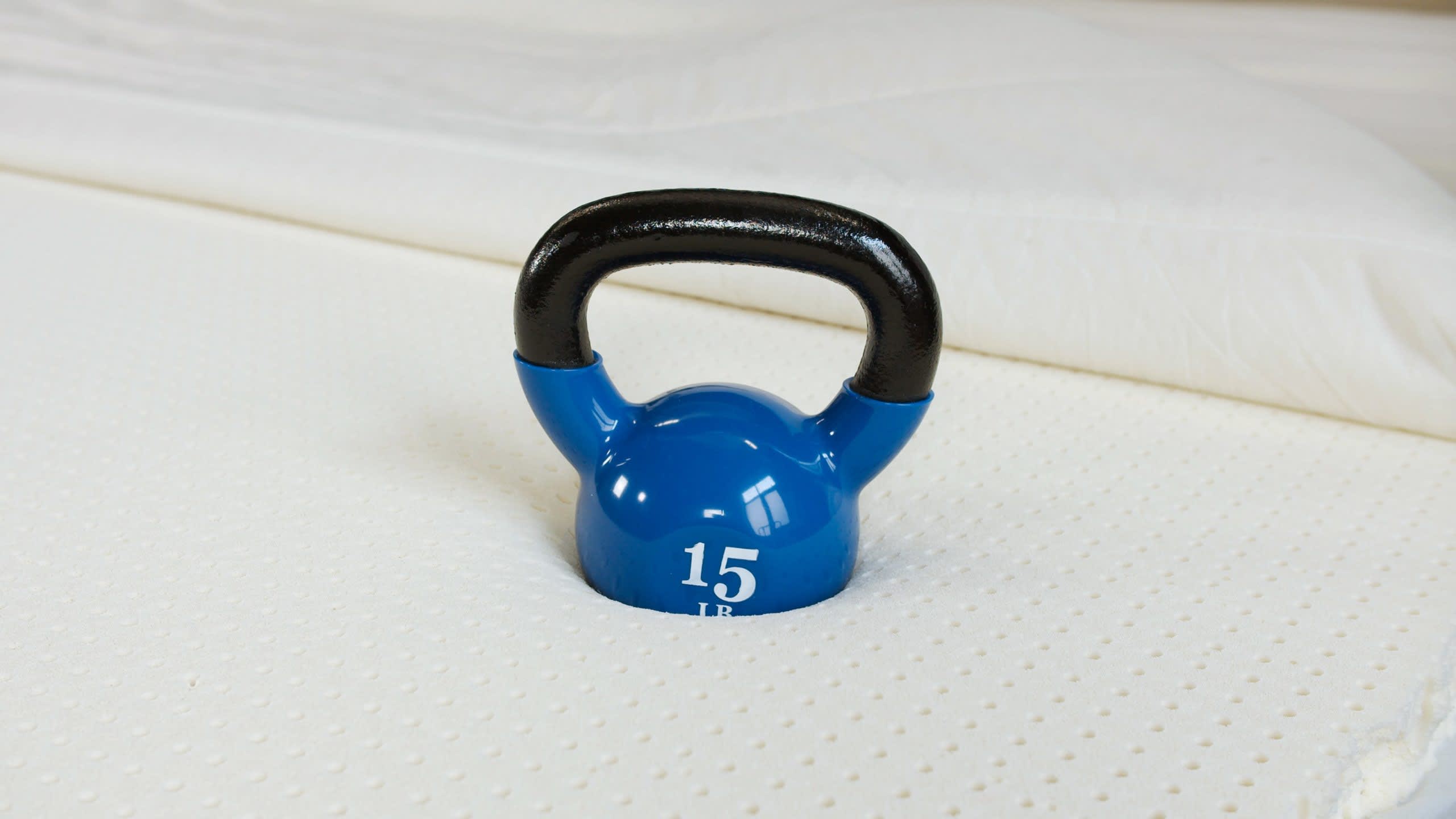
Pressure Relief
The Birch Natural Mattress offers effective pressure relief for many sleepers, but it may not be the top option for people who want deep contouring around their body.The wool and latex layers of the Birch Natural Mattress lightly cradle the joints and heavier parts of your body, but these materials do not hug you closely. In most cases, the cushioning from the latex is enough to relieve pressure, but it may be lacking in this category for people with very sharp pressure points.

Temperature Control
We found that the Birch Natural Mattress offers excellent temperature control. It has several components that promote cooling and temperature neutrality. Wool and cotton are highly breathable to wick away moisture and dissipate heat. Latex does not heat up the way foam does, and the coil support core promotes plenty of ventilation.The responsiveness of the mattress also keeps you from sinking in too far. As a result, airflow can reach your skin and help cool you down.

Edge Support
The Birch Natural Mattress offers solid edge support that comes from the bounciness of its materials and its thick layer of pocketed coils. The coils are reinforced around the perimeter to give the mattress a more stable feel when sitting or lying down near the edge.
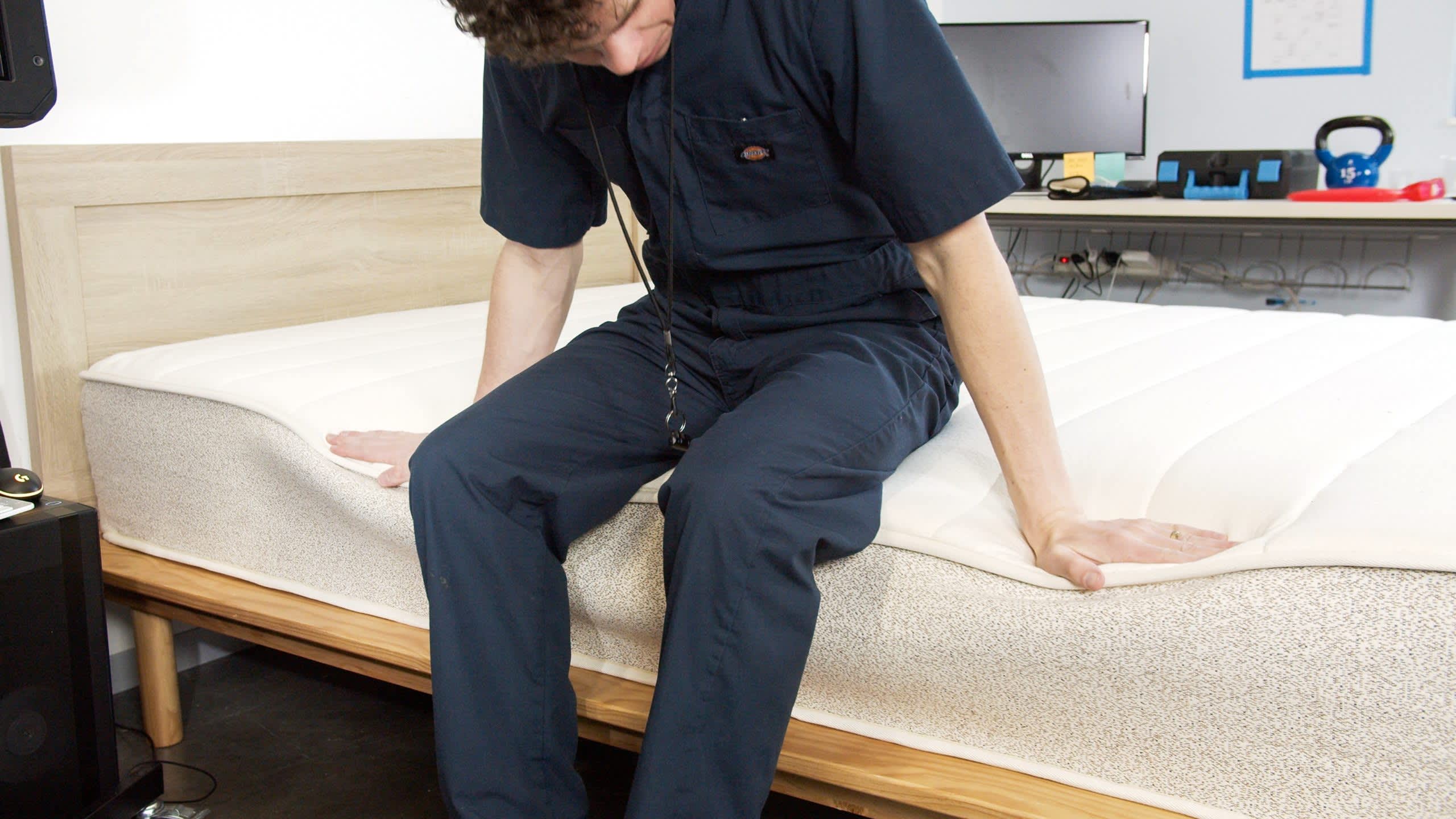
Ease of Movement
The Birch Natural Mattress keeps you from feeling stuck in one position. Our testers observed that, thanks to its responsive materials like latex and coils, you can easily adjust your sleeping position, roll over, or get up out of bed.The ease of movement on the Birch Natural Mattress makes it a good fit for combination sleepers and anyone else who prefers to feel like they are sleeping on top of the bed rather than “in” the bed.
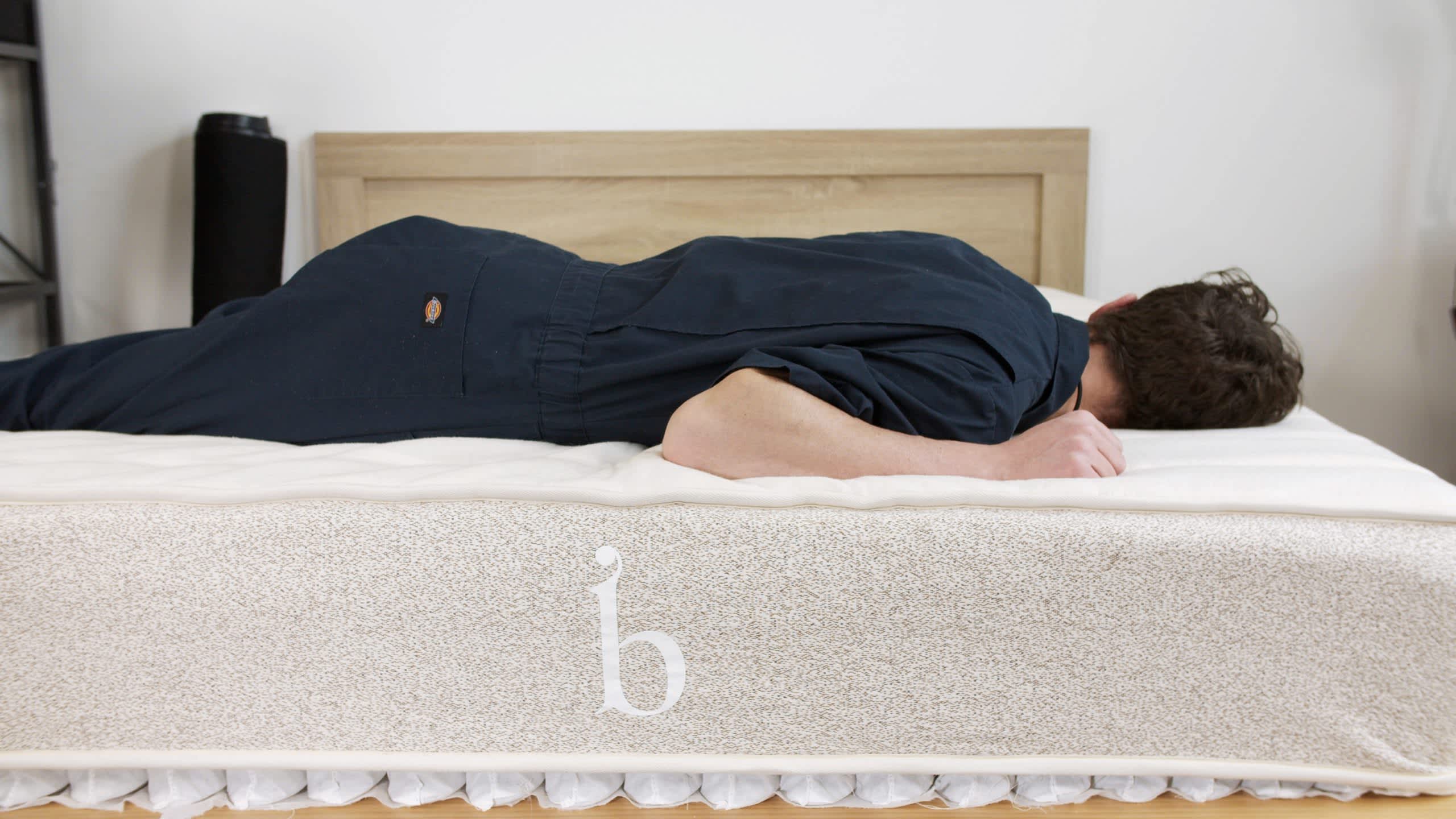
Durability
The Birch Mattress has a strong durability score thanks to its construction and natural materials. As a hybrid mattress, it combines individual pocketed metal coils in the support core with layers of Talalay latex and wool. Latex is a denser material than memory or polyfoam. That, along with the medium firm feel give this mattress more longevity up to eight or nine years.
Full Breakdown
If you’re looking for a mattress made with natural materials that doesn’t sacrifice performance, the Birch Mattress is a standout. We chose it as our Best Organic Mattress because it combines eco-conscious construction with strong support, pressure relief, and breathability. It uses natural latex, organic cotton, and wool, so it’s free from polyurethane foams and synthetic chemicals, but still holds its own against other hybrids in terms of durability and comfort.
How It Performed
I found the Birch’s medium firm (6) feel offers a nice mix of bounce, support, and light contouring. Side sleepers on our team weighing 130 pounds or more liked how it kept their hips and shoulders aligned without feeling too stiff, and back and stomach sleepers up to 230 pounds found it supportive without being rigid.
I also noticed how easy it was to move across the surface and change sleep positions—there’s plenty of responsiveness from the latex and coils. The Birch also stayed cool all night thanks to the breathable wool and latex layers.
Inside the Mattress
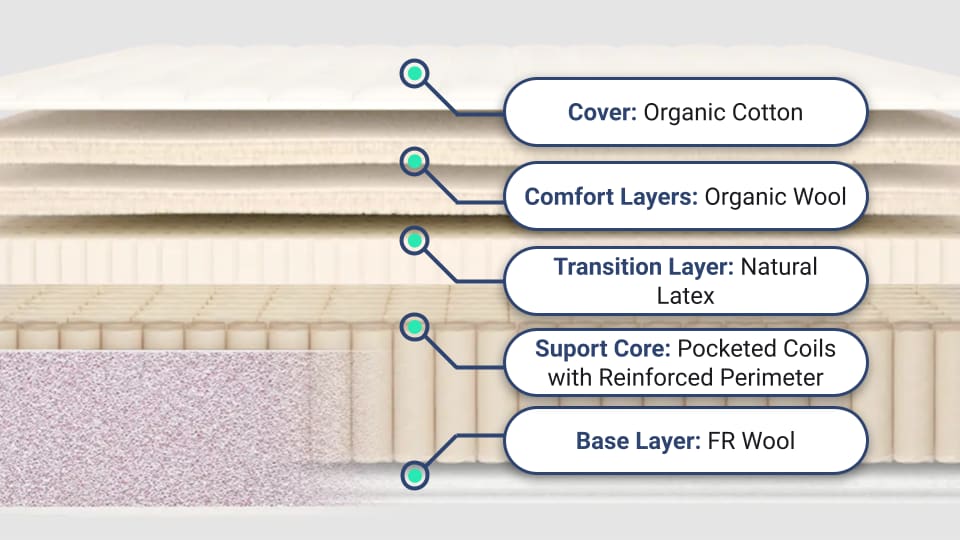
The Birch’s comfort system starts with wool batting that adds breathability and moisture-wicking right under the organic cotton cover. This material also serves as a natural fire barrier. Beneath that is a layer of natural Talalay latex, which feels springy and adaptive without the sink of memory foam. The support core is made of individually pocketed coils, with thicker springs around the edges for
added perimeter support. Underneath everything is a final layer of wool batting for extra stability and fire resistance—all without synthetic additives.
Trial, Shipping & Warranty
The Birch Mattress ships free of charge to shoppers in the contiguous U.S. Each order includes a 120-night sleep trial. If you decide to keep the mattress after the return period ends, it’s also covered under a lifetime warranty.
Best Mattresses of 2025 Video
Watch our video below to learn about our lab’s top mattress picks for 2025.
How to Choose the Right Mattress for You
When you’re trying to choose a mattress, things like brand reputation and build quality definitely matter, but at the end of the day, it comes down to you. Everyone sleeps differently, and no one-size-fits-all mattress exists (though some of these picks come close).
My team and I take this to heart when we test beds, which is why we look at how they perform for back, side, and stomach sleepers across all body types. Below, I’ll go through the things we recommend you consider when shopping for a mattress, but it’s ultimately you who is the best judge of what feels good.
Here’s my best piece of advice for mattress shopping: Test mattresses wherever you can. Try beds in stores, hotels, even friends’ houses. (Seriously—just ask! It’s only awkward if you make it.) A few minutes of real-world testing can give you a general sense of how different mattresses feel. I once overnighted on a friend’s hybrid guest bed, and that helped me realize I liked something firmer than I thought.
Mattress Types
Before we dive into brands and reviews, it helps to understand the different mattress types out there. Based on the descriptions below, you can start to get a feel for the type that most appeals to your preferences, as well as your body weight and sleeping position.
For me, finding my right fit comes down to balancing pressure relief, support, and firmness—enough to keep my spine aligned and prevent soreness. As such, I’ve had my best sleep on hybrid mattresses.
Foam Mattress
If you love the feeling of being cradled by your mattress, foam might be just the thing for you. These mattresses are made entirely of foam—usually memory foam or polyfoam—and they’re amazing for pressure relief and motion isolation.
I tend to toss and turn, and memory foam mattresses help reduce movement across the surface so I’m not waking myself (or anyone else) up all night. The downside? Foam can retain heat, so it might not be ideal if you’re a hot sleeper, unless you find one with built-in cooling tech.
Innerspring Mattress
This is the classic mattress you might have grown up sleeping on. Innerspring mattresses have a core of metal coils and sometimes a thin comfort layer on top. They’re highly breathable and offer great support with a bouncy, responsive feel.
If you like to feel like you’re more on the bed than in it—or you want something that sleeps cool—an innerspring could be your match. Personally, I like a little more cushioning, but for some people, especially those with heavier bodies, the firm feel is perfect.
Hybrid Mattress
Hybrid mattresses combine the best of both worlds: coils for support and latex or foam layers on top for comfort. This is what I sleep on now, and I love the balance it gives me: It’s supportive without being too firm, and soft without making me feel like I’m sinking.
Hybrids are great for just about any sleep style or body type, especially if you’re looking for a little bit of everything: pressure relief, airflow, bounce, and durability.
Latex Mattress
Latex mattresses are known for being durable, bouncy, and naturally breathable. They offer gentle contouring without that deep, sink-in feel you get from memory foam. If you sleep hot (like I do) or want something made from natural or organic materials, latex is a great option. Plus, this type tends to be hypoallergenic and resistant to dust mites and mold, and that’s a huge bonus if you’re sensitive to allergens.
Airbed Mattress
Not to be confused with the kind of inflatable air mattress you pull out of a box for guests or drag into a tent on camping trips, airbeds have adjustable air chambers inside that let you customize the firmness level. Some even let you and your partner set different firmness levels on each side. These can be pricey, but if you want full control over your comfort (or have chronic pain or medical conditions), airbeds are worth considering.
Firmness Level
Firmness is one of the first things you’ll notice when you lie down on a mattress, and it’s also one of the most personal. It refers to how soft or firm the mattress feels under your body, and finding the right level is key to comfort and spinal alignment.
We measure mattress firmness on a 10-point scale, where 1 is the softest, and 10 is the firmest. To find your ideal firmness, take into account your sleep position, body weight, and personal preferences, which I’ve laid out below.
Sleeping Position
One of the most important things I learned—both from testing mattresses and from dealing with my own sleepless nights—is that your sleep position plays a huge role in choosing the right mattress for you, as it helps determine where your body needs the most support.
Side Sleepers
If you sleep on your side like I do, you want a balance of comfort and support. You’ll want a mattress that cushions your shoulders and hips—pressure points that bear the most weight in this position—without letting you sink so far that it throws your spine out of alignment.
I’ve found that medium (5) mattresses usually strike the right balance for side sleepers like myself (I’m 180 pounds), especially when they include memory foam or a plush comfort layer that molds gently to the body.
Back Sleepers
If you sleep on your back, support is everything. You’ll need a mattress that keeps your spine aligned by supporting your lower back without feeling too stiff. Medium-firm (6) models usually do the trick: They’re firm enough to prevent sinkage under your hips but still provide some cushioning for comfort. I also recommend beds that offer added lumbar support or zoned construction for back sleepers.
Stomach Sleepers
Stomach sleeping is the trickiest position: It puts your spine in a vulnerable position, so you need a mattress that keeps your hips from sinking too far. A firmer feel is key here.
I’ve tested quite a few beds that felt amazing for side or back sleeping, but just didn’t cut it for stomach sleepers. If this is your go-to position, stick with something supportive and firm (7 to 9), like an innerspring or a firmer hybrid.
Body Weight
Your body weight plays a big role in how a mattress feels and performs. What feels soft to a lighter sleeper might feel overly firm to someone heavier, and vice versa.
Heavier individuals tend to sink deeper into the mattress, so they often need firmer support to keep their spine aligned and prevent sagging. On the flip side, lighter sleepers may not compress the comfort layers as much, so they typically do better with soft mattresses that provide adequate cushioning.
As a general guideline, we’ve put together the following table, based on a decade of testing results with team members of a variety of body types.
| Weight | Firmness Recommendation | Firmness Scale Rating |
|---|---|---|
| Under 130 pounds | Soft to medium mattress | 3 to 5 |
| 130 to 230 pounds | Medium to medium-firm mattress | 5 to 6 |
| Over 230 pounds | Firm mattress | 7 to 8 |
Mattress Sizes
What mattress size should you get? If you’re not sure, use this chart to compare dimensions and see who each size is best for.
| Size | Dimensions | Who It’s Good For |
|---|---|---|
| Twin | 38” x 75” | Solo sleepers or kids, especially in smaller spaces |
| Twin XL | 38” x 80” | Taller teens or adults |
| Full | 54” x 75” | Sleepers who want more room |
| Queen (most popular mattress size) | 60” x 80” | Couples |
| King | 76” x 80” | Couples who want more personal space or if pets or kids share the bed |
| California King | 72” x 84” | Taller sleepers |
| Split King | Two Twin XLs (38” x 80” for a total of 76” x 80”) | Couples with different sleep preferences |
Personal Preferences
We all sleep differently—and that’s OK! Don’t worry that your quirks or particular challenges will make buying a new mattress too hard; there’s something for everyone out there. Here’s what I’ve learned to look for from testing beds.
Are You a Hot Sleeper?
If you often wake up sweaty or kick off the covers in the middle of the night, you’re probably a hot sleeper. Look for mattresses with cooling features like gel-infused foam, breathable covers, or coil systems that allow air to flow through the bed. I’ve found that hybrids and latex mattresses usually sleep cooler than all-foam beds, but the right materials can make a big difference no matter the type.
Is There Anyone Else in Your Bed?
Sharing a bed—whether with a partner, a pet, or a toddler who occasionally sneaks in—means you’ll want to pay extra attention to motion isolation and space. Foam mattresses tend to absorb movement better, which helps if one of you tosses and turns. And if you’re both light sleepers, opt for a larger size (at least a queen, maybe a king), so you’re not bumping elbows at 2 a.m.
Do You Have Any Aches or Pain?
Whether it’s back pain, shoulder stiffness, or a cranky hip, the right mattress can either help you feel better or make things worse. Pay attention to pressure relief and support—that means a mattress that cushions your sore spots but still keeps your spine straight. From personal experience with back pain, this often comes down to finding the right firmness level for your sleep position and body type.
“The right mattress will not cure pain, but it can be a daily ally in reducing strain and help you recover,” says Dr. Lulu Guo, MD. “Chronic pain can also flare from overheating, so finding a mattress that regulates temperature well is important. Side sleepers can consider less firm mattresses to help with shoulder and hip pressure. Back and stomach sleepers should consider firmer mattresses to help with spinal alignment.”
Do You Have Mobility Limitations?
If getting in and out of bed or changing positions is challenging, you’ll want a mattress that makes movement easier, not harder. Firmer beds and those with responsive materials (like latex or steel coils) tend to provide more support and bounce, so you don’t feel stuck in one spot.
I’ve found that edge support matters, too. A sturdy perimeter can make sitting down or standing up feel a lot more stable.
Are Organic Materials a Priority?
If natural, non-toxic materials are a priority for you, look for beds made with certified organic materials like latex, cotton, or wool. There are more eco-conscious brands than ever now, and many offer GOTS or GOLS certifications so you know they’re legit.
I love that these beds often have fewer synthetic smells and are a more sustainable choice—a bonus if you’re sensitive to chemicals or just like to keep things natural.
Are You Sensitive to Smells?
Some mattresses—especially all-foam, mattress-in-a-box options—can off-gas when they’re first unboxed. If you’re sensitive to chemical smells (like I am), this can be a dealbreaker.
Latex mattresses and beds made with organic materials tend to have much less off-gassing. And if you’re buying a bed in a box, look for ones that are CertiPUR-US certified. It means they’re made without harmful chemicals and should air out more quickly.
Do You Prefer a Specific Mattress Brand?
Brand loyalty is real, especially if you’ve had a great experience in the past. That said, don’t be afraid to branch out if your go-to brand isn’t meeting your current needs.
Mattress companies evolve, and what worked for you five years ago might not be the best match today. I’ve found some of my favorite beds by trying something totally new. I always recommend focusing on your specific needs first and going from there.
Your Budget
Think about how much you’re comfortable spending, but also what kind of features you’re hoping for—materials like latex or advanced cooling tech usually come with a higher price tag.
From my testing experience, I’ve found that you don’t have to spend a fortune to get great sleep, especially if you take advantage of holiday sales or bundle deals.
Mattress Sales
Mattress prices are notoriously dynamic, especially if you’re buying online. I’ve seen some really high-quality mattresses go on sale for hundreds off—sometimes even 50 percent less than the list price.
The biggest mattress sales usually happen around holidays like Presidents’ Day, Memorial Day, Labor Day, Black Friday, and Cyber Monday. I always tell people: If you can wait, do. Patience could save you serious cash.
Quality Materials
Even if you’re on a budget, it pays to prioritize materials that will hold up over time. I learned the hard way that cheaper foam can break down quickly and start to sag. Look for CertiPUR-US certified foams, solid coils in hybrid models, and—if your budget allows—latex, which is super durable and naturally breathable. Investing a bit more upfront can save you from having to replace your mattress too soon.
Mattress Policies
Some of the best value you can get with your mattress purchase has nothing to do with the actual mattress, rather, it’s in the policies that come with it. I always look for free shipping, a risk-free sleep trial (ideally 100 nights or more), and an easy return policy. A generous warranty is a nice bonus, too.
I once returned a mattress after 45 days because it just wasn’t working for me, and because the return was easy and totally free, it made trying it a no-brainer. These policies are especially helpful if you’re buying a mattress online and can’t try it in person first.
Other Considerations
While they may not be at the top of your priority list, here are some other factors you may want to consider when shopping for a new mattress:
- Mattress durability and lifespan
- Maintenance
- Responsiveness
- Noise
- Bounce
What I’m Sleeping On
When my wife and I are in between mattress testing sessions, our go-to is the WinkBed. We’ve been sleeping on their softest model for three years, and we love it! It’s the perfect intersection of cushioning, back and hip support, price, and durability. The comfort you’ll get at this price is unbeatable.
That said, if I were in the market today, I would buy the Helix Midnight Luxe. It’s what I tell my friends and family to get, and it’s a perfect middle ground firmness for my wife and I. (She prefers soft, I prefer medium-firm.) The Luxe somehow offers her the pressure relief she needs while also meeting my expectations for stability and lower back support.
How We Test: Your Comfort Is Our Science
When we test mattresses, we’re not just flopping down on them for a couple of minutes. In our Seattle-based Test Lab, we use an objective, hands-on process to evaluate mattresses, and we’ve used that process to test nearly 2,000 mattresses in the last decade.
Our industry-leading product testing team cares deeply about improving your sleep. Since a bed’s comfort and feel depend largely on your body weight and sleeping position, our team represents a wide range of body types, sleep positions, and comfort preferences.
During our testing, we draw on multiple sources of information that each enhance our overall perspective.
Construction analysis: Drawing from our mattress database, we look at each layer of a mattress to determine how it contributes to overall feel and performance. We select the top-rated beds and put them through the paces with our lab and field tests.
Hands-on product testing: During in-lab testing, we evaluated 35 of our highest performing beds across seven tests to measure performance in categories like motion isolation, pressure relief, and temperature regulation. The body diversity among our testing team allows us to understand how each bed suits different profiles.
Field testing: From there, we sent the 16 best beds home with different members of our testing team (including yours truly) to sleep on for two weeks to gauge how they performed in our own bedrooms. Each field tester then provided a detailed analysis of what it’s like to sleep on each bed.
User reviews: At the same time, we collected data from more than 41,000 verified customer reviews to determine whether our team’s findings matched real-world experiences. We drew insight from these reviews to identify problem areas, fine-tune our ratings, and better understand how each bed holds up over time.
How We Determine Our Overall Scores
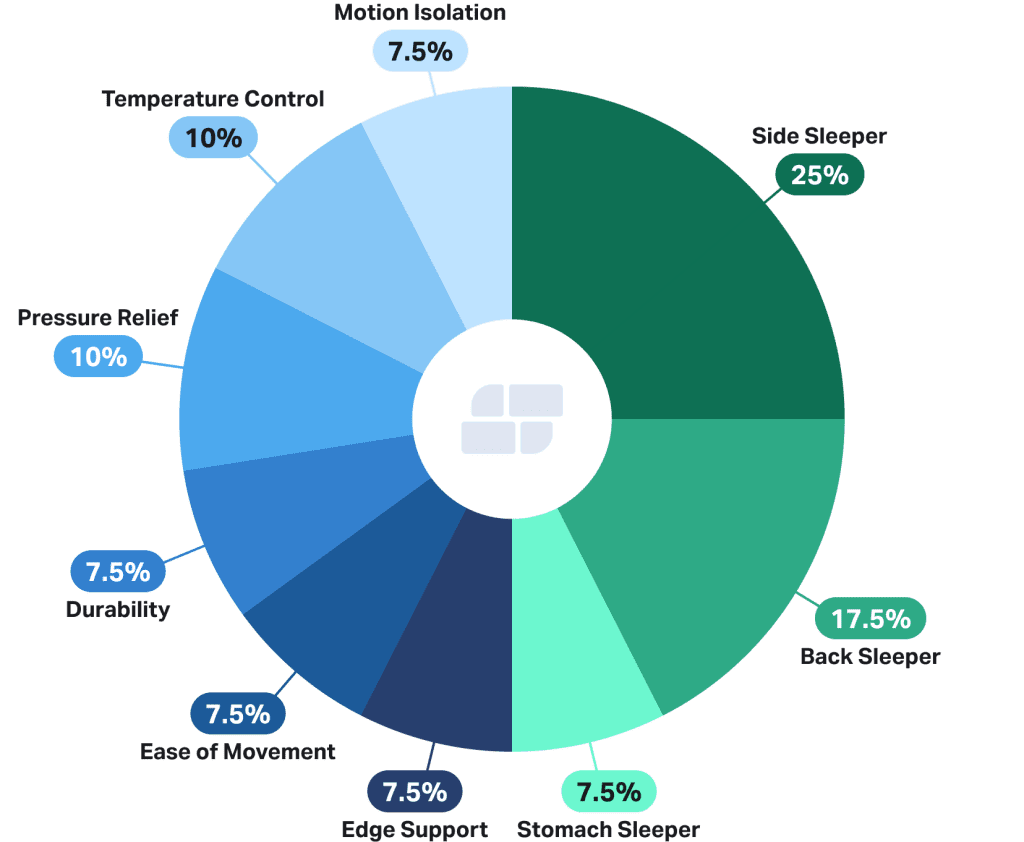
When you look at our mattress reviews, you’ll see ratings for six key categories. Not every performance category is equally important to your overall satisfaction with a mattress, so we give some categories greater weight when determining an overall score. Here’s a quick breakdown of the categories and why they’re important.
Performance Categories
Motion Isolation
This is how much vibration a mattress absorbs when someone moves on its surface. We measure this with a vibrometer, and the results help determine whether you’ll be woken up when your bed partner rolls over or gets in or out of bed.
Temperature Control
No one wants to wake up clammy and hot, so we perform temperature tests with a heat gun to see how much a mattress heats up and how quickly any built-up heat dissipates.
Pressure Relief
Pressure relief is particularly important for people with chronic pain, but it’s also an essential factor for side sleepers and heavier people. We use pressure mapping technology that shows just how much impact occurs around the heavier parts of the body.
Edge Support
Mattresses with strong edge support provide a more dependable and reliable sleep surface. We perform tests measuring how much the edges sink when you sit or lie down near the perimeter and how long it takes for the edge to return to its original shape.
Ease of Movement
This category reflects how easy it is to move on the bed’s surface. Materials like latex tend to get higher scores for ease of movement. As with testing edge support, we use kettlebells to determine how deeply a mattress compresses and how quickly it bounces back.
Durability
Durability refers to how well a mattress withstands wear and tear over time. We review each bed’s construction specs to estimate its overall lifespan based on firmness and individual layers, and also measure tangible qualities related to longevity such as how closely the surface contours, whether the edges feel stable, and how much pushback we feel in response to movement.
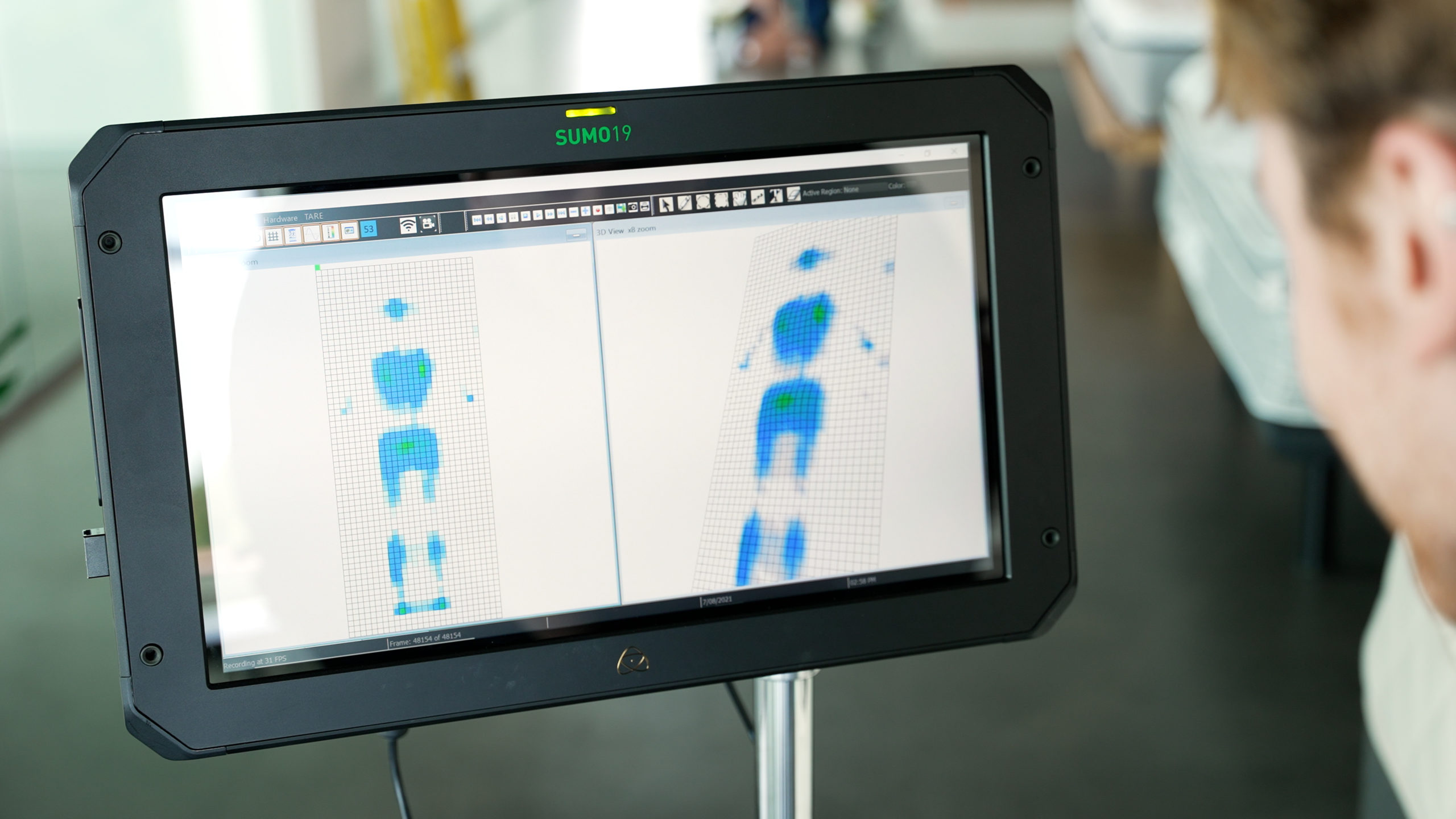
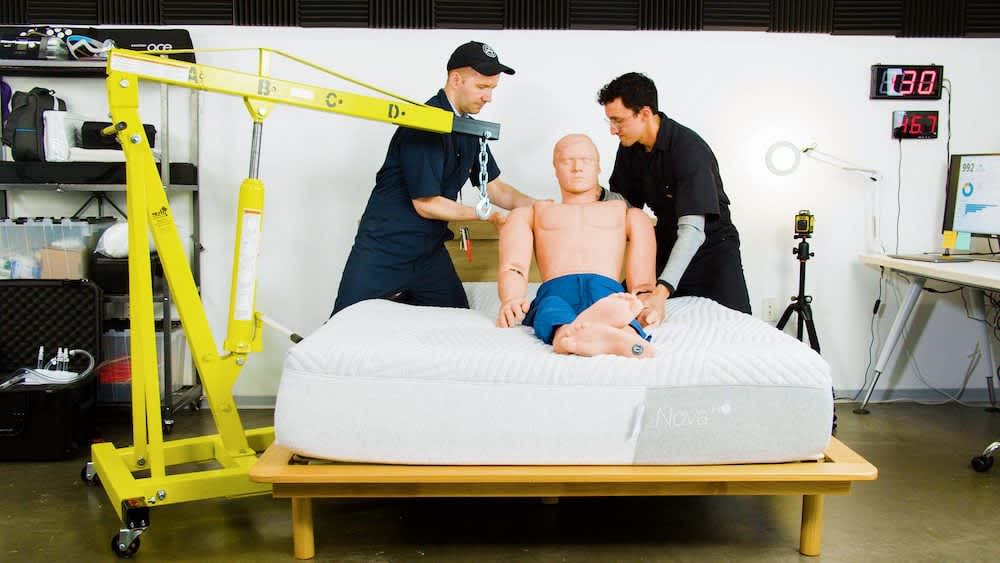
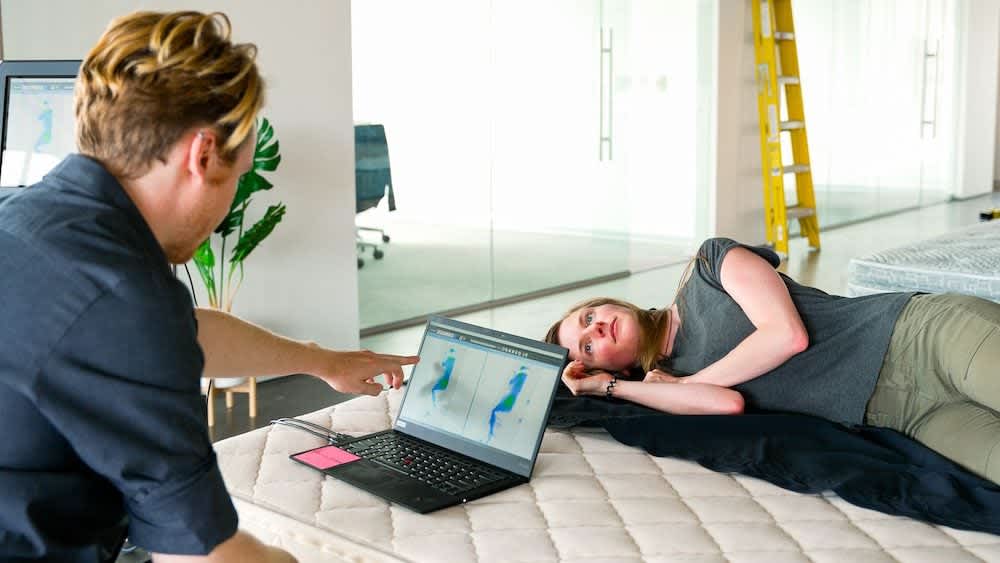
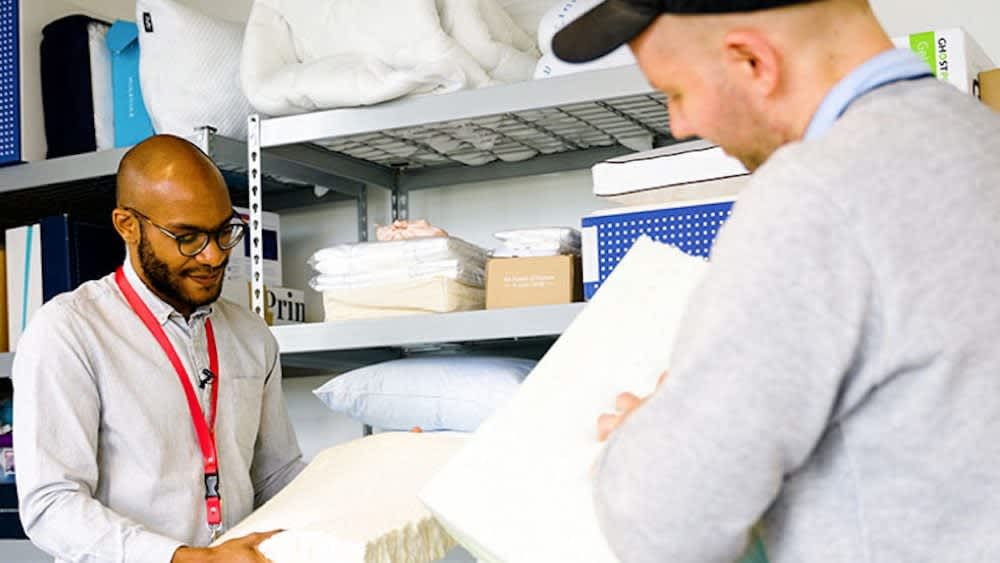
More Mattress Guides
Still haven’t found your perfect mattress? For more help deciding which mattress is right for your specific needs, check out the guides below.
Best Mattress by Firmness Level
Best Mattress by Sleeper Type
Frequently Asked Questions
Why should I buy a new mattress?
The reasoning for buying a new mattress varies from person to person, but we’ve typically found that people buy a new bed when their old bed starts to sag or generally feel uncomfortable, or you start to wake up feeling stiff or sore.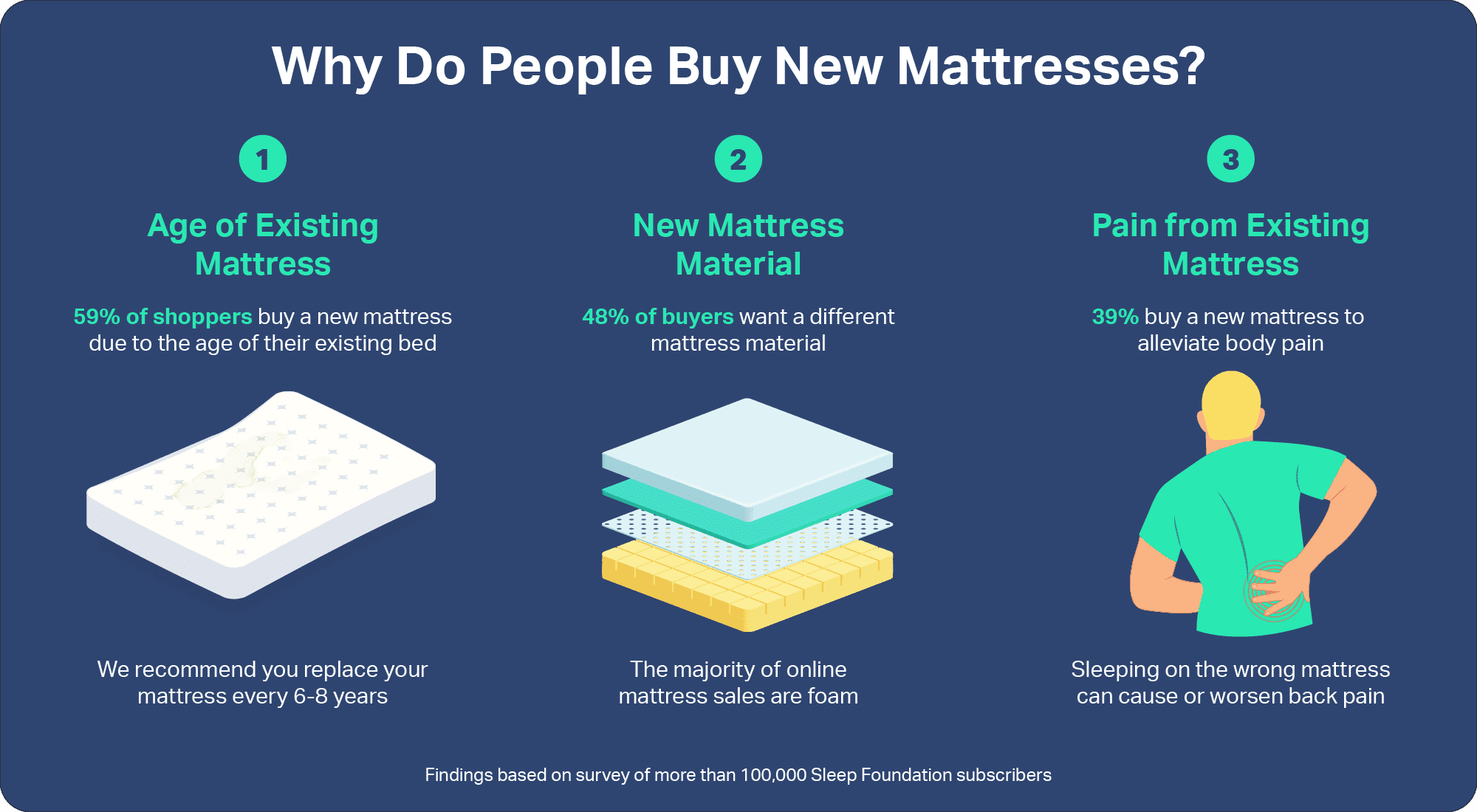
Should I buy a mattress online or at a store?
There are pros and cons for buying a mattress online or visiting a mattress store to make your purchase. Online shopping gives you the freedom of completing your order with a few mouse clicks from the comfort of your own home, and mattresses sold online tend to be cheaper than their in-store counterparts. However, if you aren’t sure which mattress is best for you, store employees can field your questions and let you lie down on different beds.
When do I need to replace my mattress?
The average mattress has a lifespan of six to seven years. You should consider replacing your mattress if it’s nearing this benchmark, or earlier if you notice deep impressions in the surface, a sagging support core, or other signs of wear and tear. If your mattress is close to retirement but you aren’t ready to invest in a new model, a high-quality mattress topper can make your bed’s surface more comfortable and extend its lifespan by at least a few months.
What mattress types are most comfortable?
Whether or not you find a mattress comfortable depends on factors like your body shape and preferred sleeping position. For example, a back sleeper who weighs over 230 pounds will usually prefer a significantly firmer mattress than someone who weighs less than 130 pounds and sleeps on their side.
Mattresses can also feel comfortable in the short term but uncomfortable after several hours or even days, making it difficult to choose the right mattress without sleeping on it. It’s helpful to choose a mattress with a sleep trial, as these allow you to double-check that your new bed is comfortable before committing to the purchase.
When’s the best time to buy a new mattress?
The best time to buy a mattress is typically during major holiday sales, when retailers offer deep discounts and bundle deals. Presidents’ Day, Memorial Day, Labor Day, and Black Friday are some of the biggest mattress sale weekends of the year. Many companies also run promotions during New Year’s and back-to-school seasons, especially for mattresses in a box or dorm-friendly models.
If you’re not in a rush, waiting for these events can help you save significantly—especially on higher-end models or when shopping in-store. However, many online brands offer ongoing deals year-round, so it’s worth watching for flash sales or signing up for email alerts.
How much should I spend on a mattress?
A good mattress is an investment in better sleep and long-term health, but how much you should spend depends on your budget and what features matter most to you. For most people, $800 to $1,500 is the sweet spot for a quality queen-size mattress with good support, durability, and comfort.
Budget mattresses under $500 may work well for guest rooms or short-term use, but often lack long-term support or pressure relief. Luxury or specialty models, like those with advanced cooling or zoned support, can cost $2,000 or more. Think about your sleep style, materials you prefer (like memory foam vs. latex), and any specific needs like back pain or temperature regulation when setting your budget.
Is hybrid or memory foam better?
There’s no one-size-fits-all answer—it depends on your sleep preferences and body type. Memory foam mattresses are known for their contouring feel, which hugs the body and relieves pressure points. They’re especially popular with side sleepers and people with joint or back pain. However, they can retain heat and may feel too soft or “sinking” for some.
Hybrid mattresses, on the other hand, combine foam comfort layers with a coil-based support system. This gives you more bounce, better airflow, and stronger edge support—making hybrids a great option for hot sleepers, combination sleepers, or anyone who prefers a balance of comfort and responsiveness.
What is the best mattress for back pain?
The best mattress for back pain will depend on a few factors, like targeted support, where your pain is, and your preferred firmness. However, our favorite option is the WinkBed, an innerspring model with multiple firmness options that’s made from zoned pocketed coils and thicker springs around the edge of the bed. Most models have an adaptive polyfoam surface layer for optimal pressure relief, too.

Still have questions? Ask our community!
Join our Sleep Care Community — a trusted hub of product specialists, sleep health professionals, and people just like you. Whether you’re searching for the perfect mattress or need expert sleep advice, we’ve got you covered. Get personalized guidance from the experts who know sleep best.




